Croatia Part 2: From Zadar to Split
Of Sea Organs, Long Islands and Palaces (8)
After a six-hour-catamaran ride we arrived in the middle of the old district of Zadar, situated on a peninsula. On the way to our accommodation we already passed the touristic highlight of Zadar – an artistic installation called Sea Organ, created by architect Nikolas Bašić and built as part of the modernization of the waterfront. The Sea Organ captures the sound of the waves and turns it into music, definitely an experimental instrument. It consists of a series of 35 tubes and a large resonating cavity, which is played by the wind and the sea. The large steps leading into the water invite the pedestrians to rest and listen to the melancholic music.
Sightseeing with fully loaded bikes isn't that much fun, so we went straight to our accommodation and started putting all our bags and the bicycles into the cramped elevator. In those moments, we definitely miss outdoor camping. In the evening, we discovered the old town of Zadar, which is surprisingly low-key and not that touristic compared to Split and Dubrovnik. We enjoyed a craft beer and started talking to an American tourist stuck in Croatia. She wasn't that unhappy about the situation and not very keen on returning back to the States. We returned to the Sea Organ, right on time for the sunset. According to Alfred Hitchcock, Zadar is home to the world's best sunsets and the esplanade was crowded with tourists and locals alike. Well, sunsets happen quite often, but the seaview accompanied by the mournful sound of the Sea Organ was magical and soothing and it is indeed a nice sunset.
Dugi Otok, the long island
After one night in Zadar, we finally made it to our first island: Dugi Otok (long island). We didn’t have the best memories with its namesake in the Andamans, but that is a different story. This long island was definitely worth visiting. If only for the famous Sakarun Beach with white sand surrounded by Mediterranean pine trees and Caribbean blue and crystal-clear waters. Finally, a perfect sandy beach in Croatia. So beautiful, that we decided to spend another day here. From Sakarun Beach in the northwest of the island we cycled all the 45 km down to the south and crossed many hills. There was not much infrastructure anywhere and it was hard to find a restaurant or a supermarket. The road provided spectacular views down to the sea. There were also some hidden beaches on the coast, but it was too hard to get to them with our bicycles.
The real highlight though followed in the south of Dugi Otok and we fell in love with the laid-back atmosphere of Sali,the island’s biggest town. Contrary to the rest of the island, there was actually some infrastructure here with a police station, three restaurants, a coffeeshop, two bakeries, a supermarket and a boutique with island specialties.
At the same time, it was not that developed and we mainly saw locals spending their summer afternoons at the “beach”. Together with our apartment with seaview this was the perfect combination to work on our website in the morning and to go swimming in the afternoon. We only stayed three nights, but looking back it felt longer, it was that relaxing. We definitely liked Dugi Otok and we can highly recommend Sali to everyone looking for some tranquil days in a small fishing town with a lot of local charm. There is no sandy beach though, but instead many possibilities for excursions.
During our stay in Sali we also visited the Nationalpark of Telašćica on the southern end of Dugi Otok. We cycled on the gravel road along a stunning bay until the Mir Lake. The lake is only about 10 m deep and the water is fed by the sea that seeps in through underground cracks. The landscape of the park is breathtaking and the colors intense. We enjoyed climbing on the high cliffs which offered views over the Mir Lake and the ocean at the same time.
Happy Island Hopping
We grew very fond of Dugi Otok, but after six days it was time to say goodbye. We took the ferry back to Zadar, cycled to another port and crossed over to Uglian Island. After a two day-break we were eager to get back on the saddle. We followed a nice coastal road on Uglian. The island is densely populated, but still calm. It is a popular weekend escape from Zadar, given its proximity and the name of the main town Preko, also just means “opposite”, opposite of Zadar.
From Uglian we crossed a bridge over to Pasman Island, our third island of the day and by now it was time to find a camping spot. We were looking forward to sleep in the tent again but it is not that simple to find a decent camping spot in Croatia. There are not that many flat areas and most side roads end up at a farm. But this evening we found an ideal location directly on the ocean and there was no one around.
We used our hobo stove the first time to prepare our dinner and if you are wondering what we usually cook outdoors, well there it is: We always carry the basics with us, such as Rice, Pasta, Couscous, sometimes Quinoa, Pesto, Tomato Sauce, Coconut Milk, Soy Sauce, Olive Oil and then we add seasonal vegetables and fruits, bread, cheese, yoghurt and more. Even though Dario usually eats meat, we cook vegetarian when camping. We also make sure to always have a variety of spices with us such as salt, pepper, chili, oregano, ras-el-hanout, different curries and cinnamon. And we also have something sweet with us when we get hangry on the road. Especially Dates have been very useful during those hot days as they contain lots of sugar and give you energy right away.
Wine & Wind along the Croatian Coast
A car ferry brought us back from Pasman Island to the mainland. We passed by the biggest lake of Croatia, Vransko Jezero, and then cycled along the Croatian Coast towards Šibenik and Split. The coastal road is normally packed with cars during summertime, but this year, it was remarkably quiet. We faced another problem instead – a strong headwind confronted us the next days. Cycling against the wind feels like a big struggle while you’re not making any progress and this is very frustrating and exhausting.
No surprise, we only arrived in Šibenik in the evening. Originally, we just wanted to spend a couple of hours in the city and then head out to camp somewhere. We sat down for a beer and looked around and decided to spend the night in the city instead and quickly found an apartment on the 1st floor where we could even take our bicycles inside. After a quick shower we were back on the streets exploring Šibenik and it was definitely the right decision to stay for the evening.
It was already dark, but it was such a pleasure to discover the street of this old city. There was a church on every corner in the historic district and we found a peaceful monastery garden. The squares were full of life with restaurants and bars. And just behind our apartment was the famous cathedral, UNESCO World Heritage and entirely built of stone. Around the cathedral we spotted a number of heads in high relief. According to a legend, they were made based on faces of the citizens of Šibenik.
Unfortunately, the wind was still there the next day and so strong that even driving downhill was tiresome. We made a quick stop at the beach in Primošten and with tired legs we cycled uphill again, when a man started waving and yelling at us that we urgently need to stop. We were cycling so slow, we couldn’t just ignore him. This is how we met Mr. Babić, a very joyful and enthusiastic local, selling home-made wine at the roadside. He built what he named a VIP-Deluxe-Café, that consisted of a wooden bench underneath a bush. He was determined to make every long-distance cyclist stop and drink a glass of wine. We happily complied and sat down with him.
He told us, that there fewer cyclists passing by this year compared to the previous years. His German language skills were excellent as he used to live in Switzerland for a longer time period. He praised the beauty of Neuchâtel and we praised Croatia. We got along very well like that and as we assumed he didn’t accept any payment for the wine. He insisted we should drink some more glasses, but that wouldn’t have been the best idea given the temperature and the distance ahead. We bought a bottle instead.
In the afternoon we tried to avoid an uphill drive and opted for a shortcut along the ocean, that looked more like a walking path, but still traversable (somehow). We plan our cycling routes with physical maps and the App Komoot and checked out this small road on the App and it looked manageable, at least for the first part. According to our experience, the first appearance can be deceptive and this time it wouldn’t be any different…
We reached the main road after two long hours with scratched legs and shoes covered in mud, but still smiling. It was an adventure. The path went through dense and thorny vegetation, over many rocks and several times through the sea (!). Next time, we’ll definitely double-check before taking another shortcut.
In the evening we visited Trogir, a town situated on a small island and another beautiful example of Venetian architecture and narrow streets, elegant courtyards and an esplanade fringed by palm trees and with many al fresco-dining options with views of the big yachts. It was rather touristy, but perfect for an evening. We intended to quickly pass through Trogir and then drive out to the opposite Čiovo Island to find a camping spot and cook something there.
But then we saw this cute little restaurant with truffles on the menu and it happened again, we sat down. Fortunately there wont' be any more truffles in the following countries. After dinner we quickly left as dark clouds covered the sky and as soon as we arrived on Čiovo Island it started to pour and we went to the next best campground to pitch our tent. We stayed on Čiovo Island only because there is a ferry running from Slatine on the other end of the island directly to Split, so we could skip the periphery and could reach Split in a more relaxing way.
Split, the living museum
Split (population about 180’000) is the largest city in Dalmatia and very unique, as the historic district is situated in the interior of the Diocletian Palace. Now, don’t expect a palace or a museum, this is the city’s living heart and the labyrinthine streets are packed with people, bars and restaurants. The Palace was built in the 4th century by the Roman Emperor Diocletian as his secondary home and mausoleum within only 10 years. In the decline of the Roman Empire in the 7th century, the city of Salona was robbed by barbarians and the survivors fled to the palace in Split and started living there.
Over the years, the palace adapted to the residents’ needs and the original structure of the palace has been added continuously. It is easy to locate the former city walls today and you can still see individual roman buildings such as the Saint Dominus cathedral, which was, ironically, originally built as the mausoleum for Diocletian (a persecutor of Christians). While walking through Split, you definitely feel like walking through a living museum. There is so much history in every corner. For example, there was a ground mosaic just discovered two weeks ago. There are about 2200 buildings today within the palace boundaries and over 3000 people living here.
Leaving the old district, there are many other places making Split a pleasant city, such as the spacious Marjan Hill park, the Riva promenade, the fish market, the many restaurants and bars and the nearby beaches. We rented a room in a private family home in the district Veli Varoš, one of the oldest suburbs, and we felt in the middle of everyday life immediately. Usually Split is very crowded and we were fortunate to be able to explore it with only few other tourists this year. Not only Split, but also the rest of Croatia so far has really charmed us and we were looking forward to our further trip towards the south of the country.



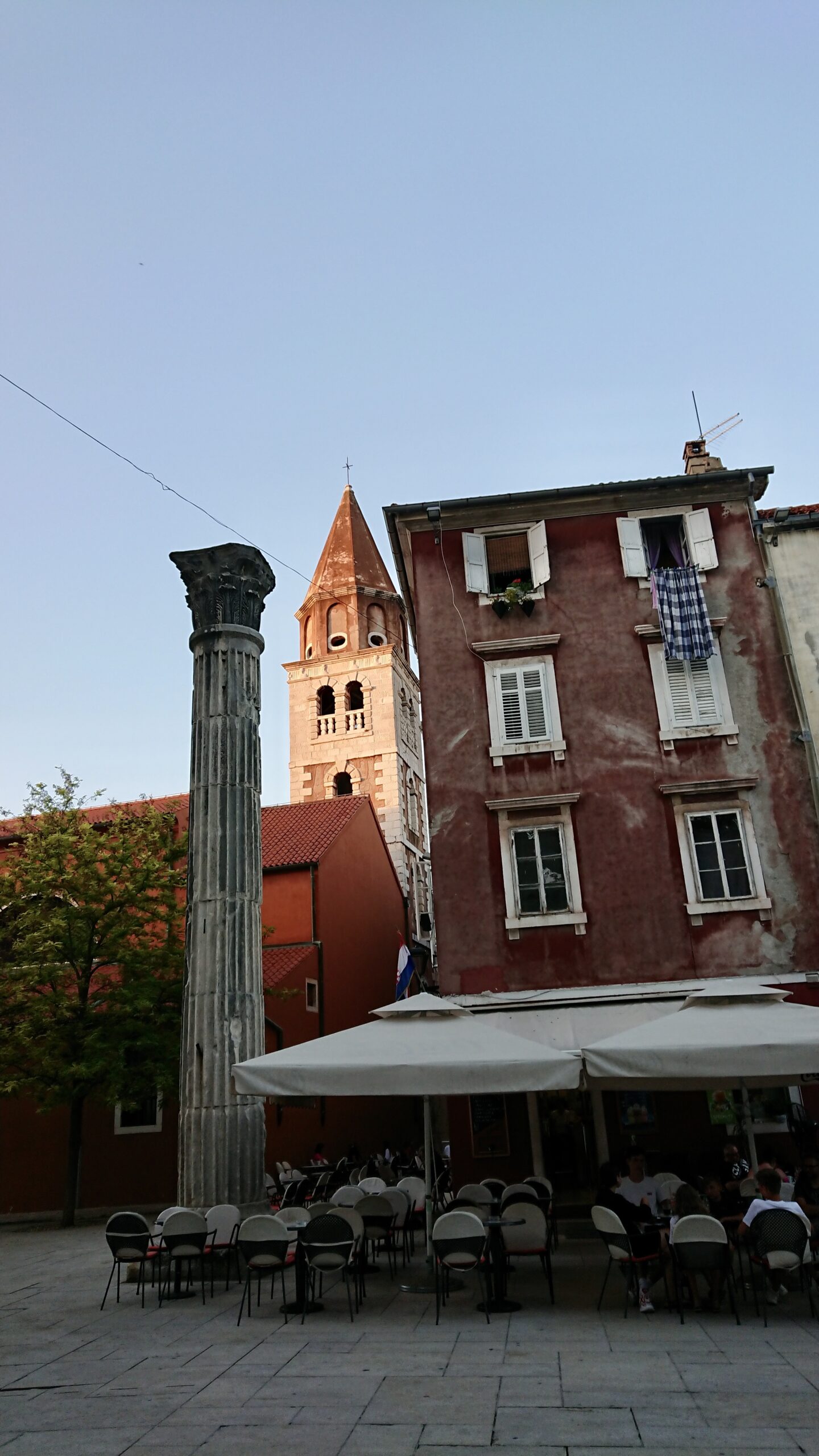
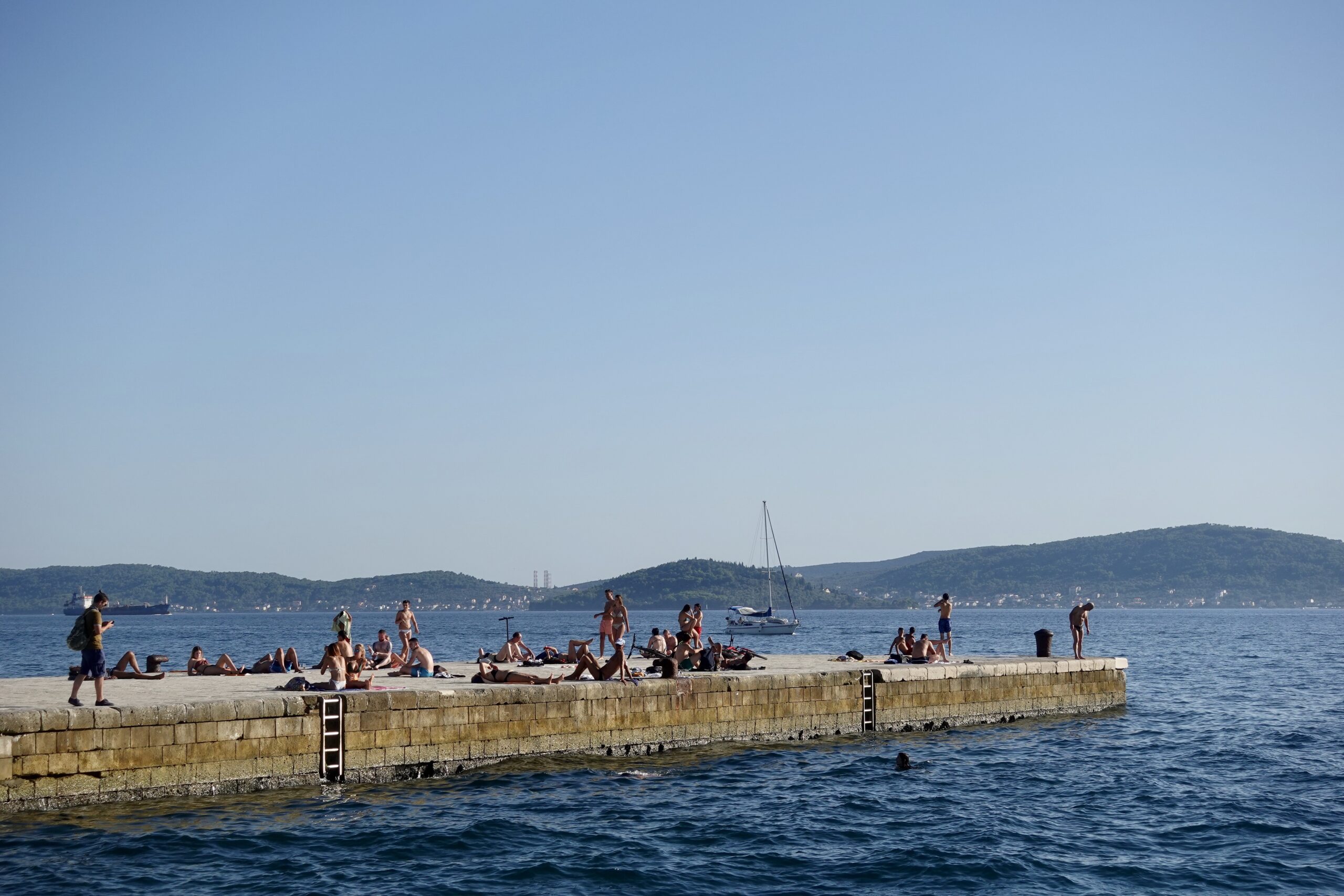
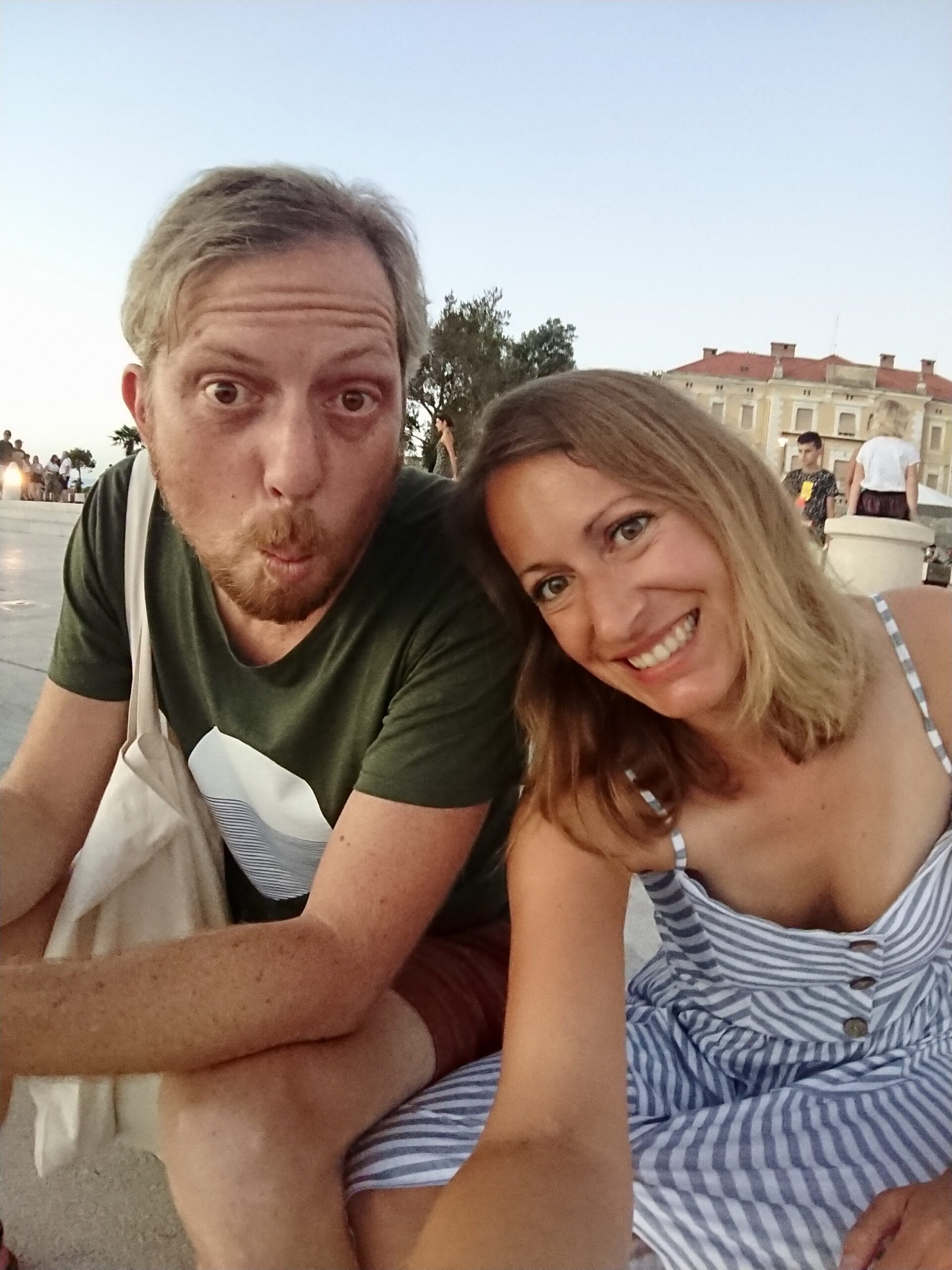
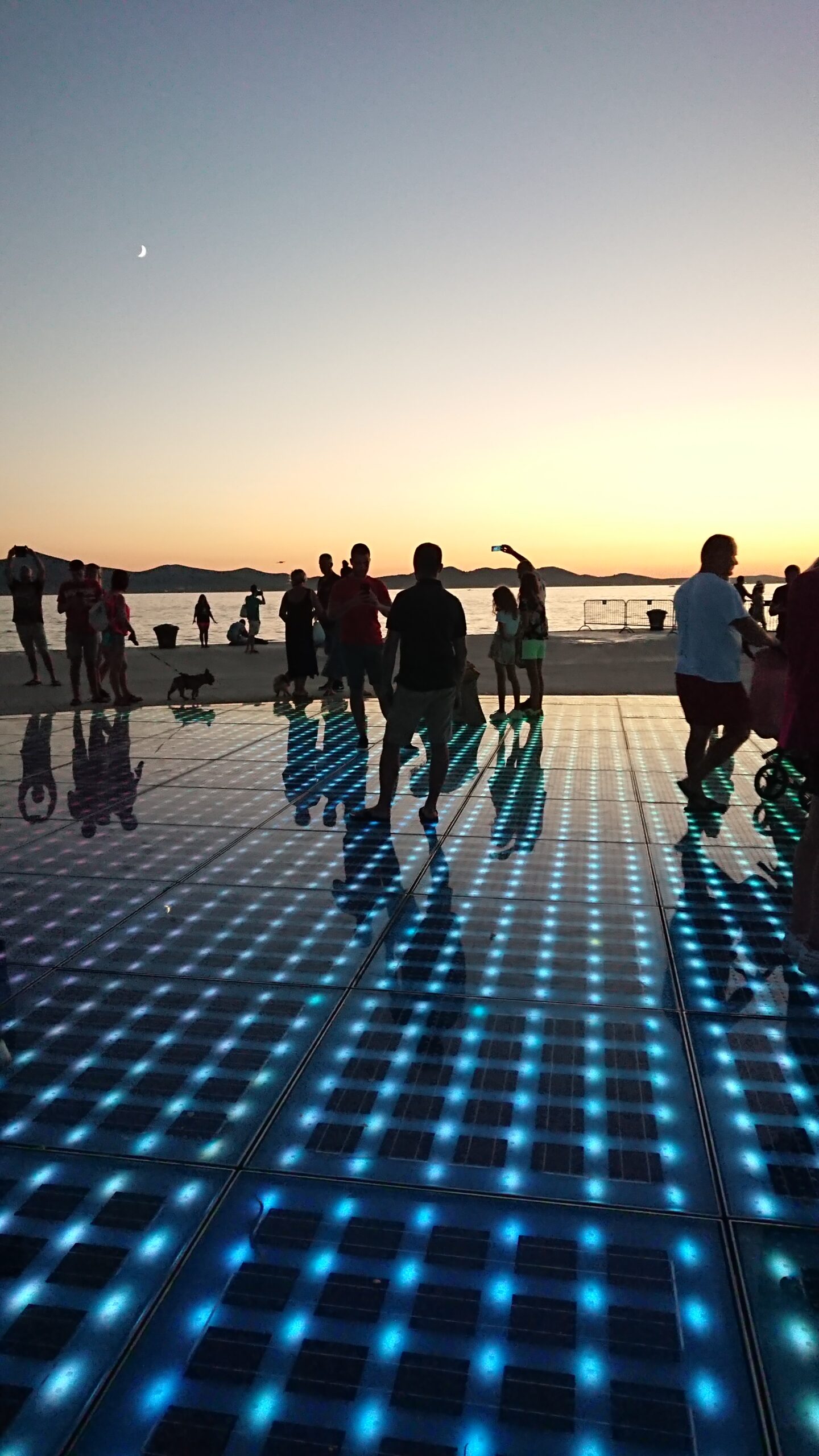
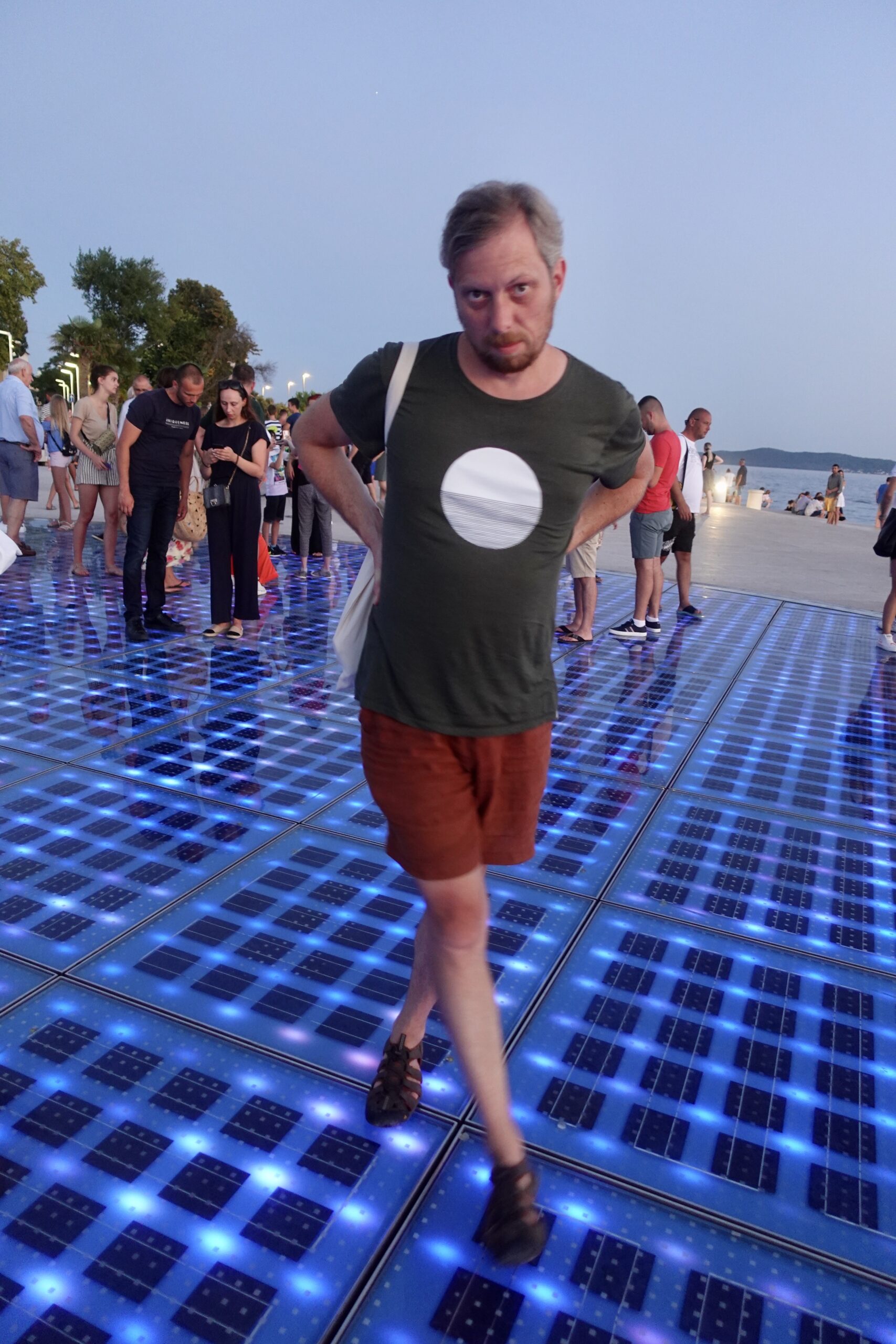
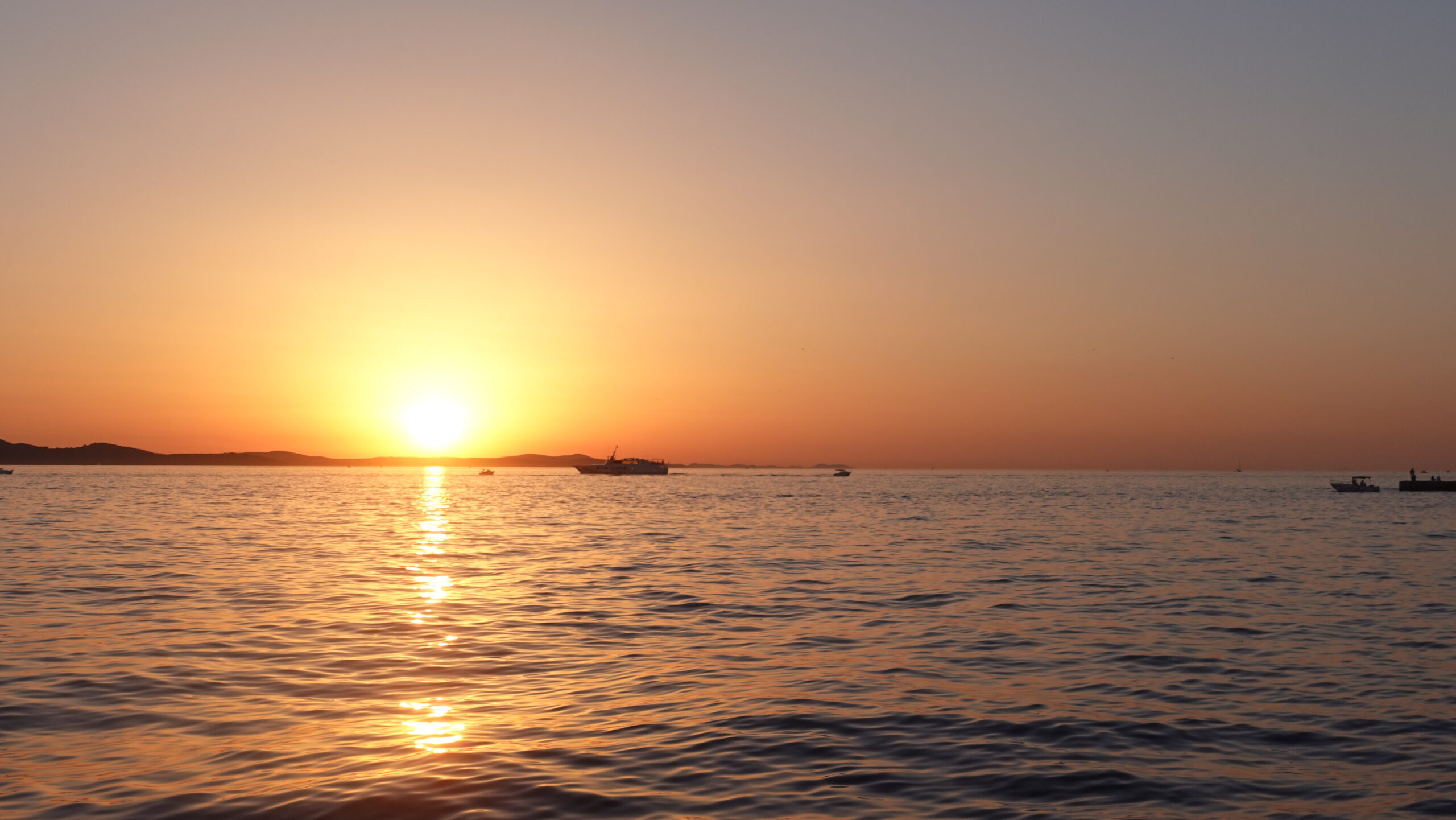
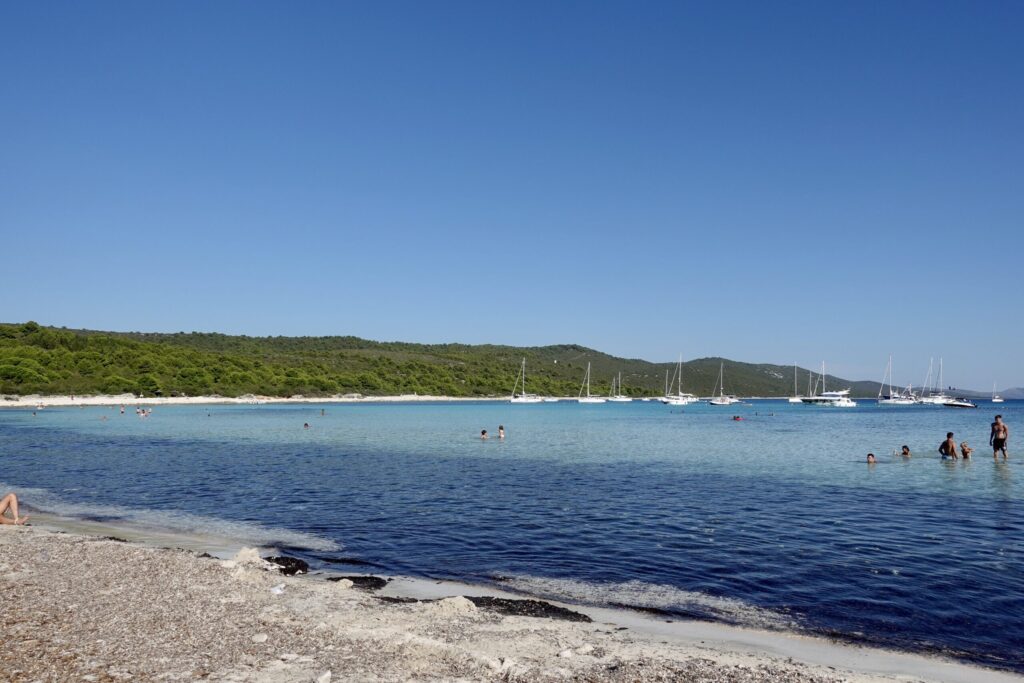
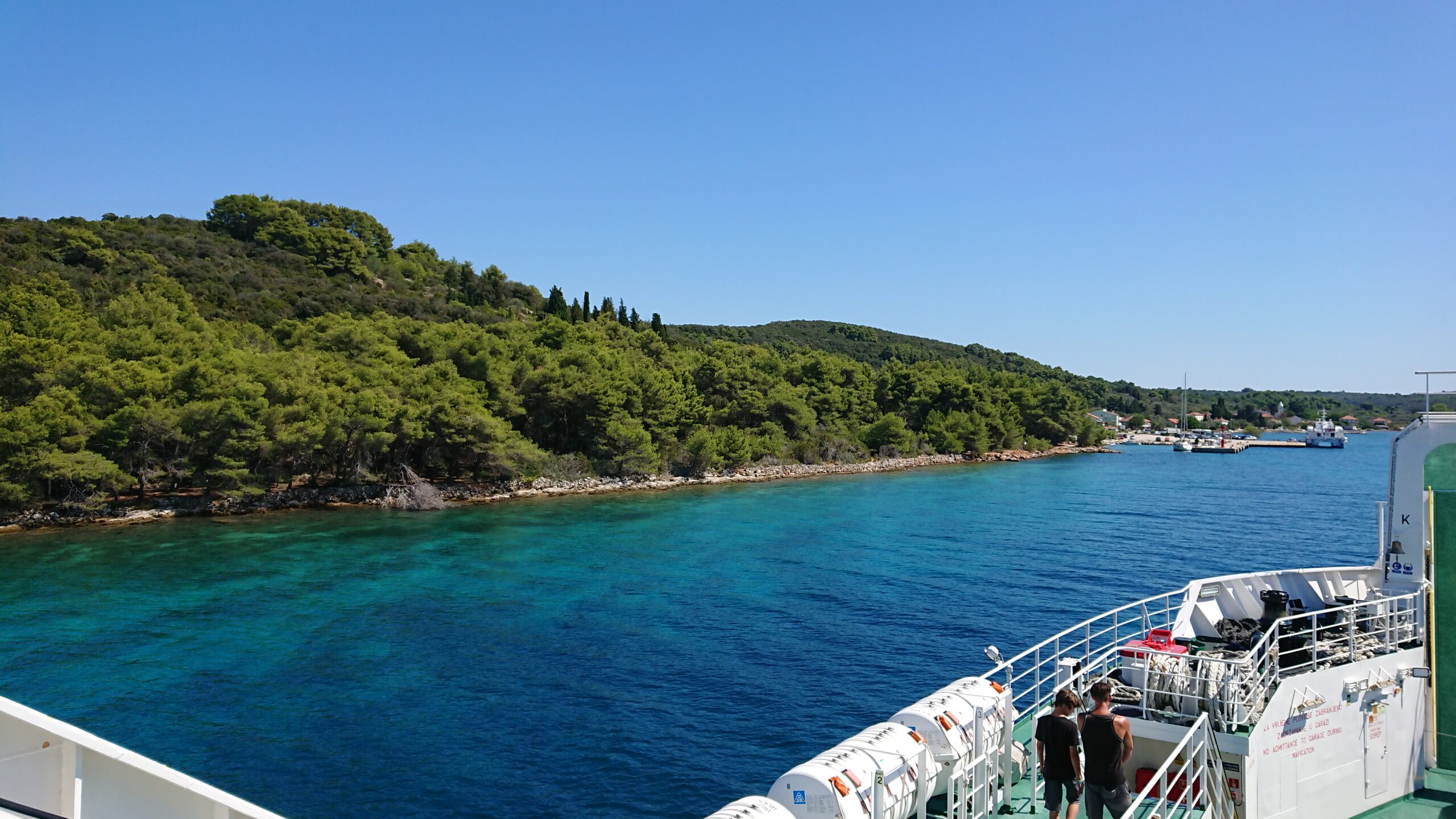
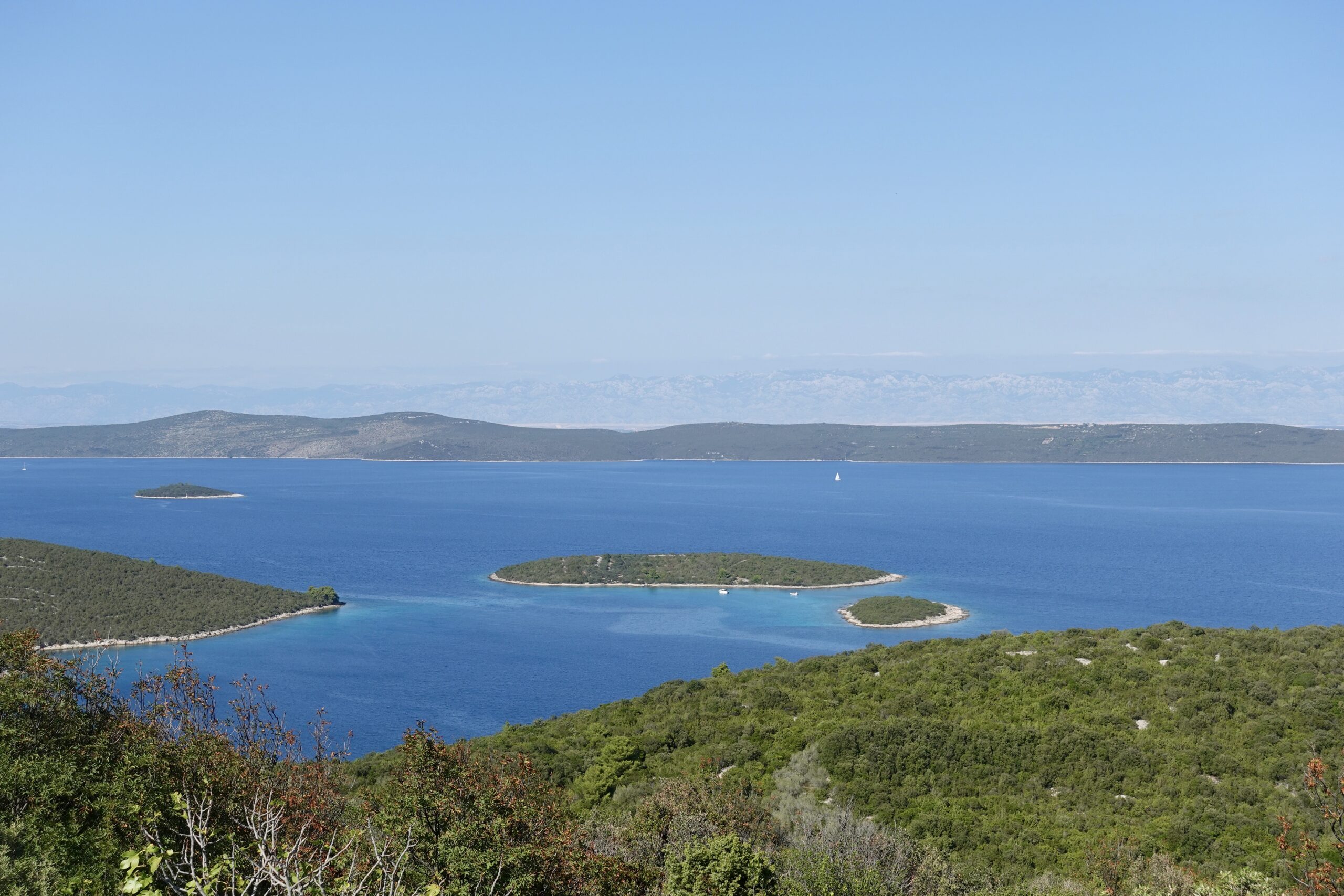
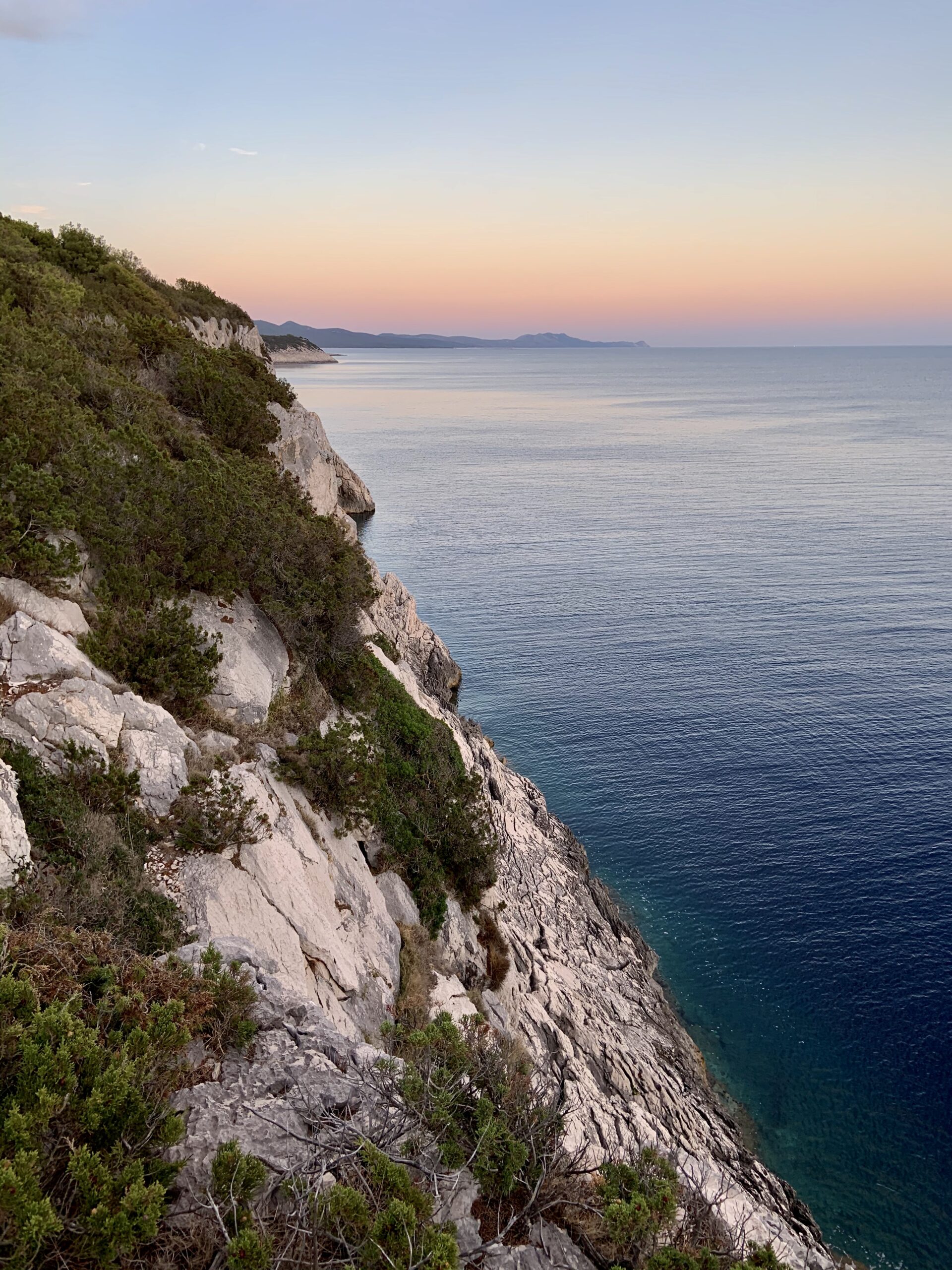
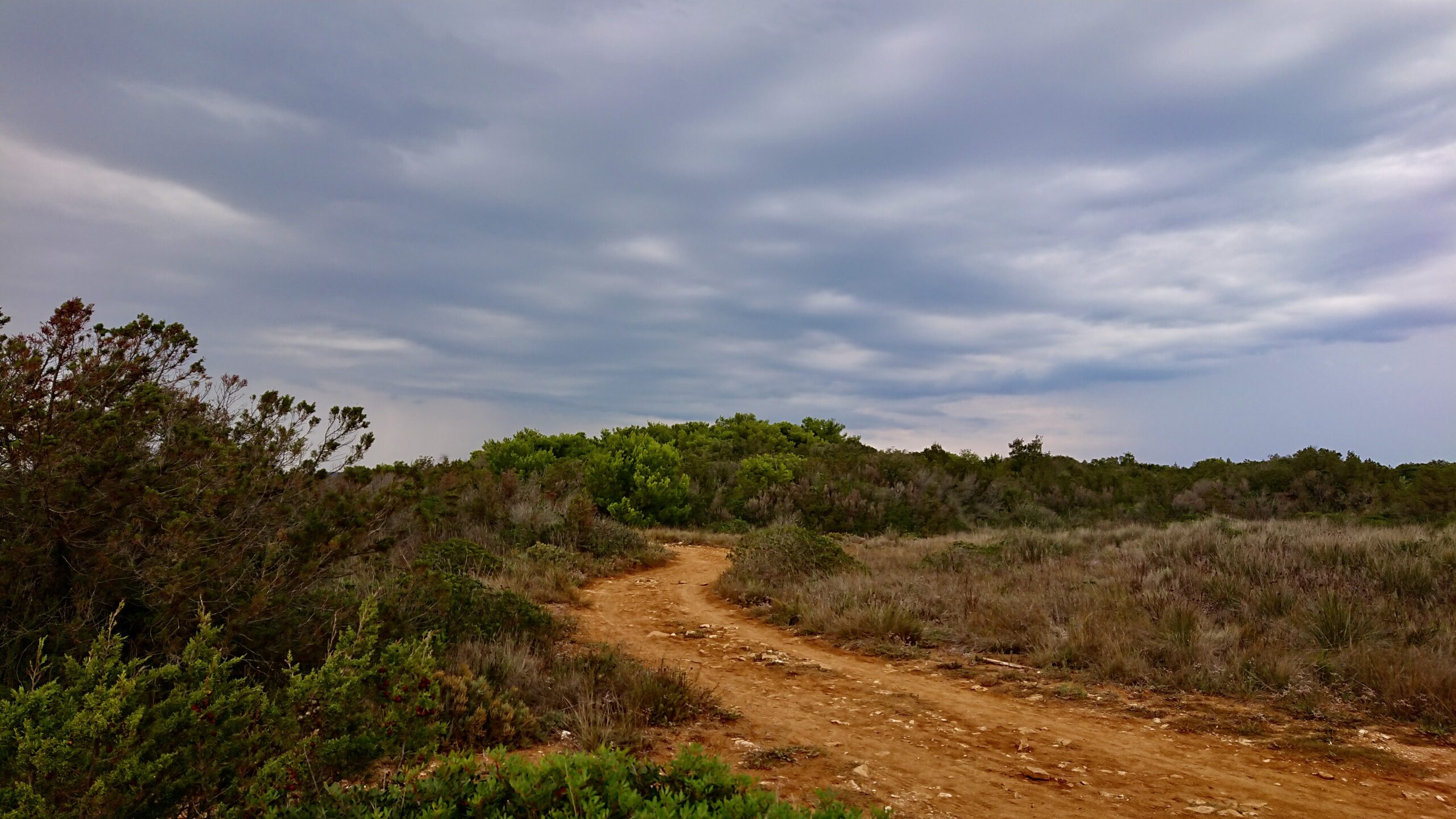
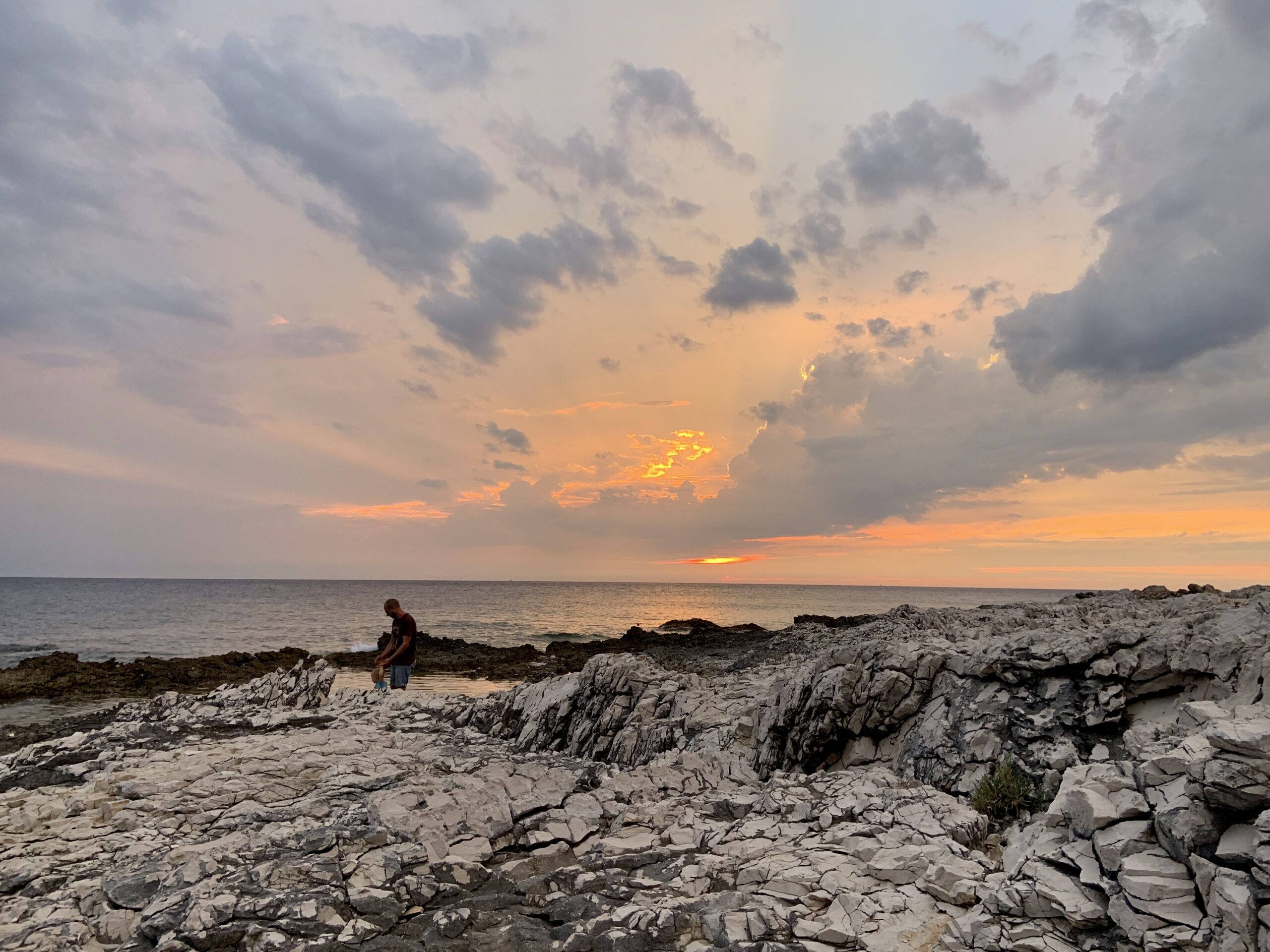
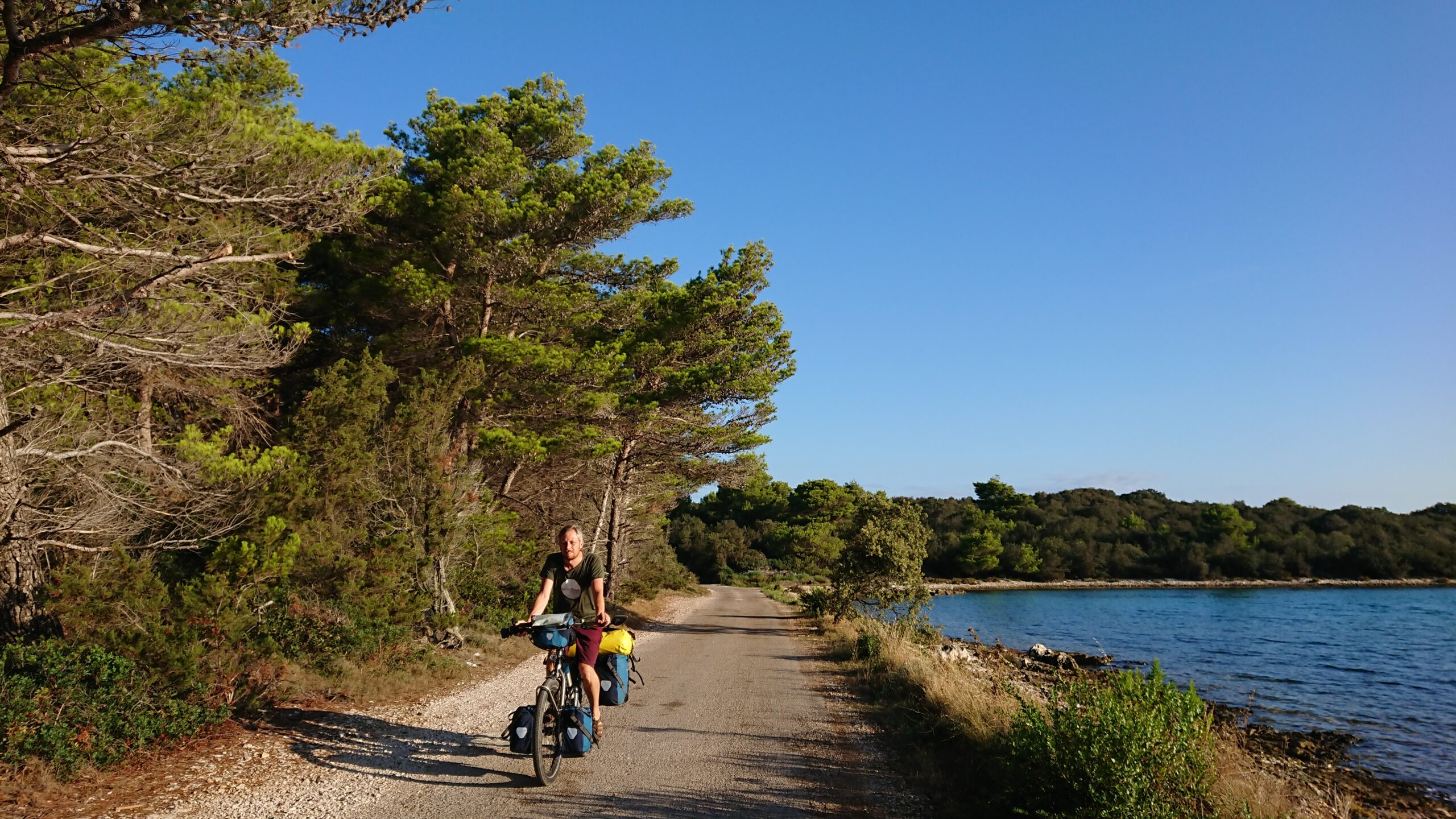
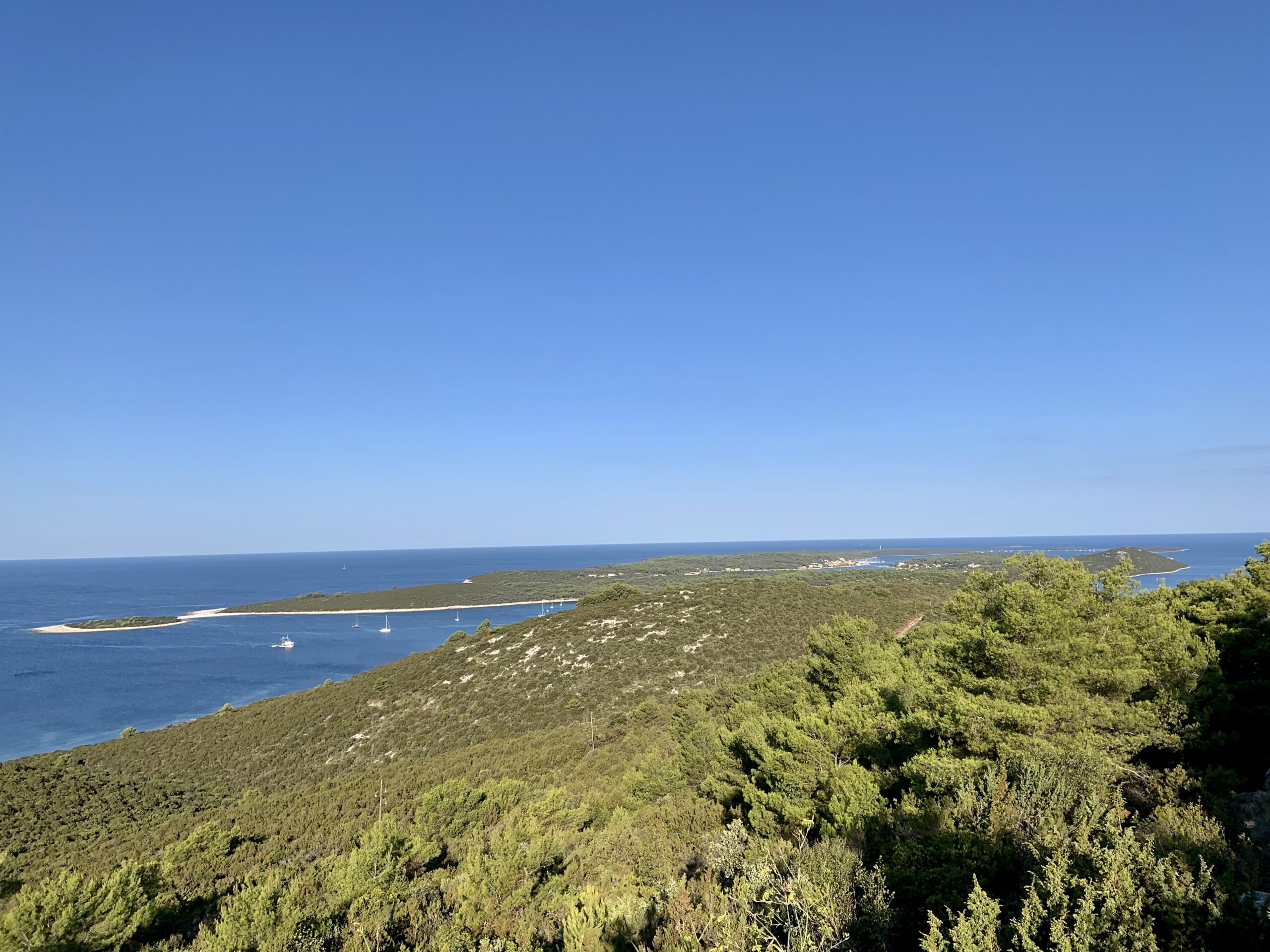
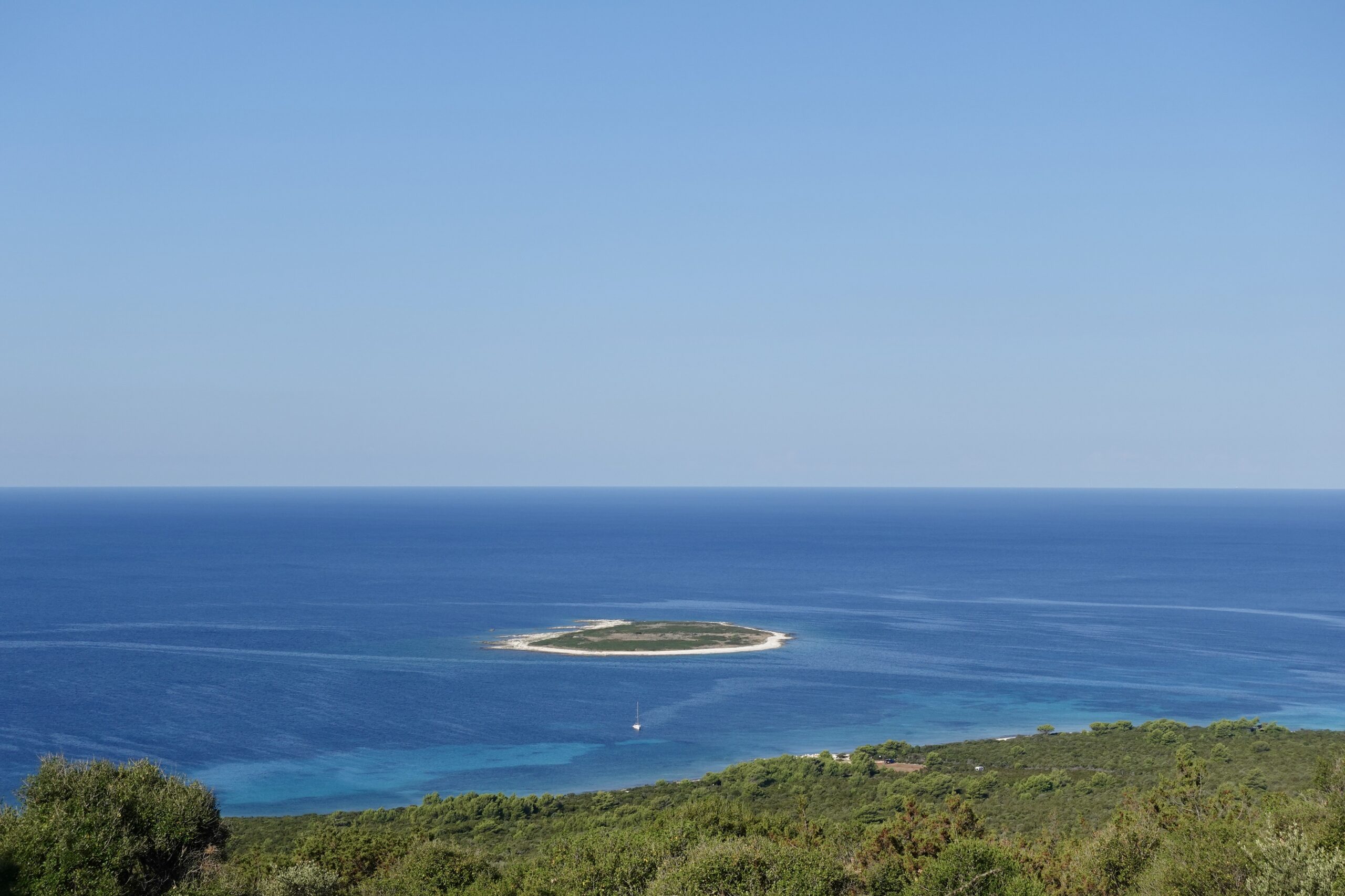
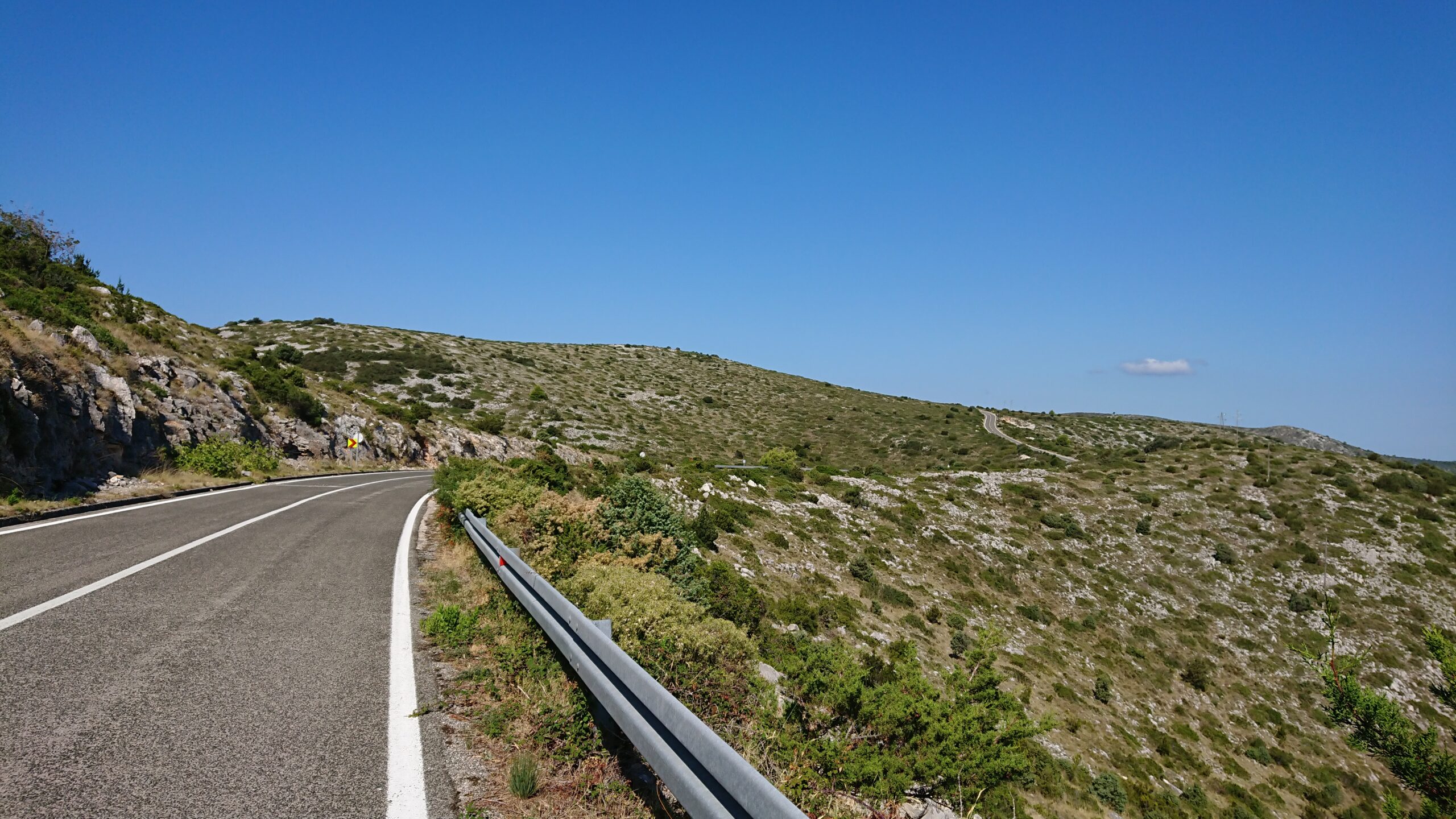

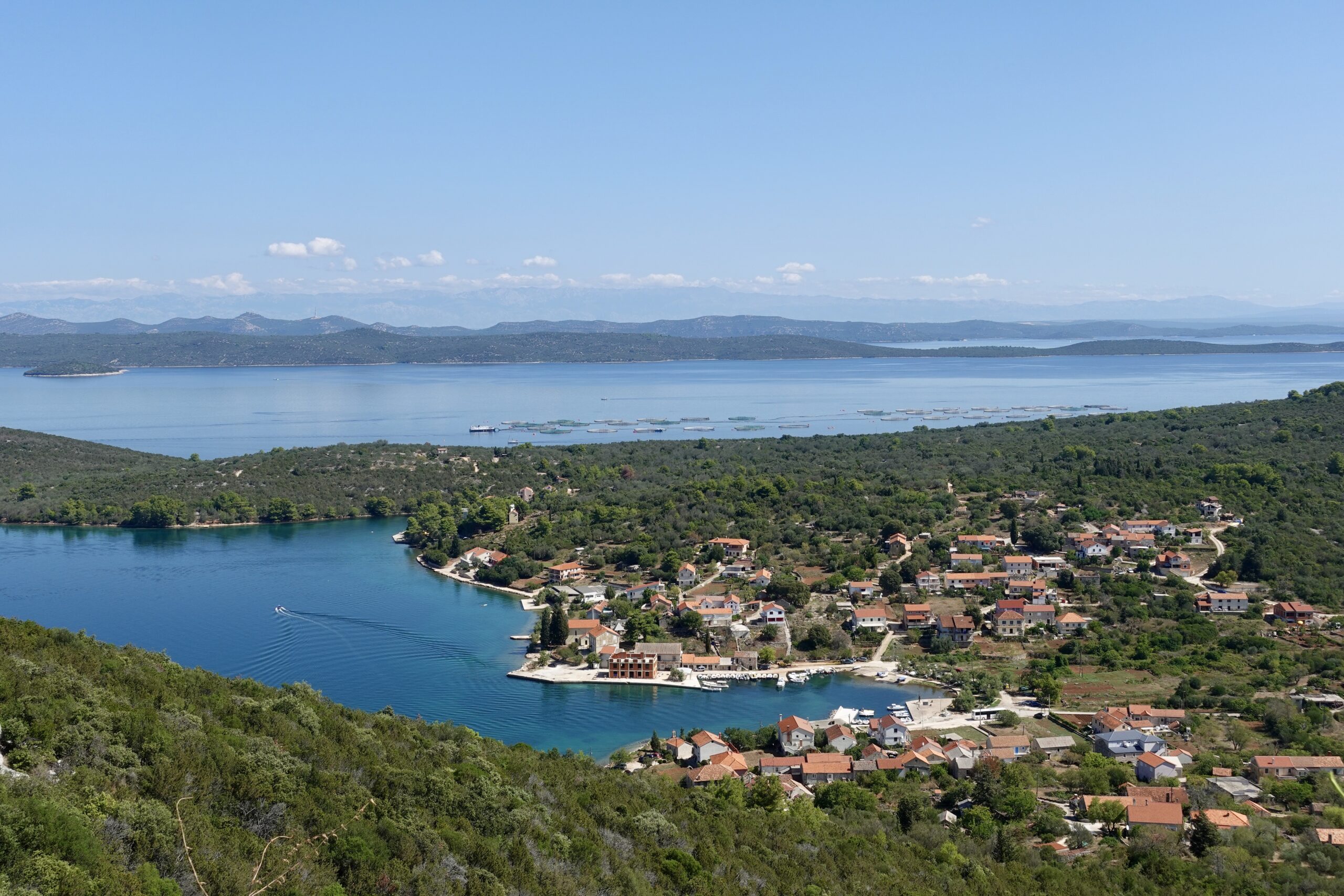
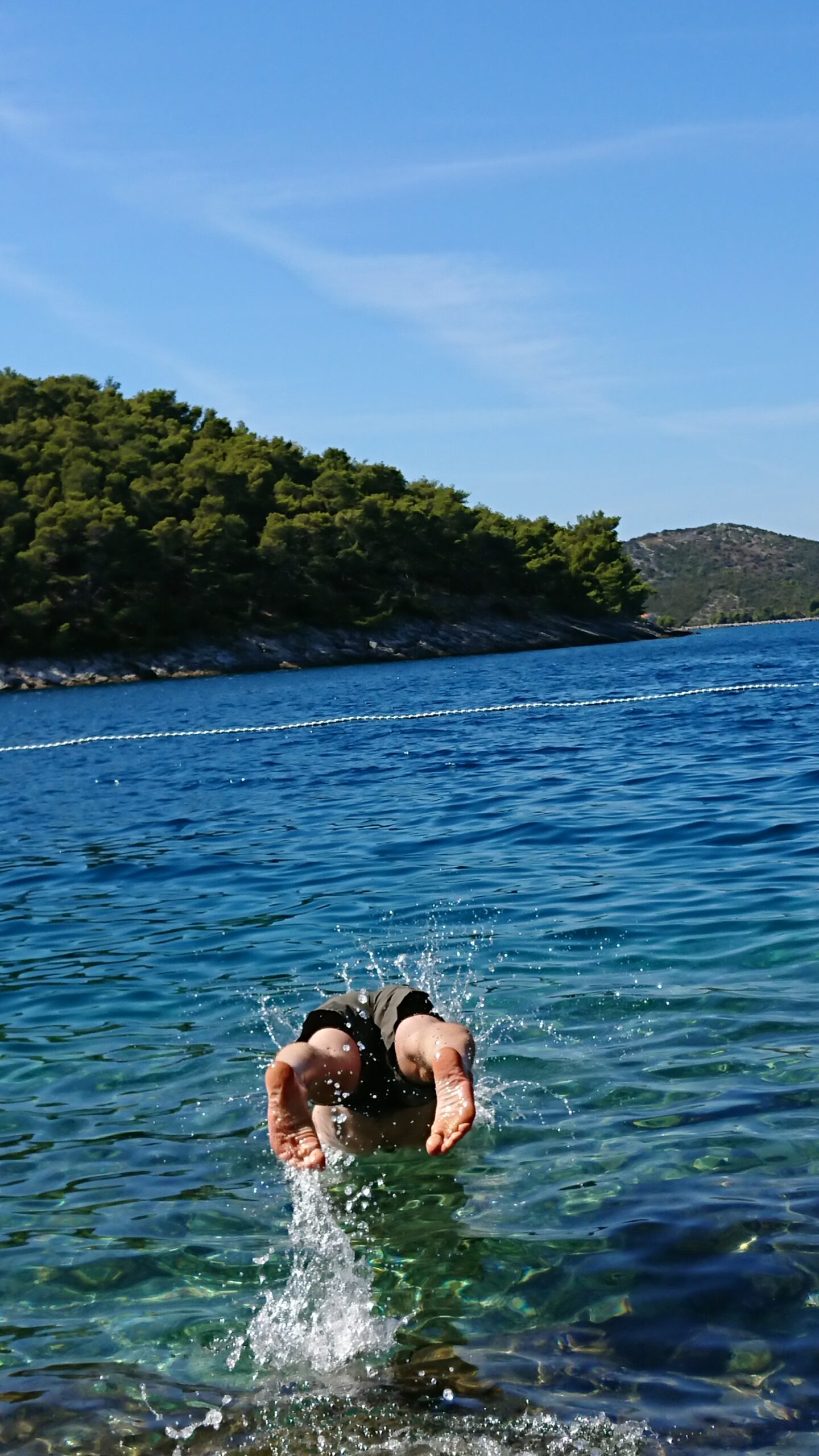
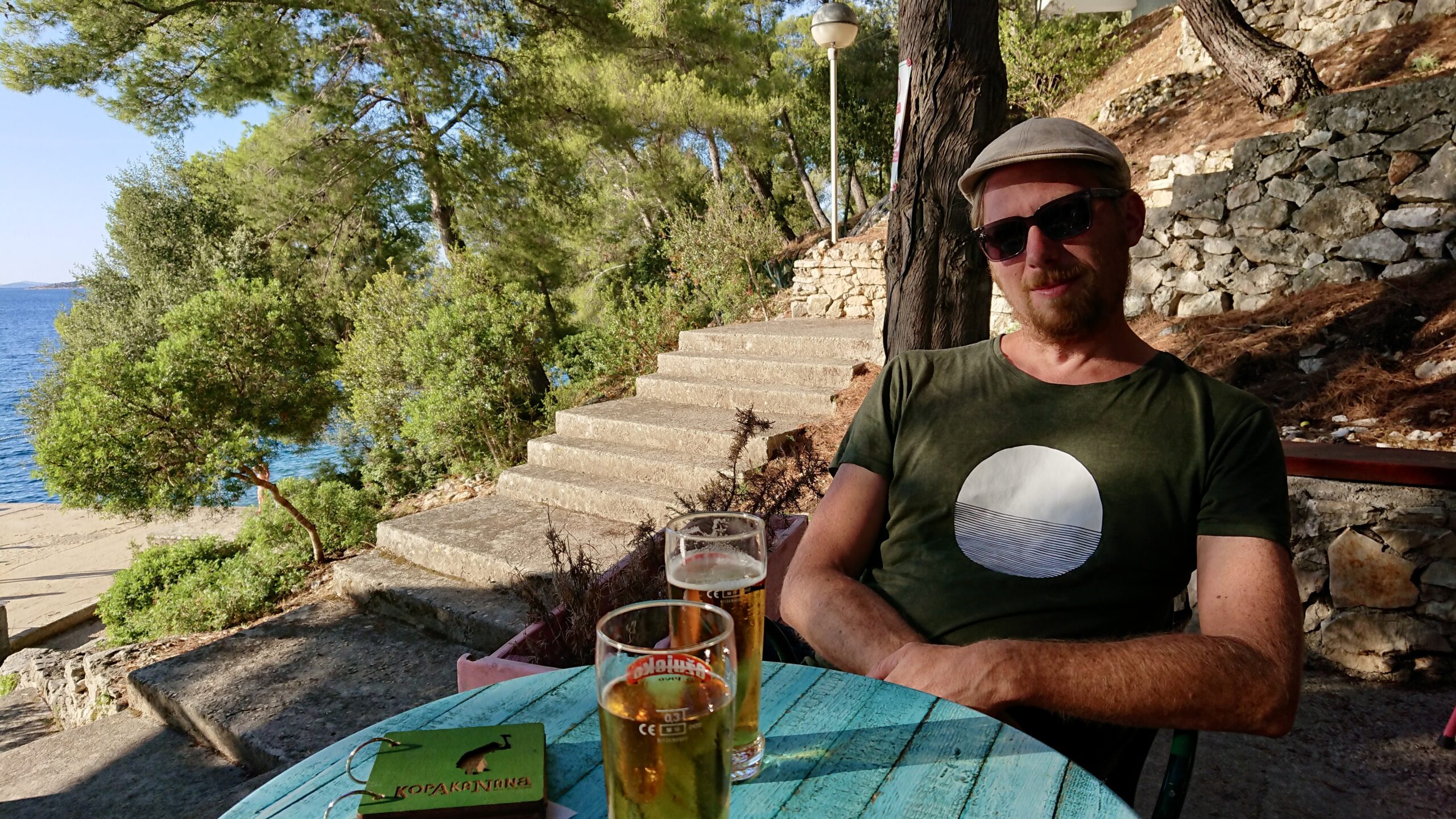
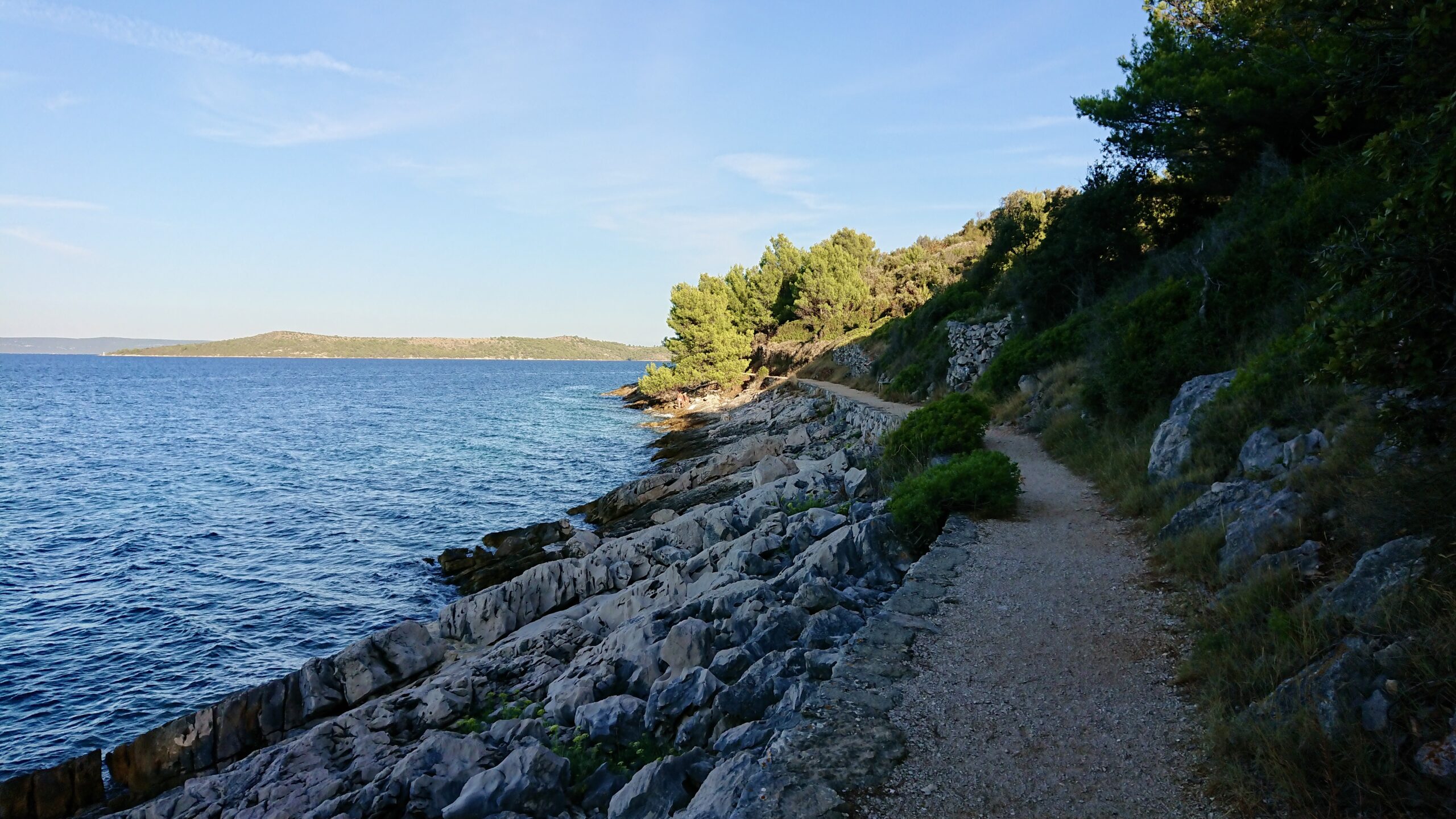
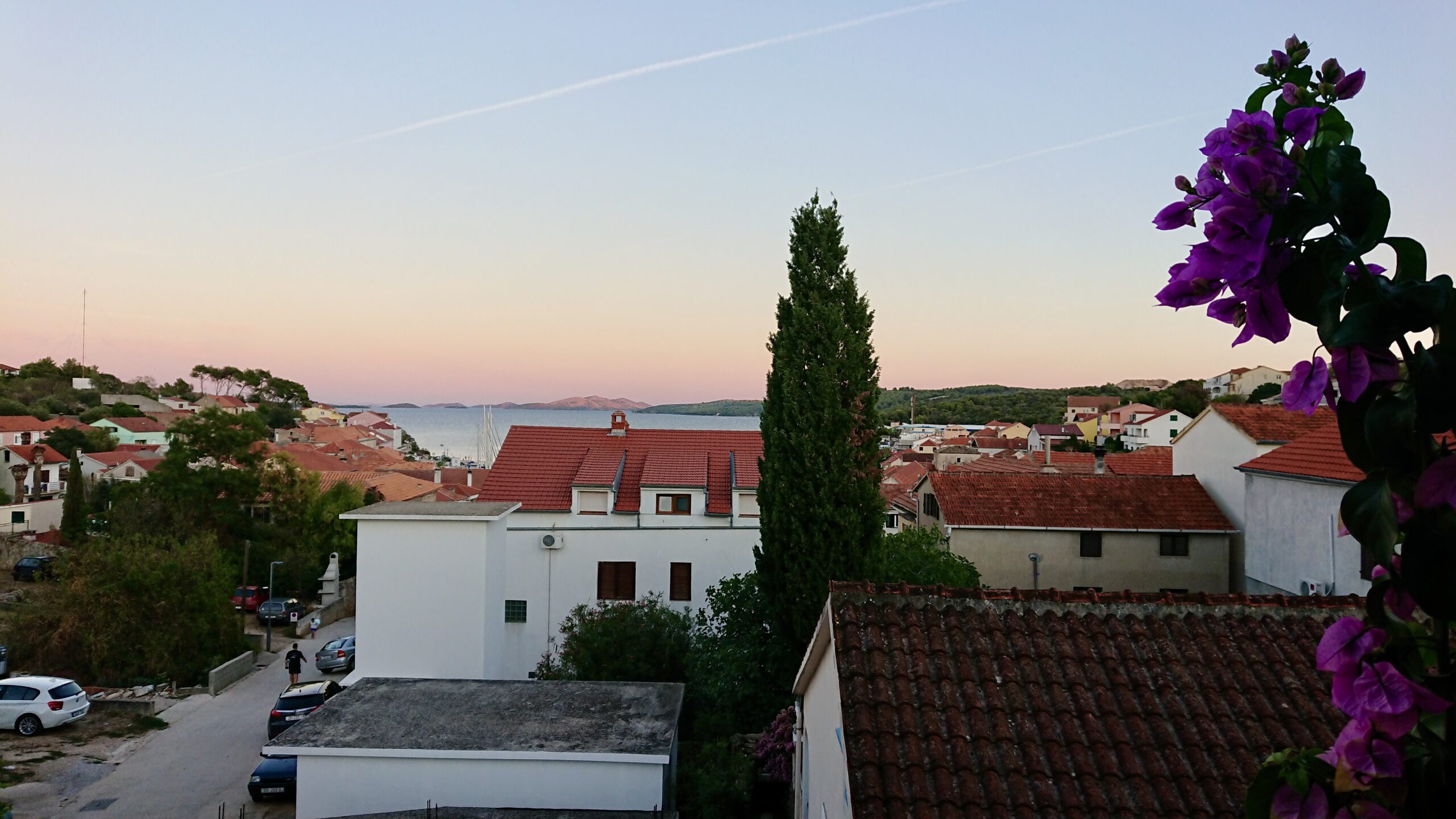
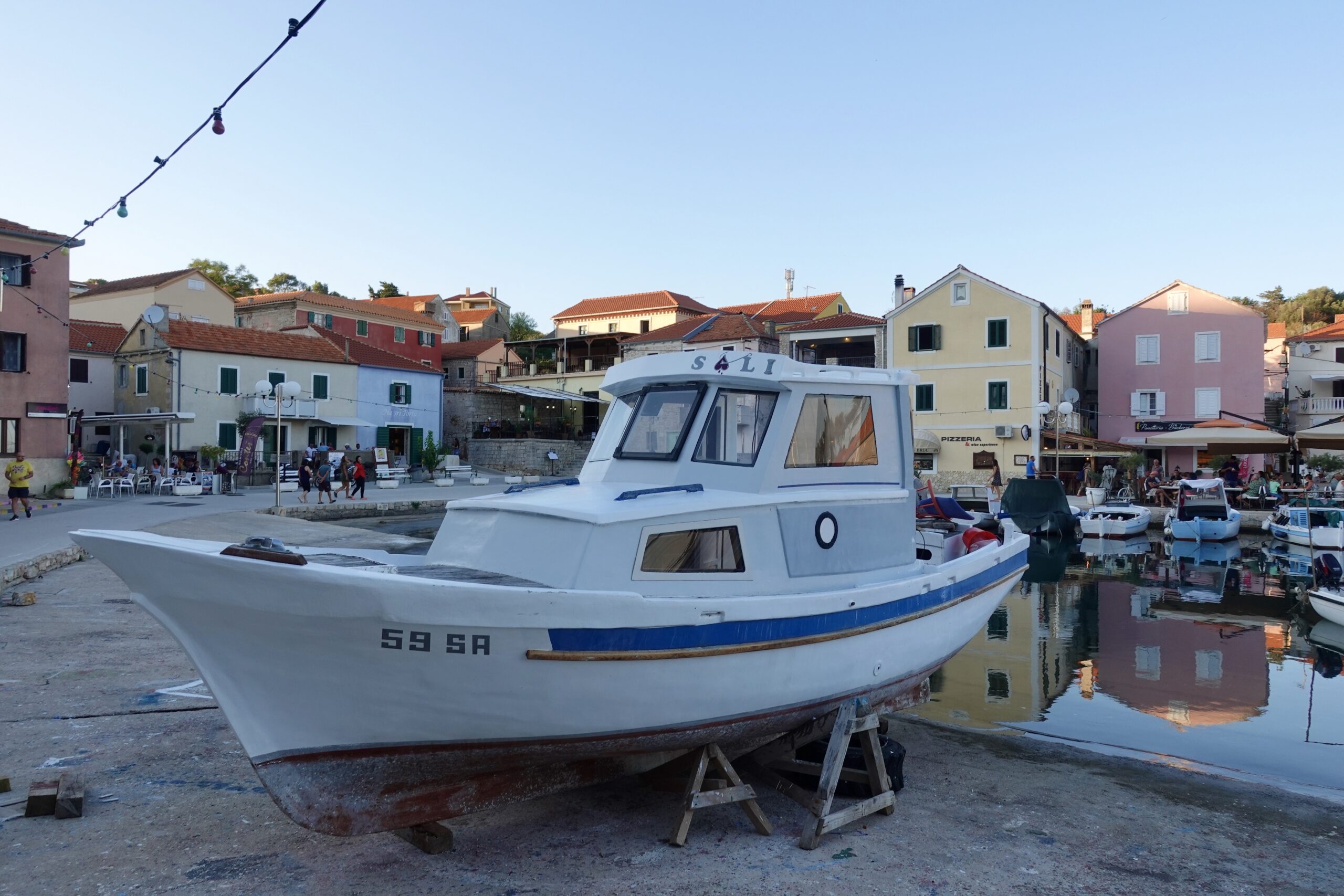
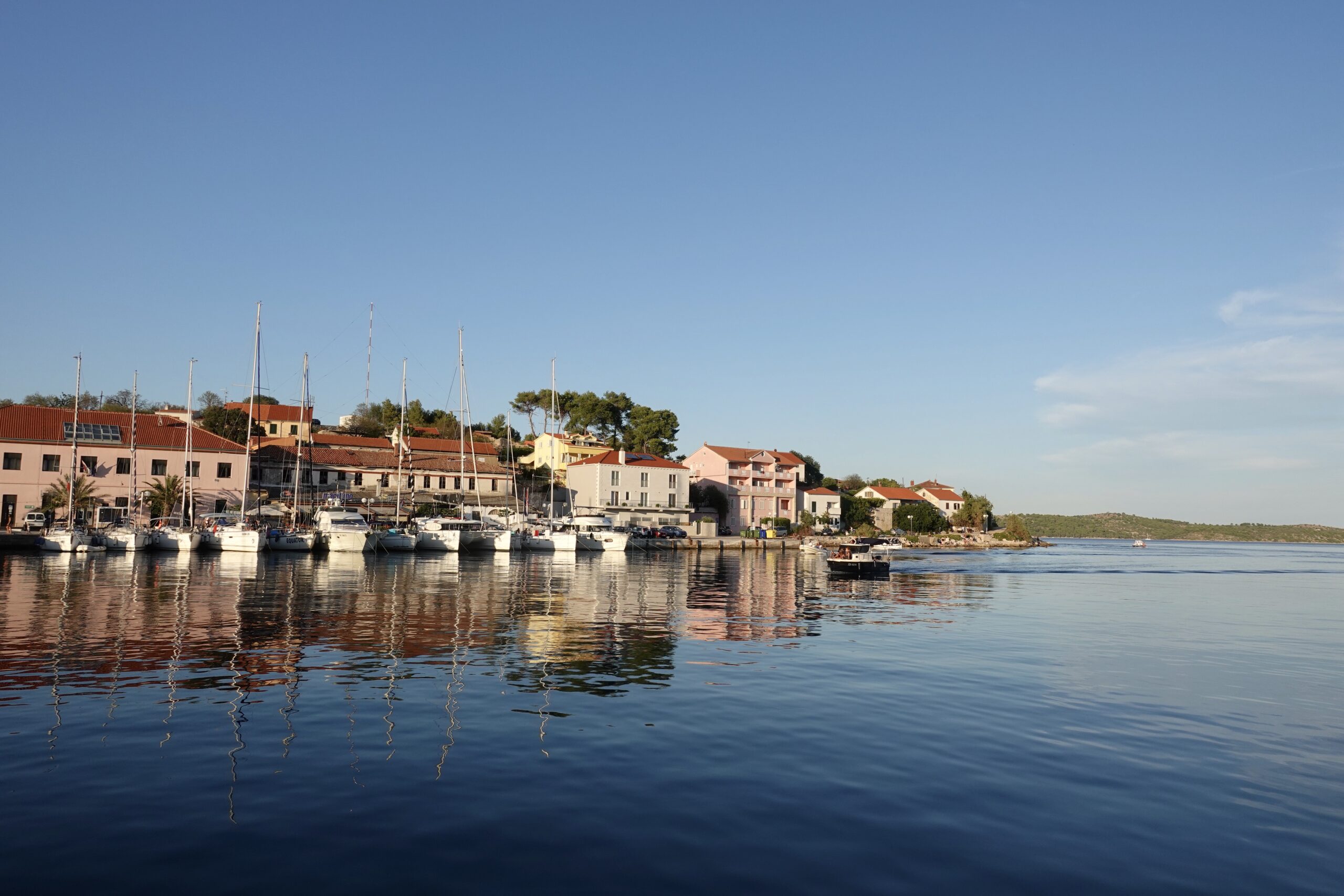



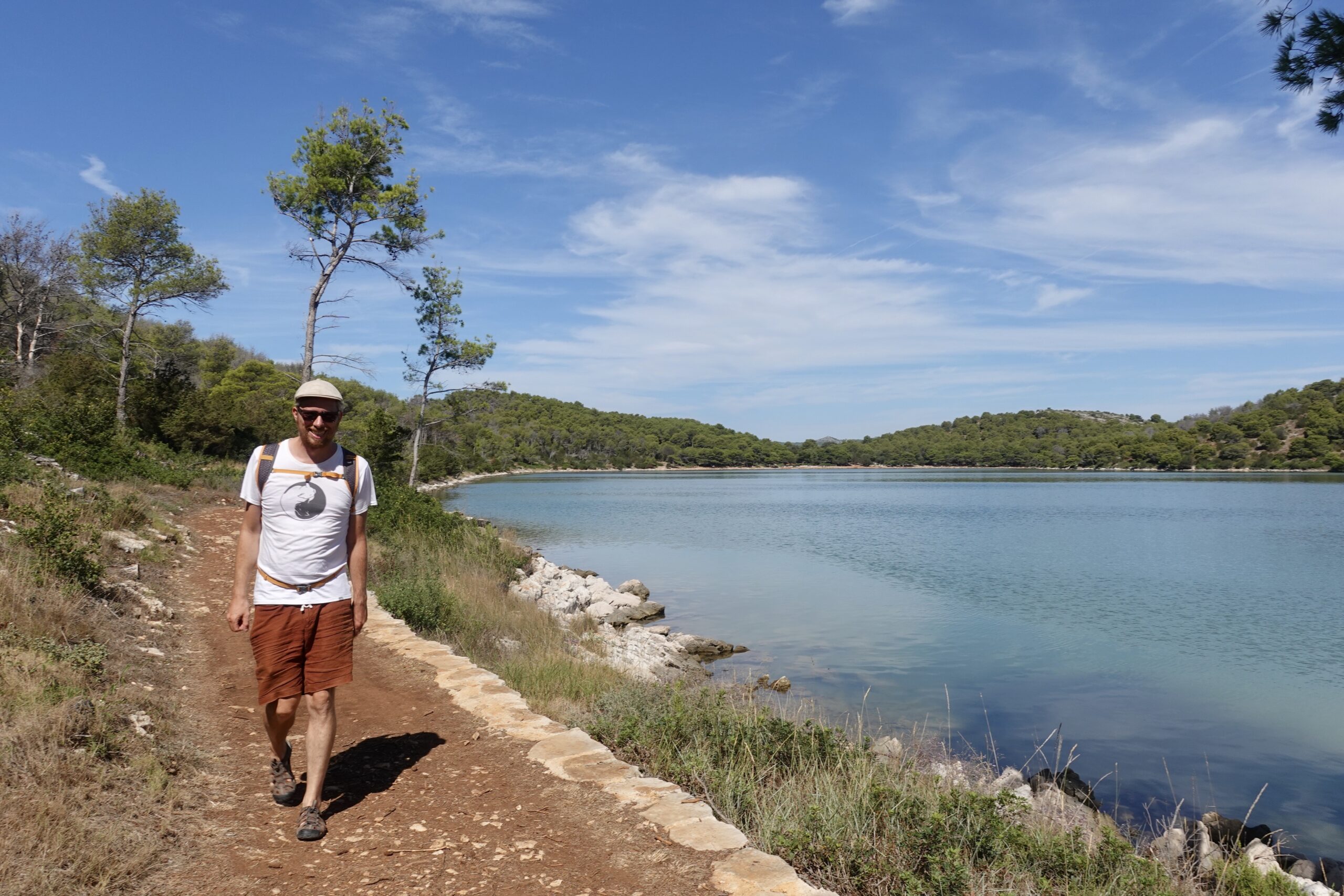
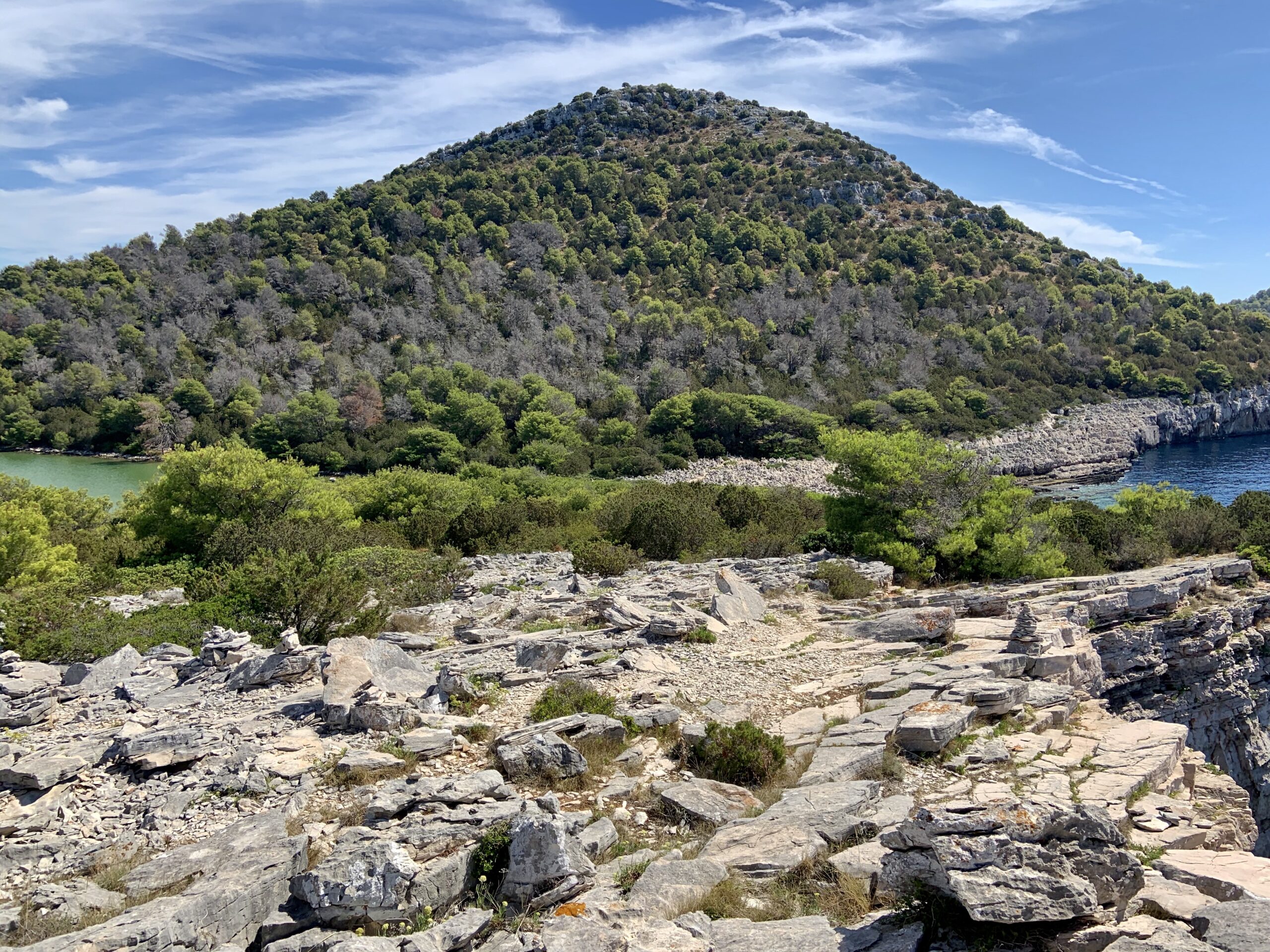
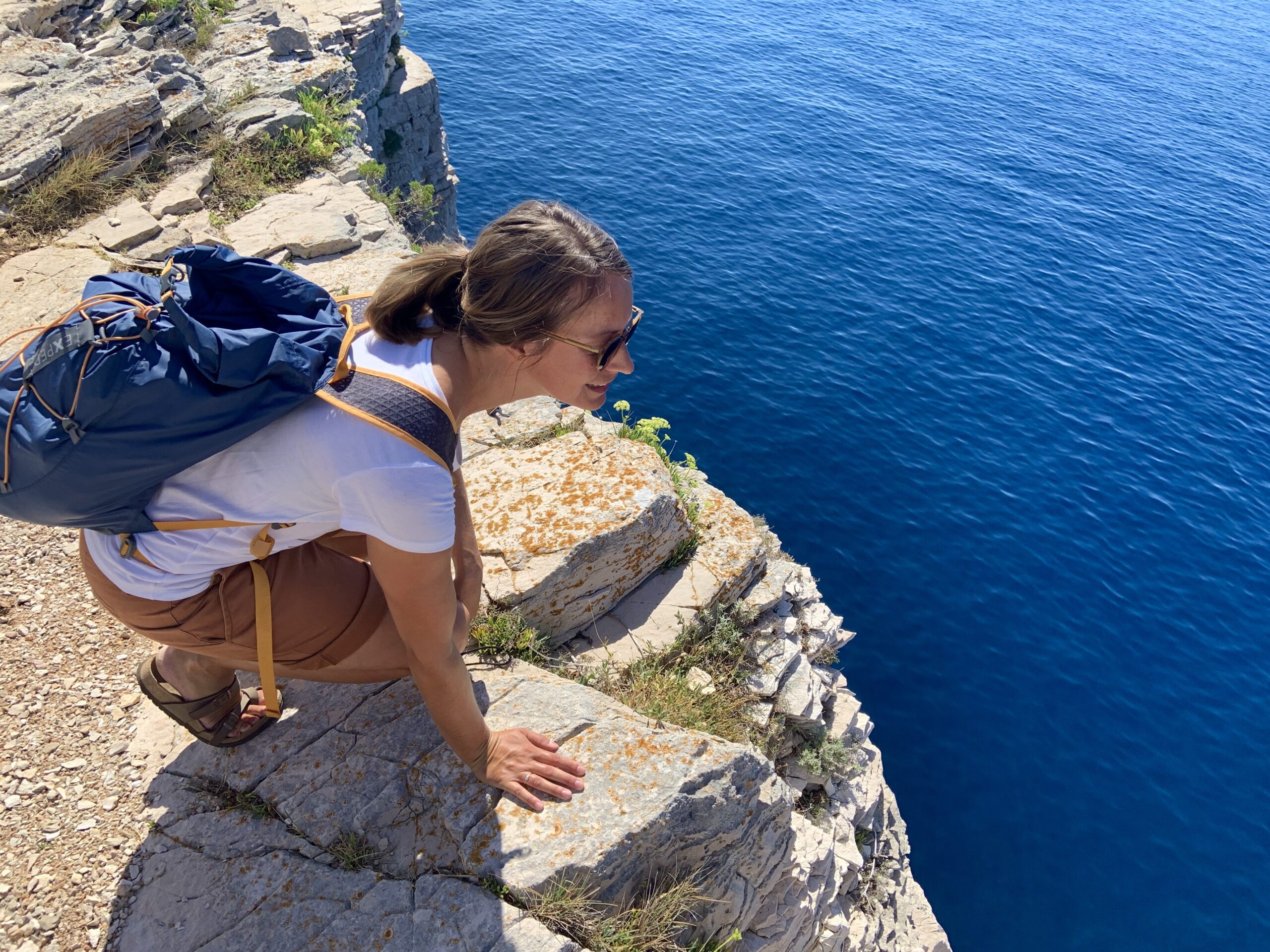
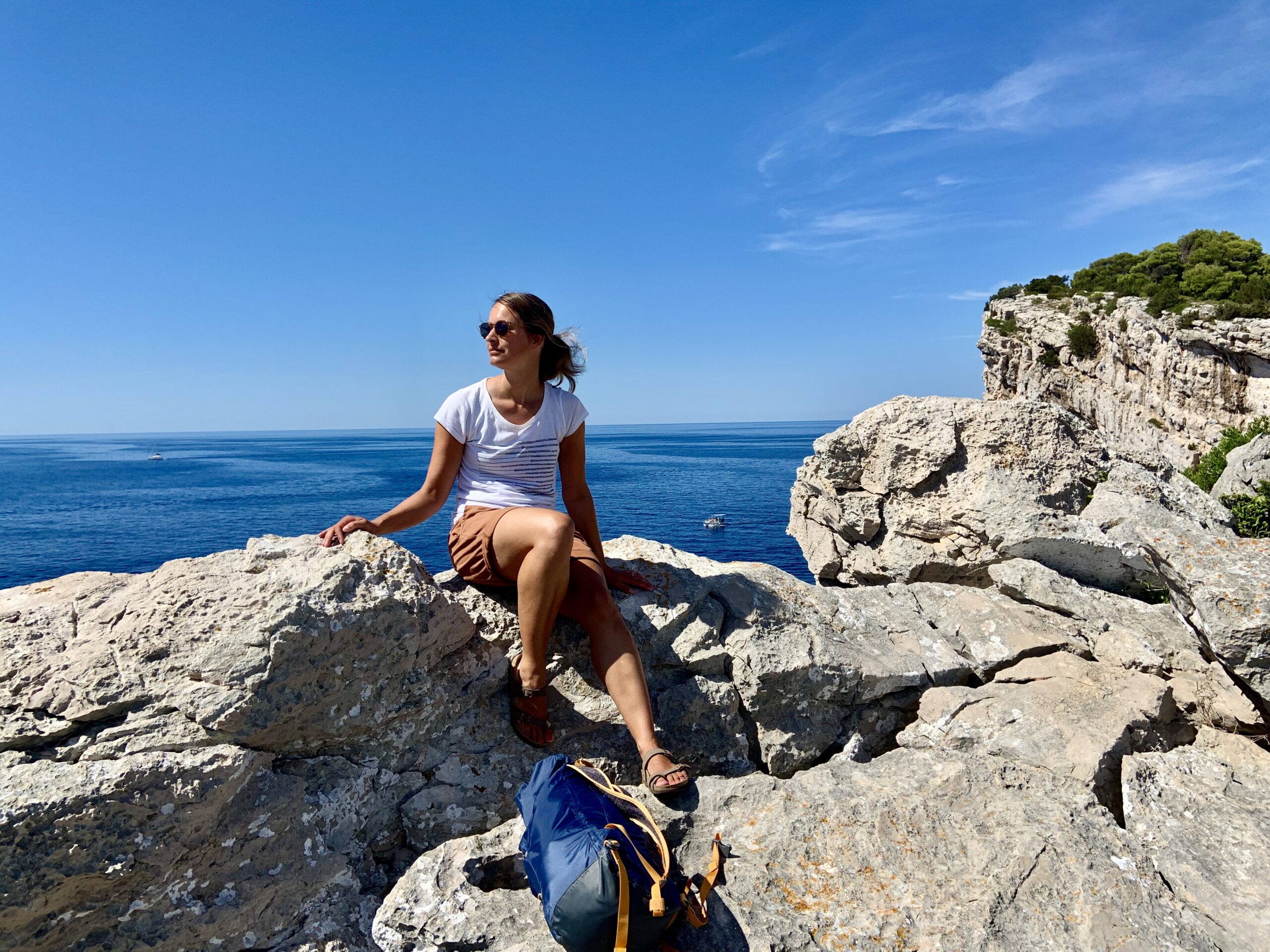
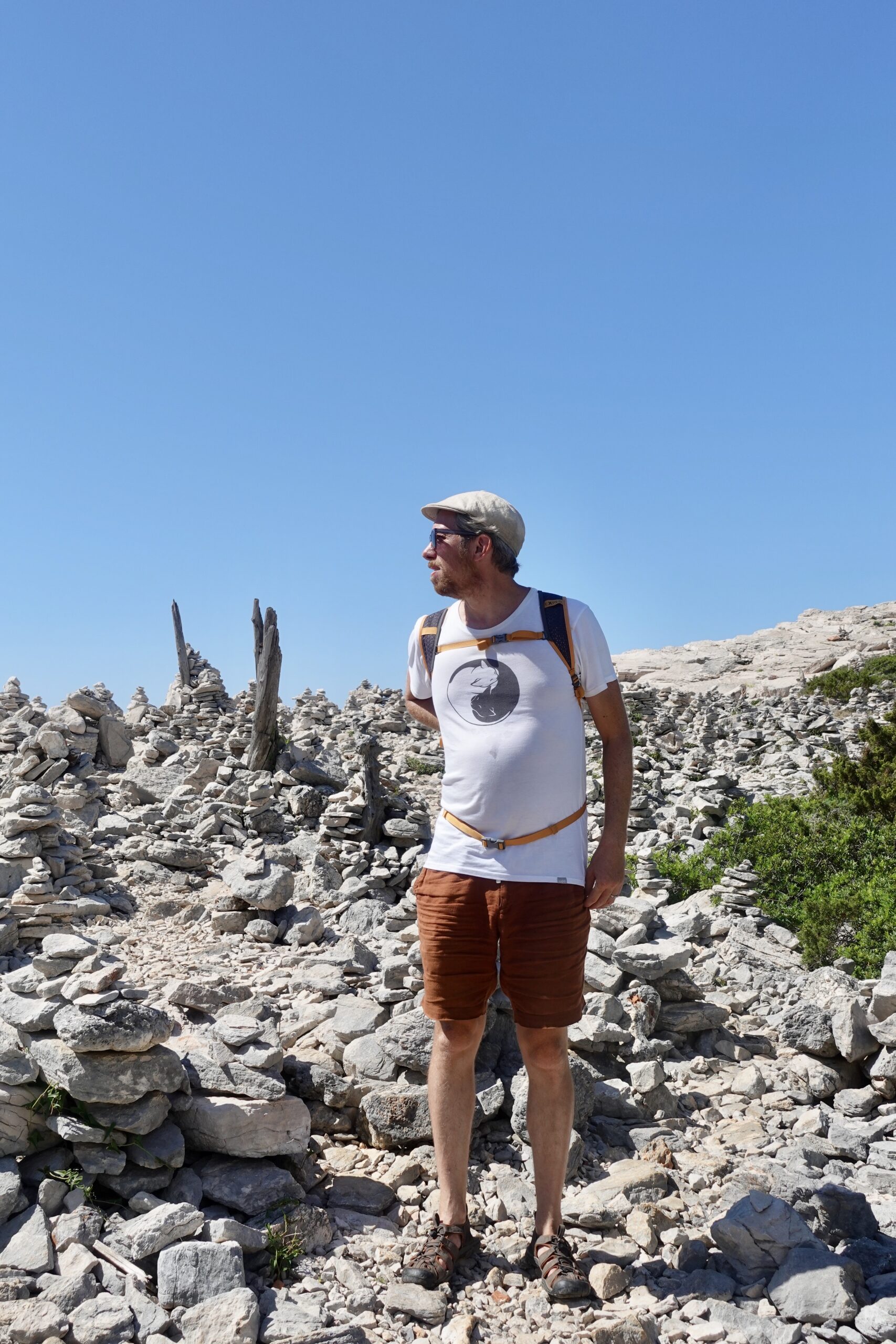

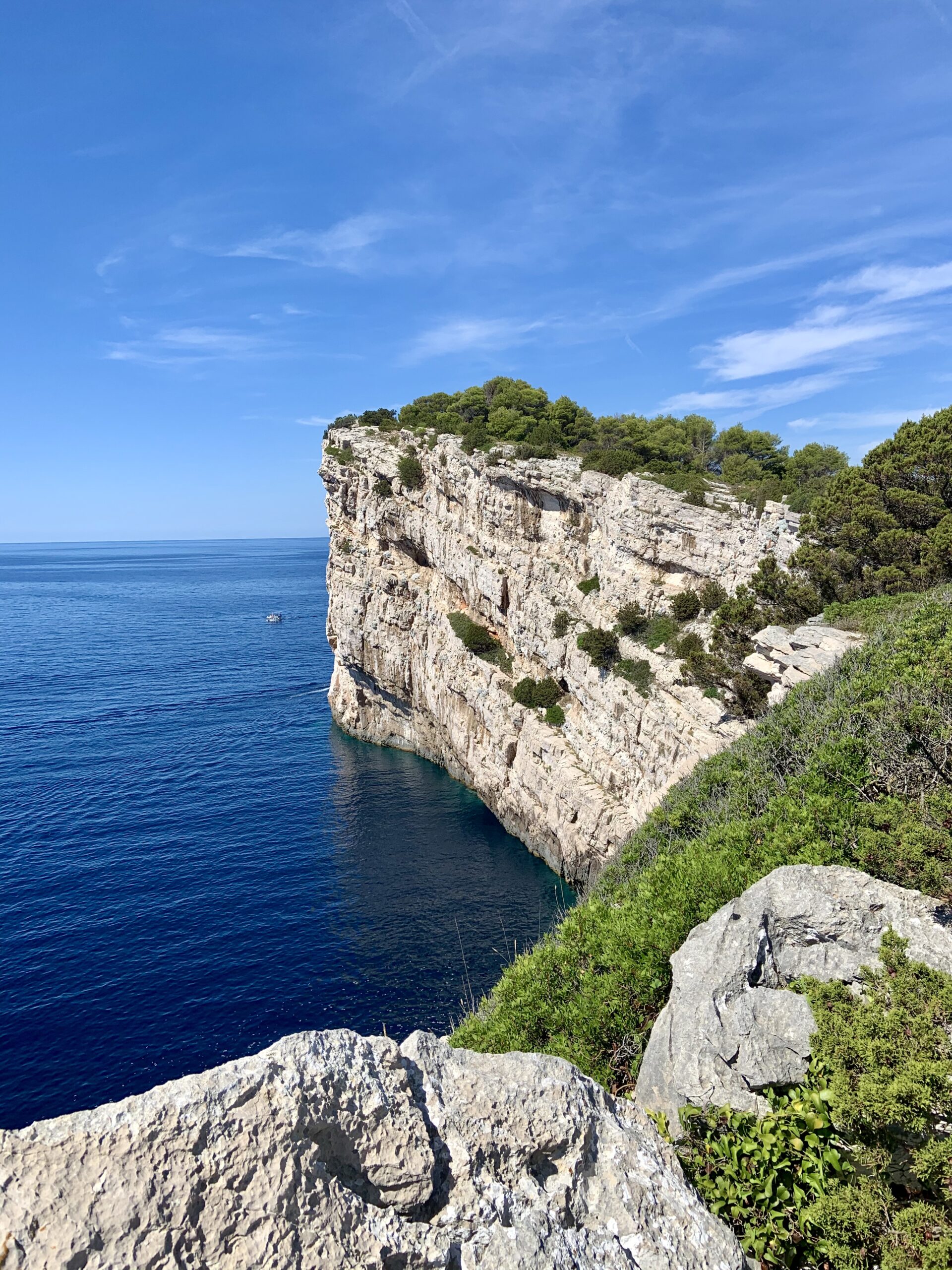
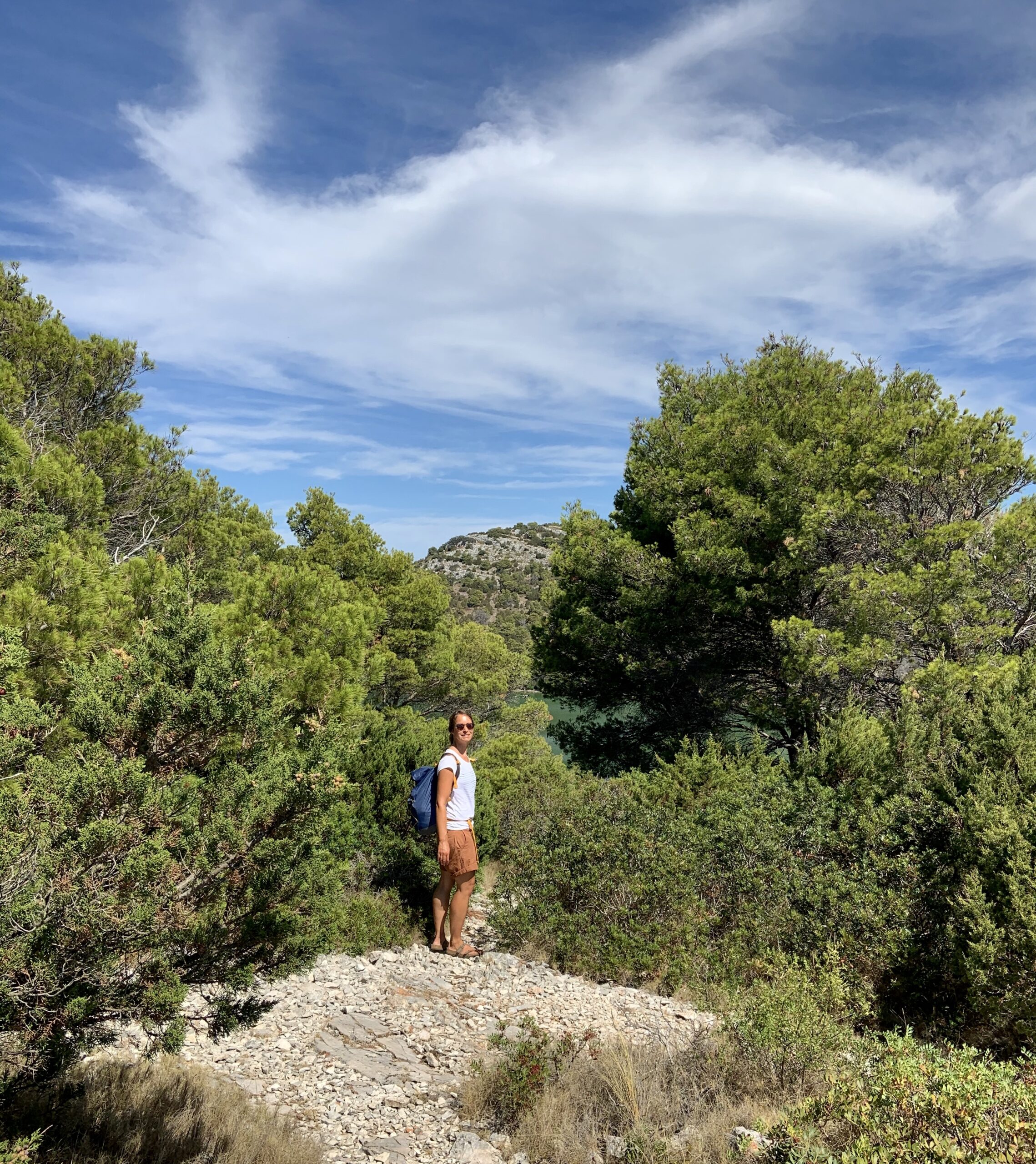
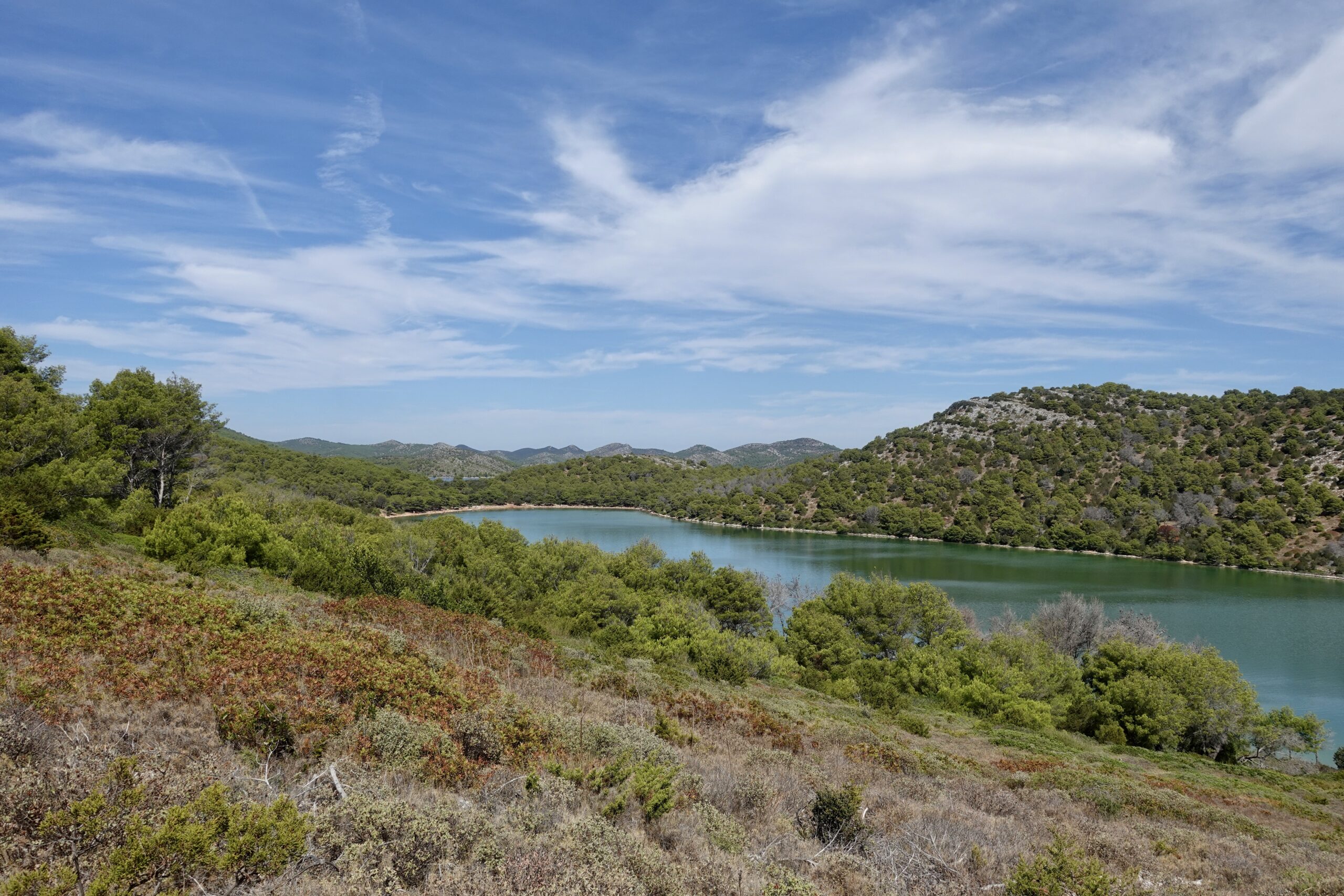
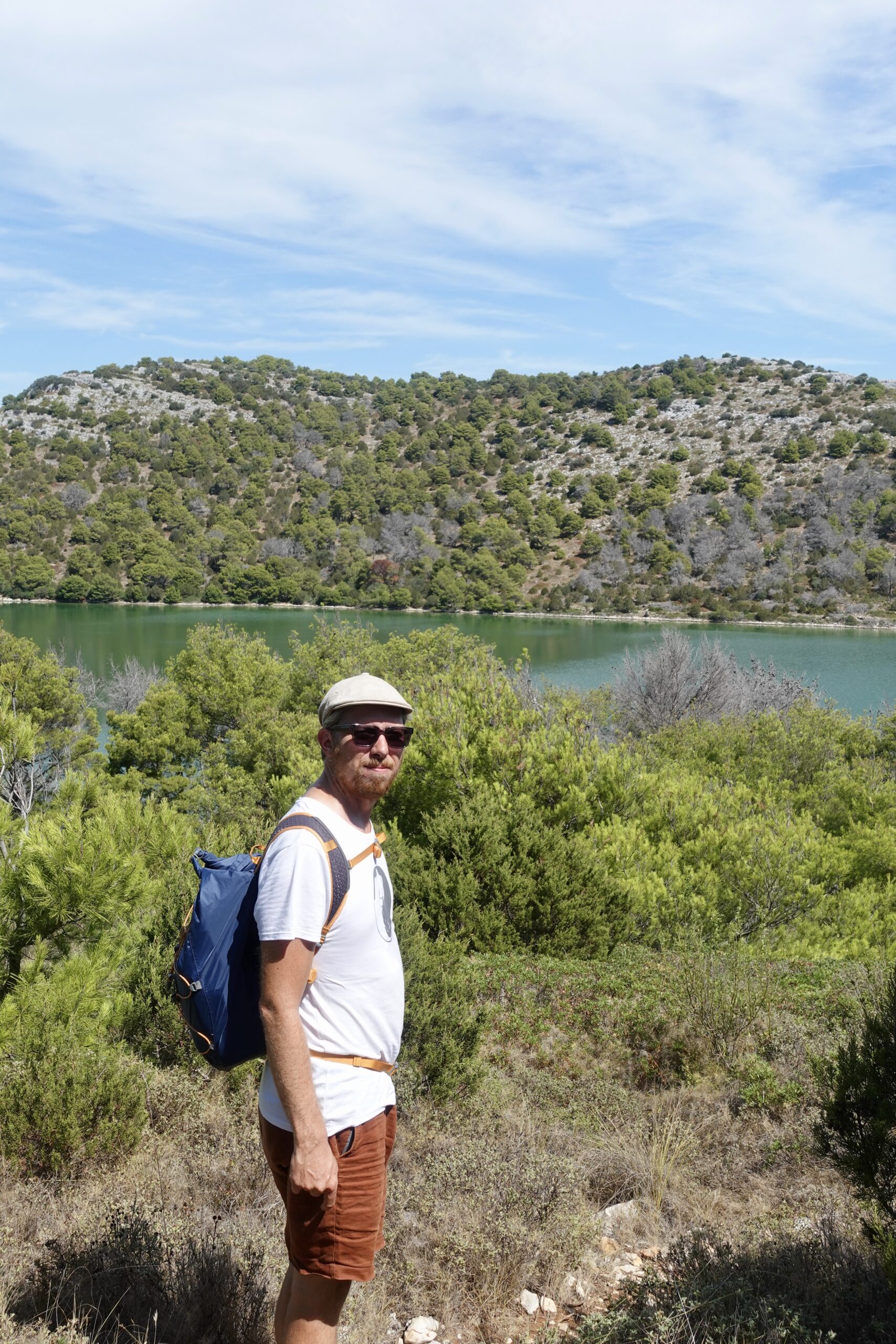
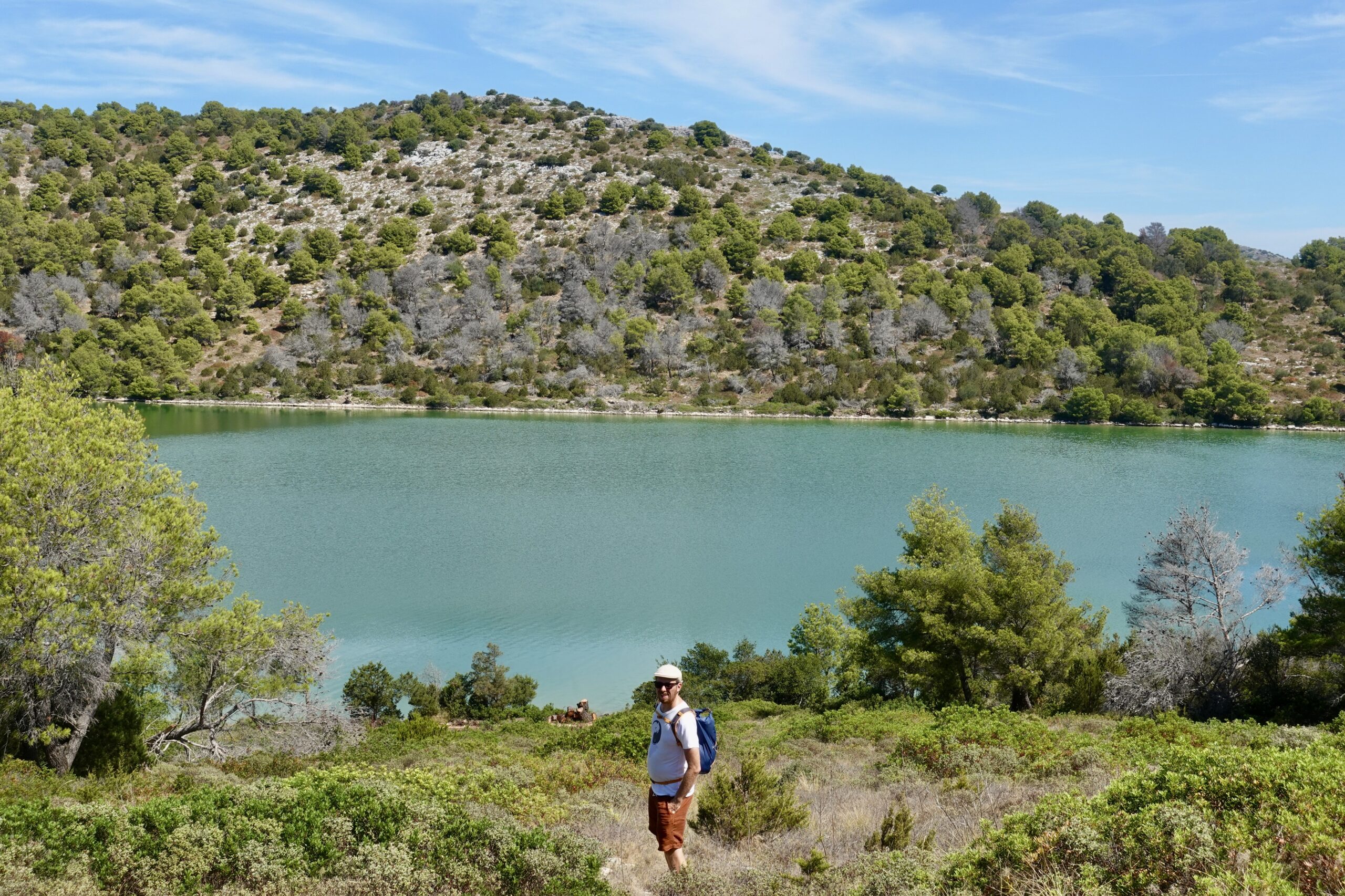
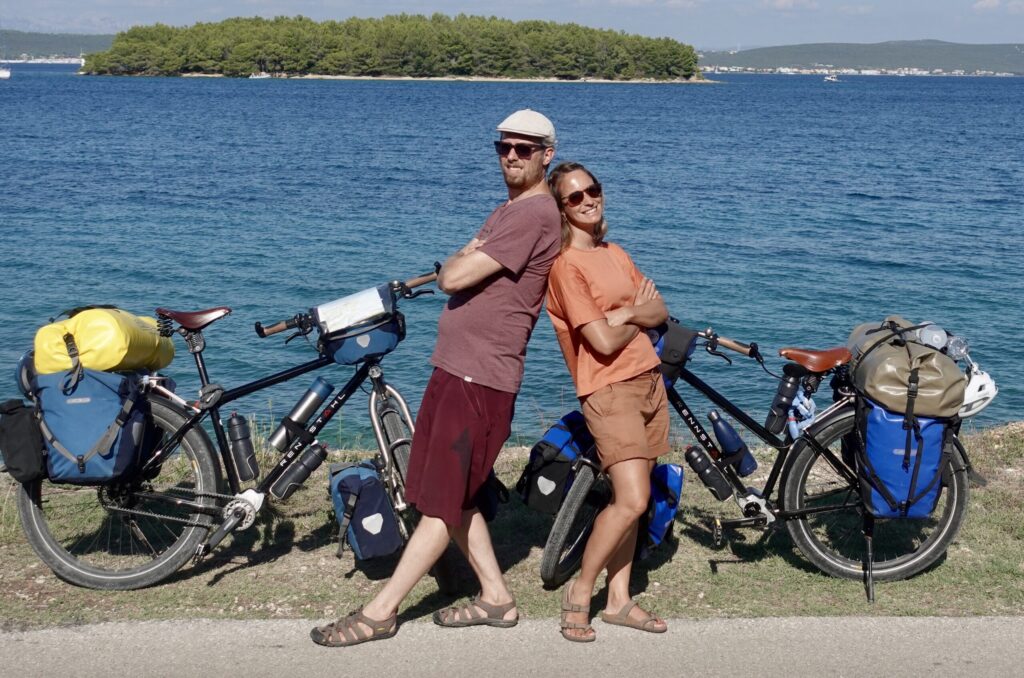
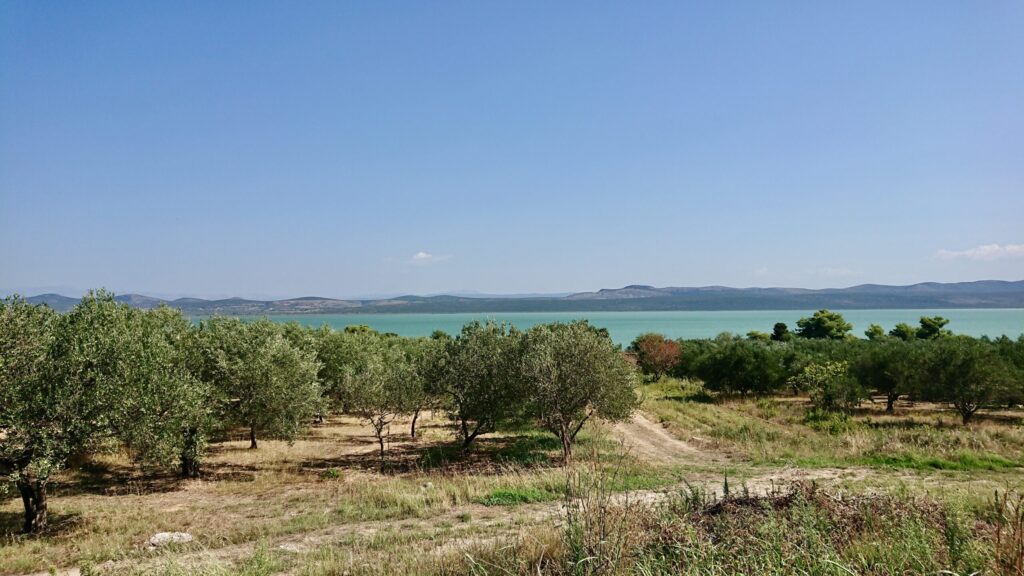




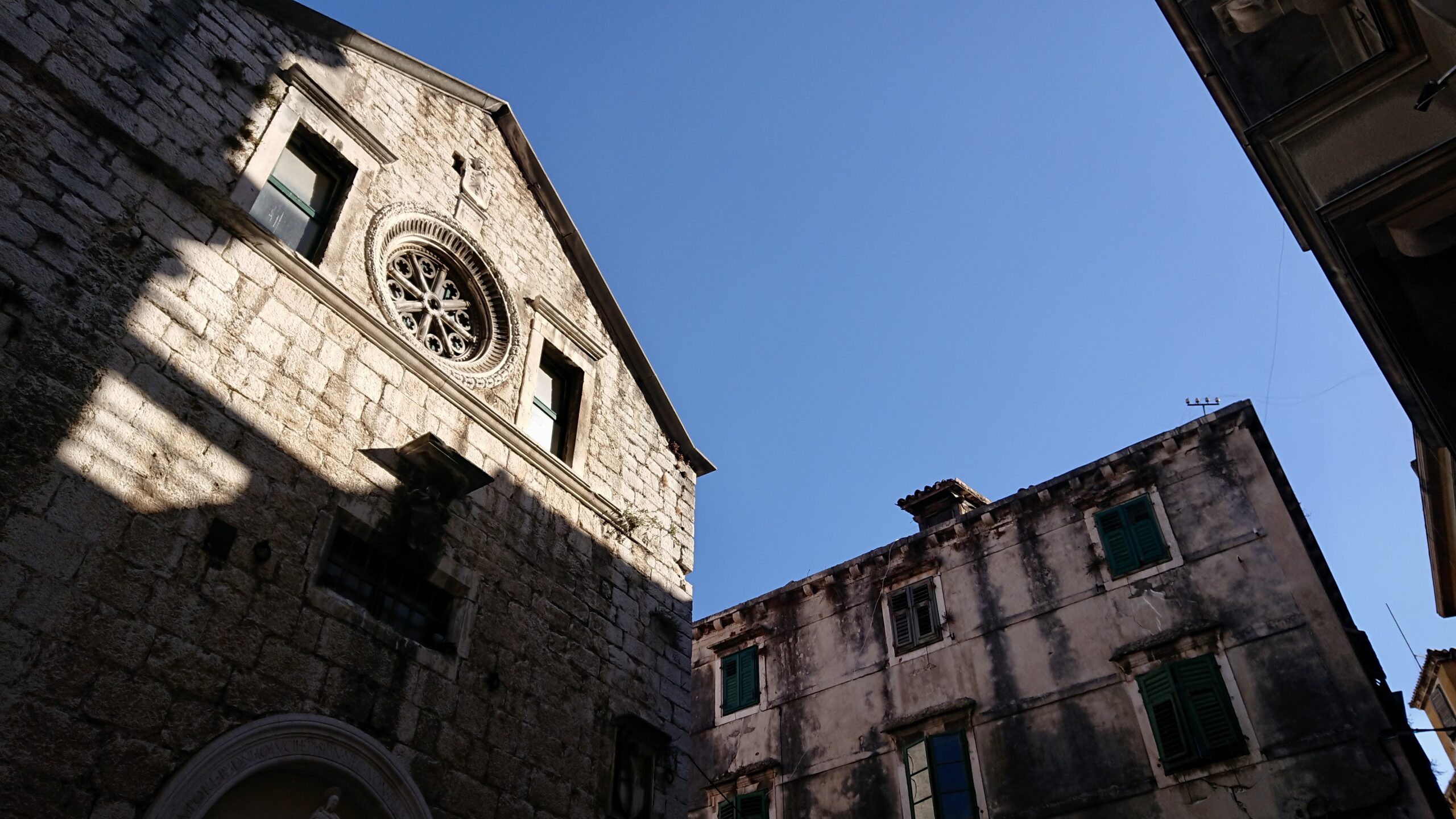

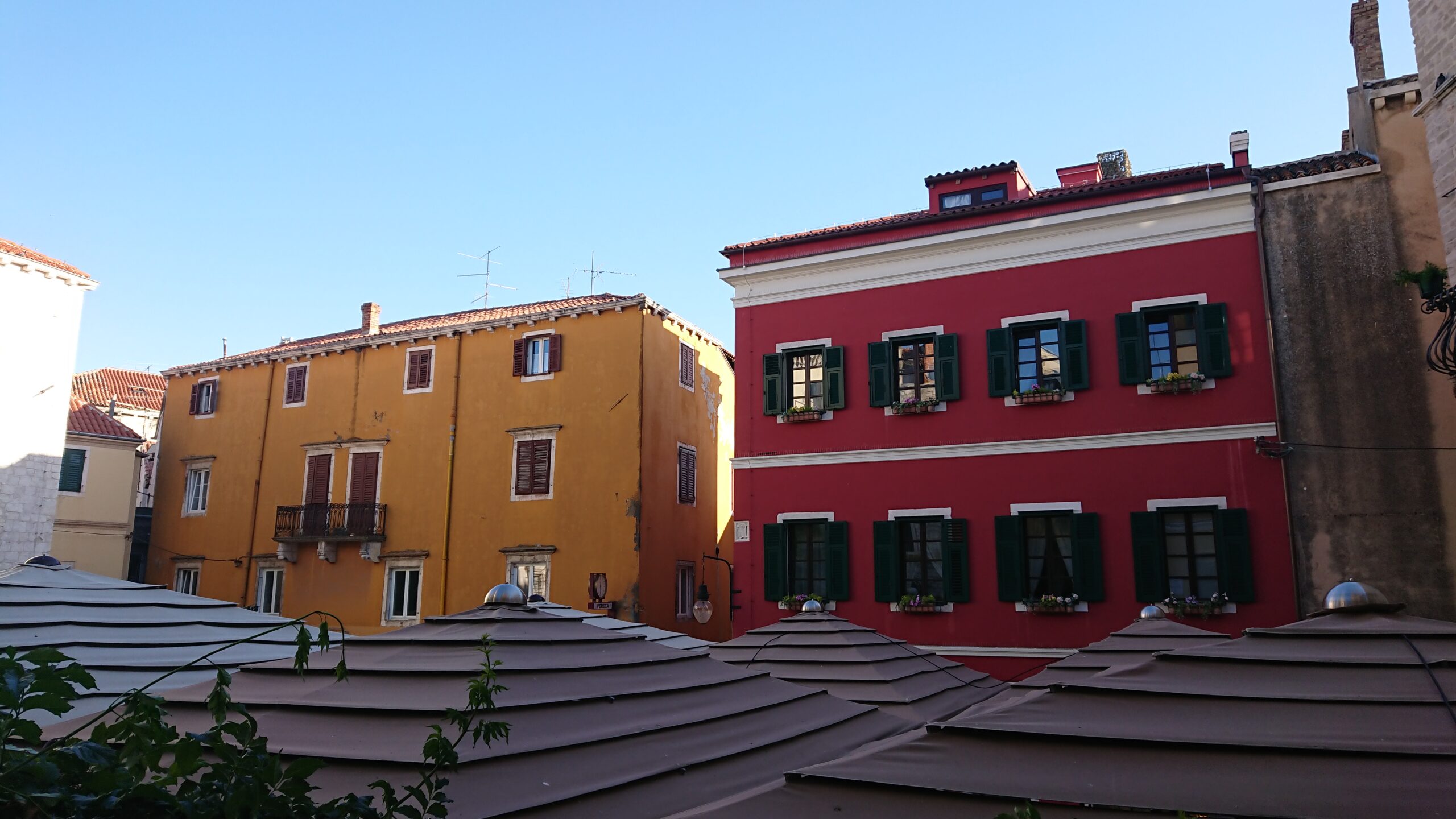
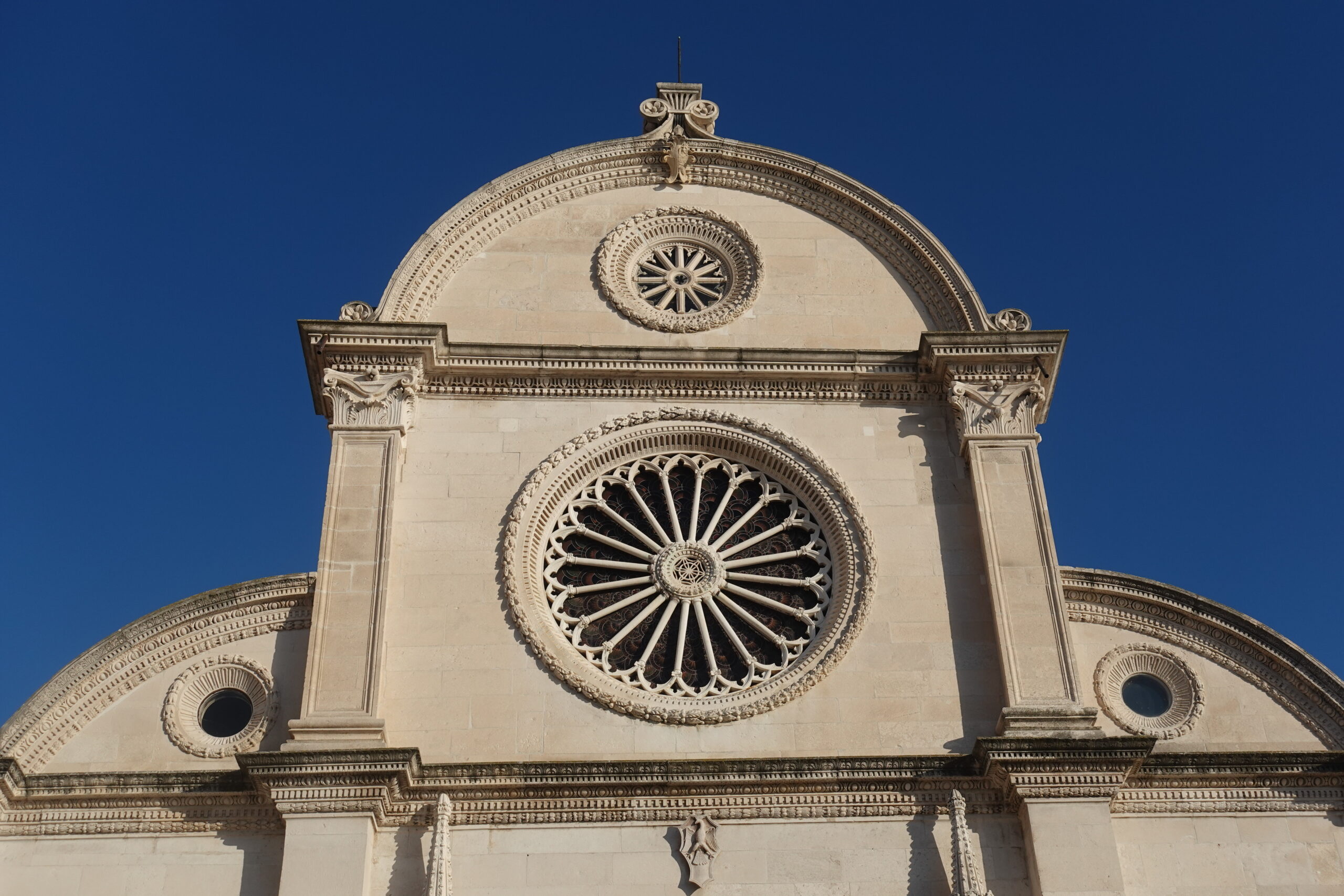
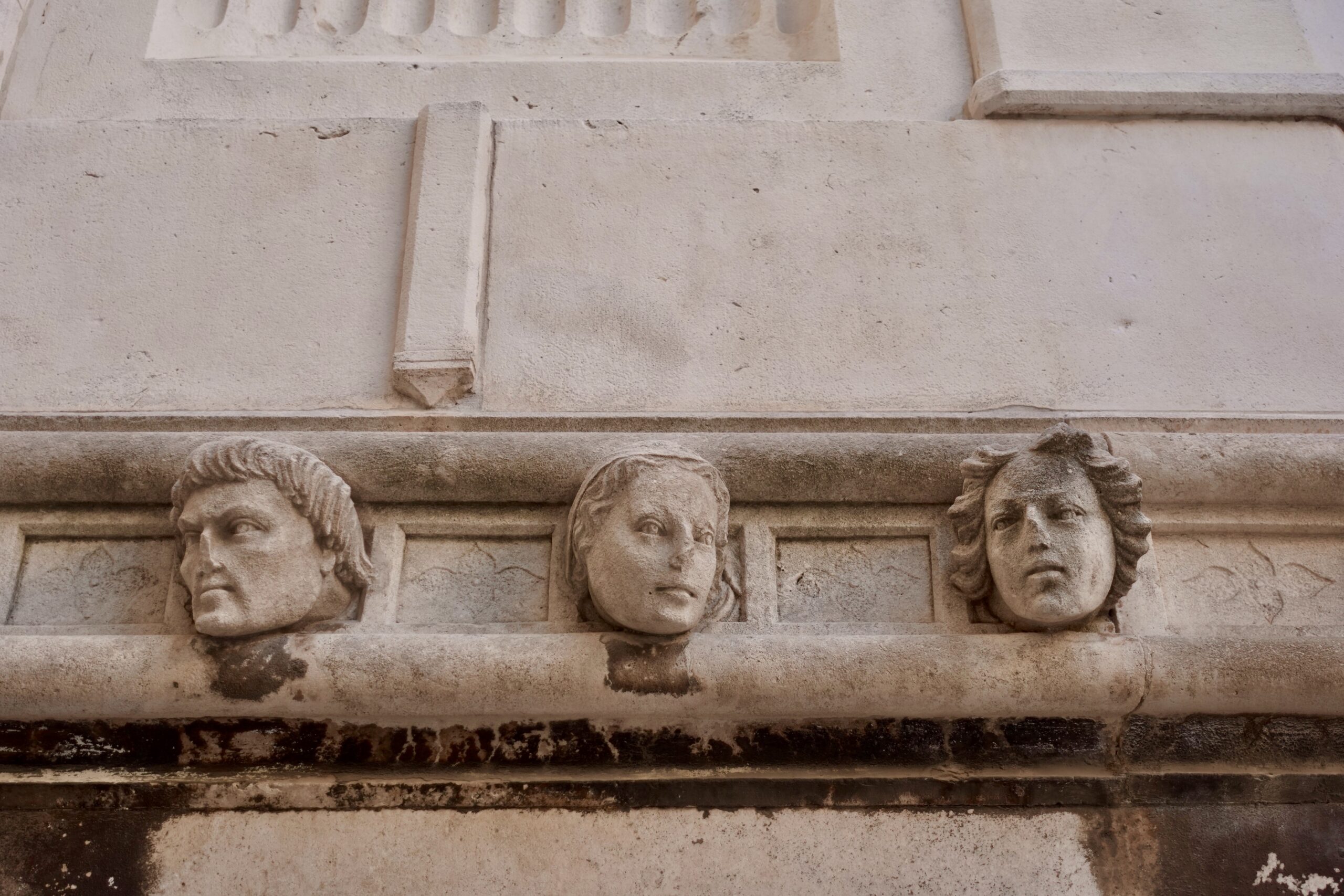
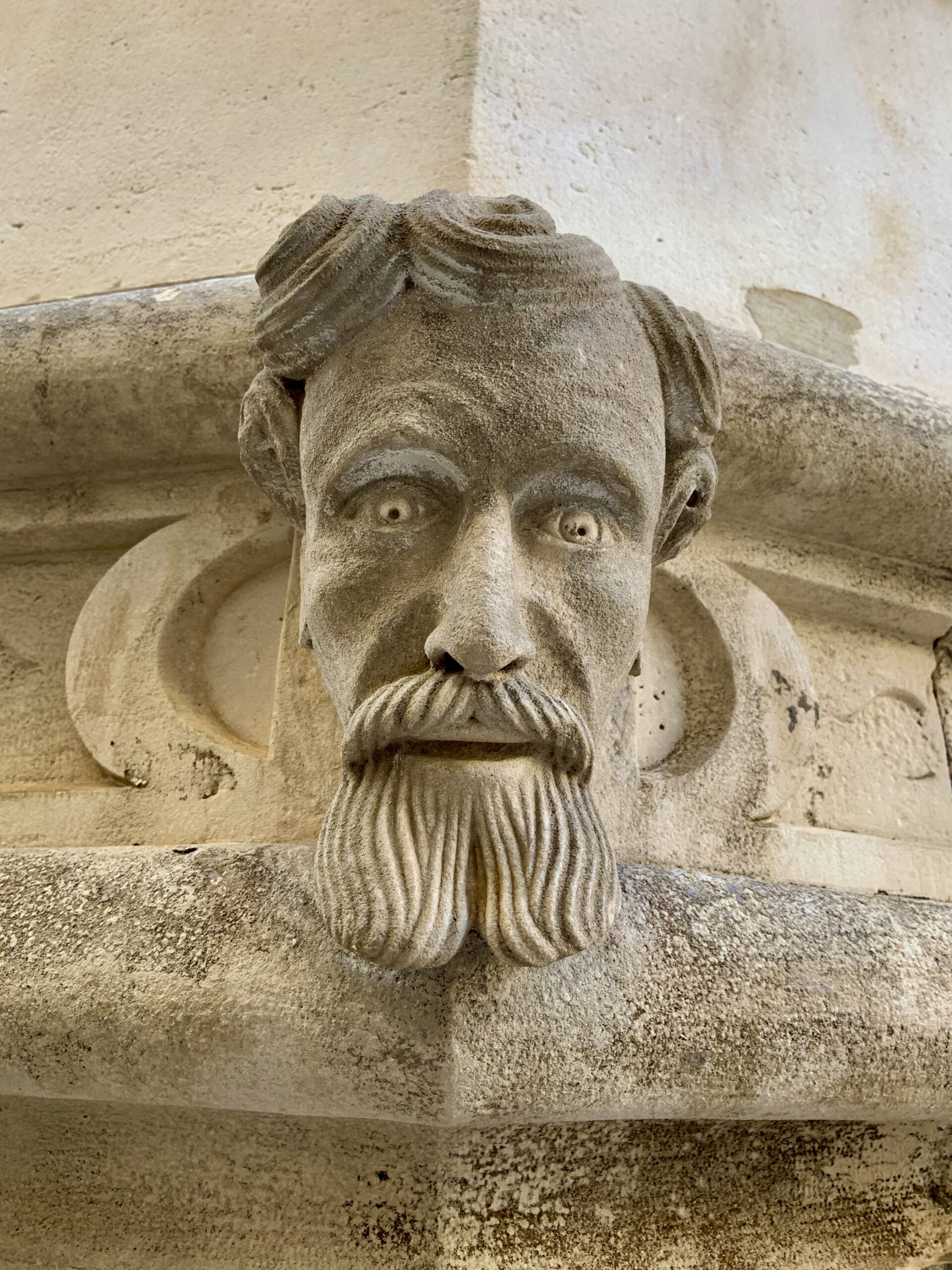
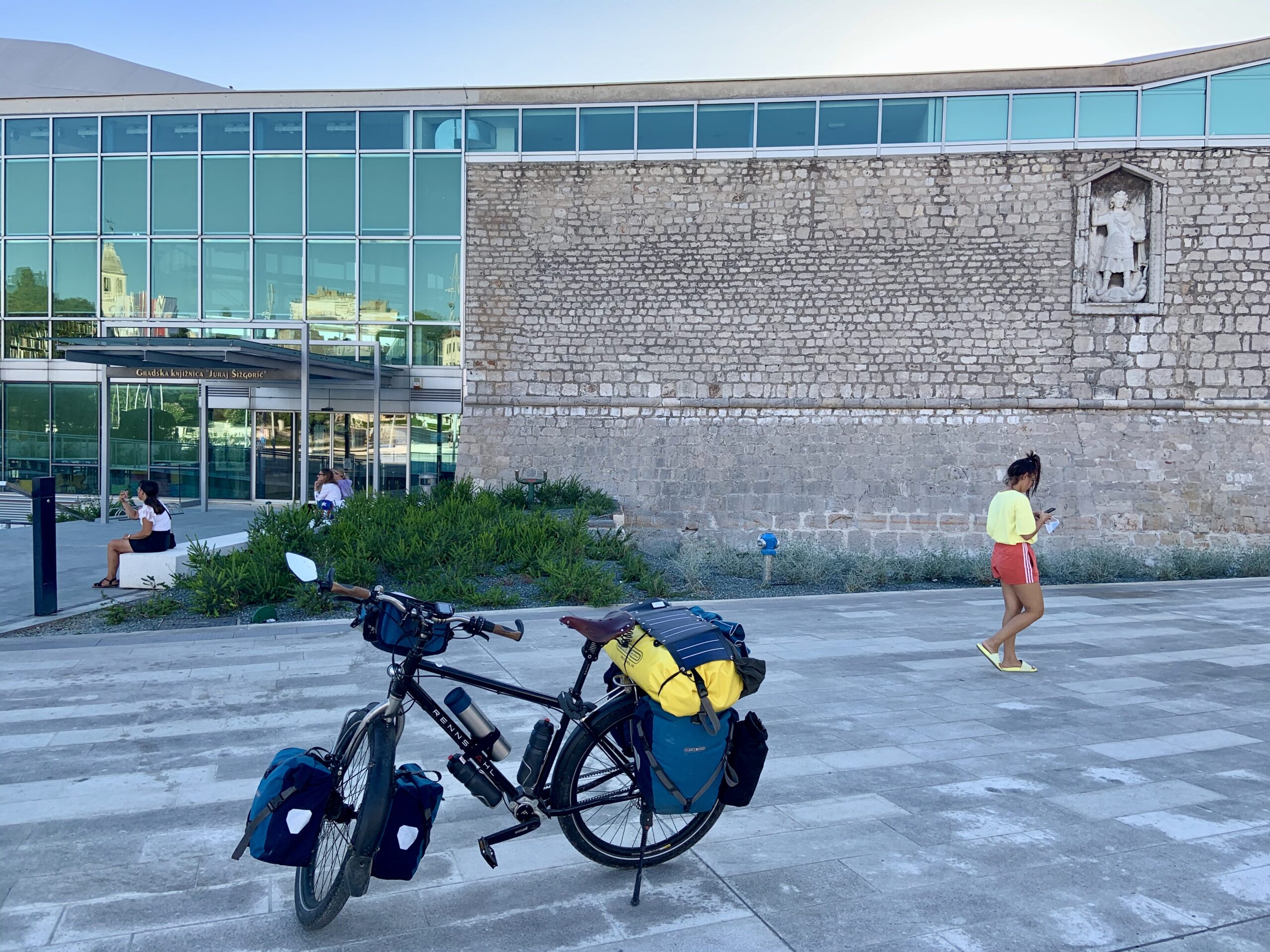
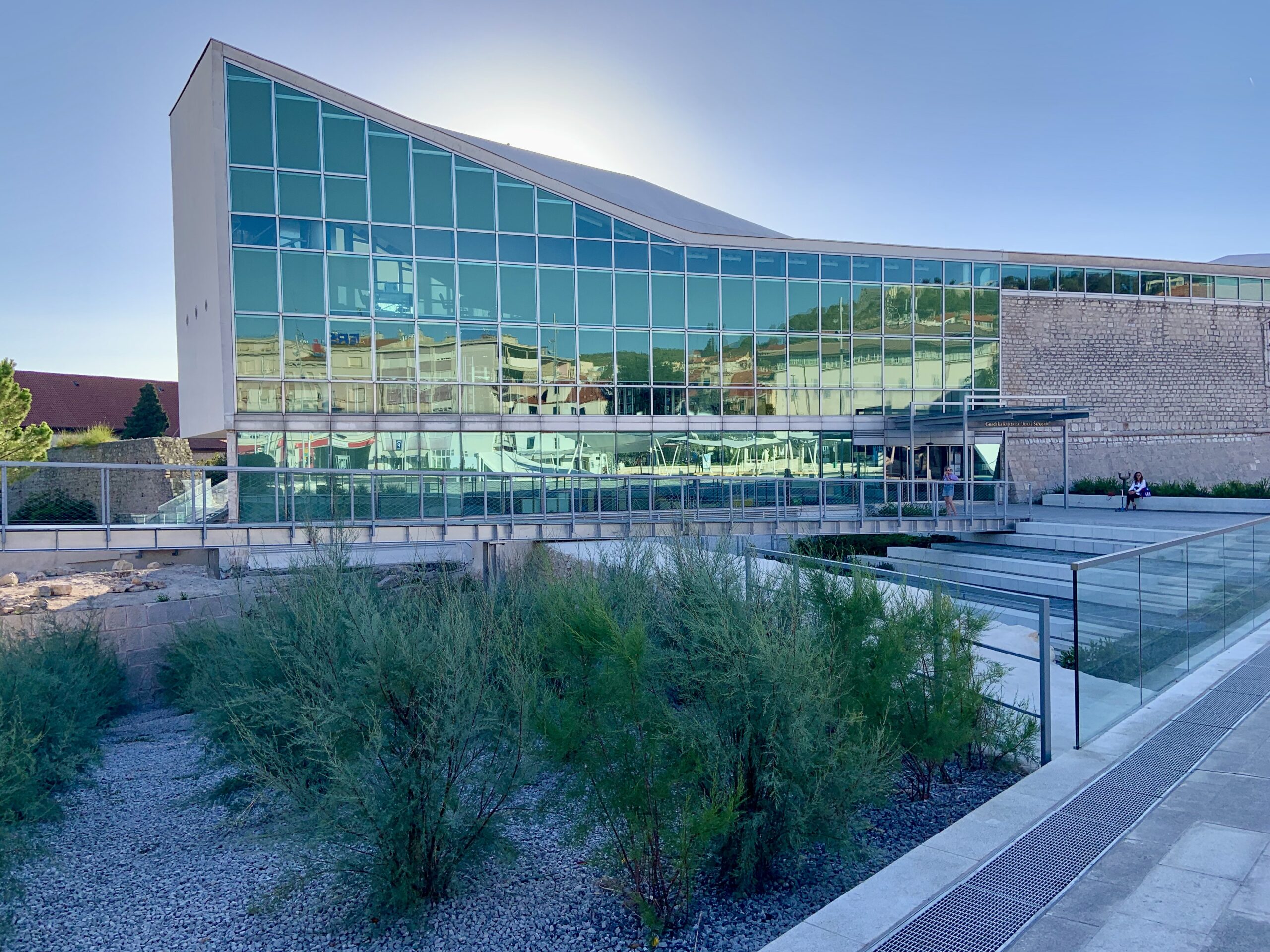
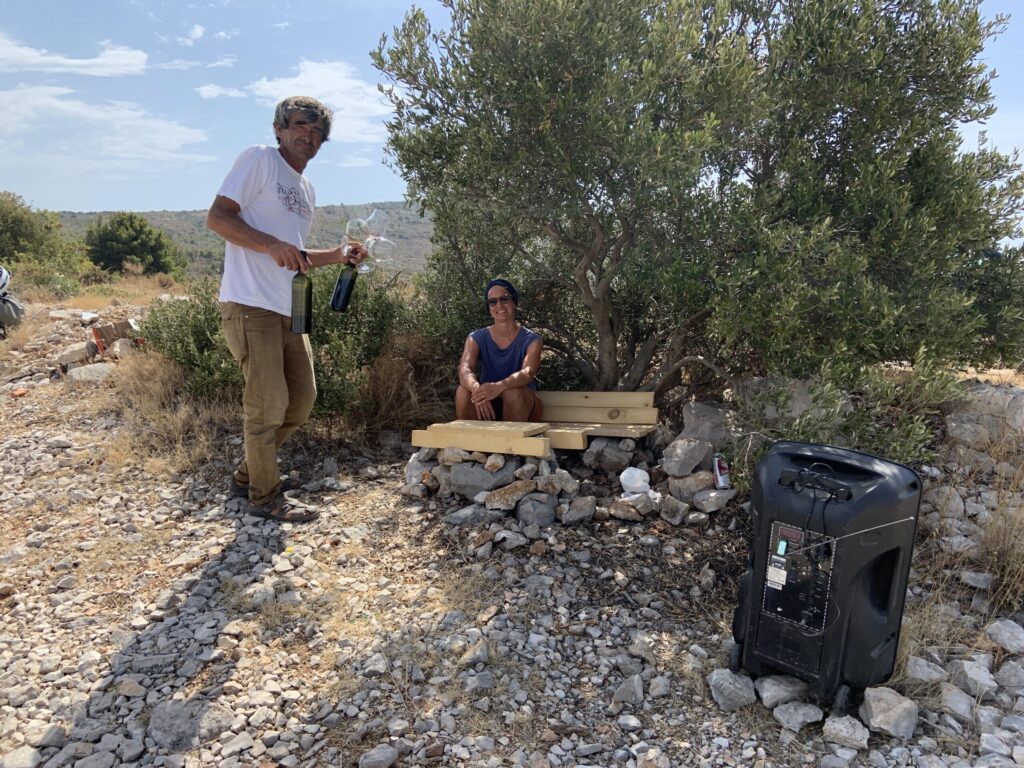
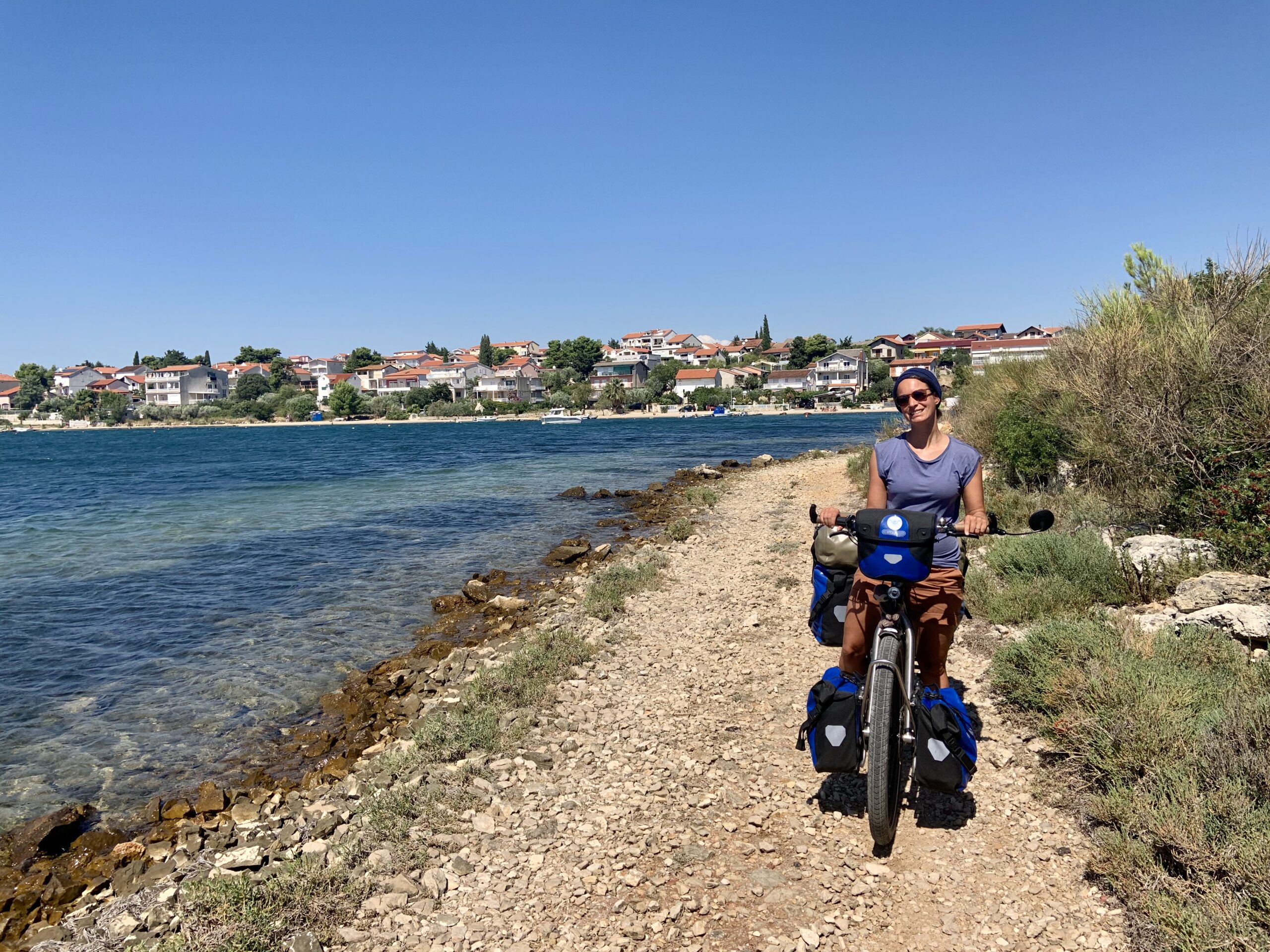
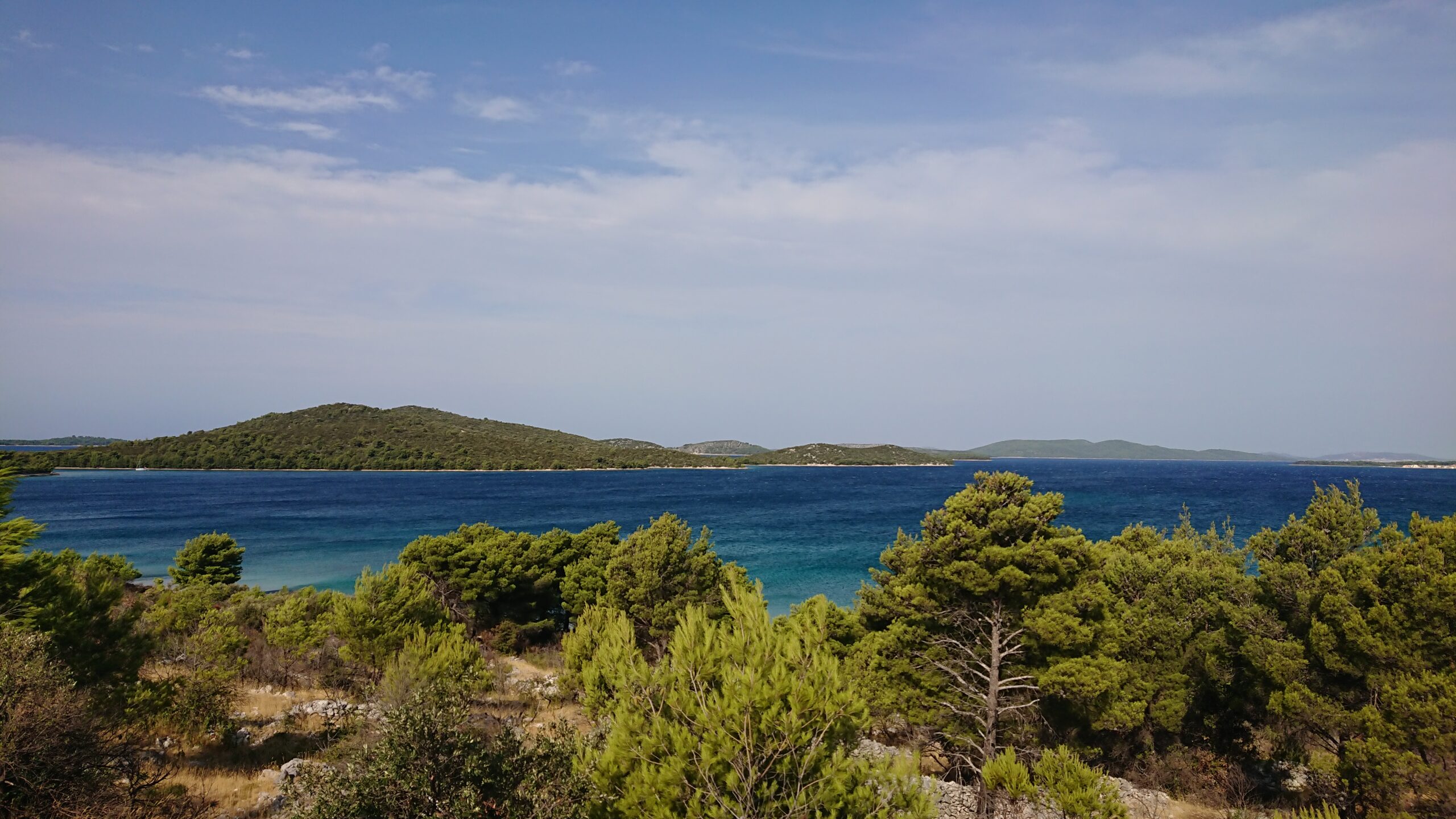
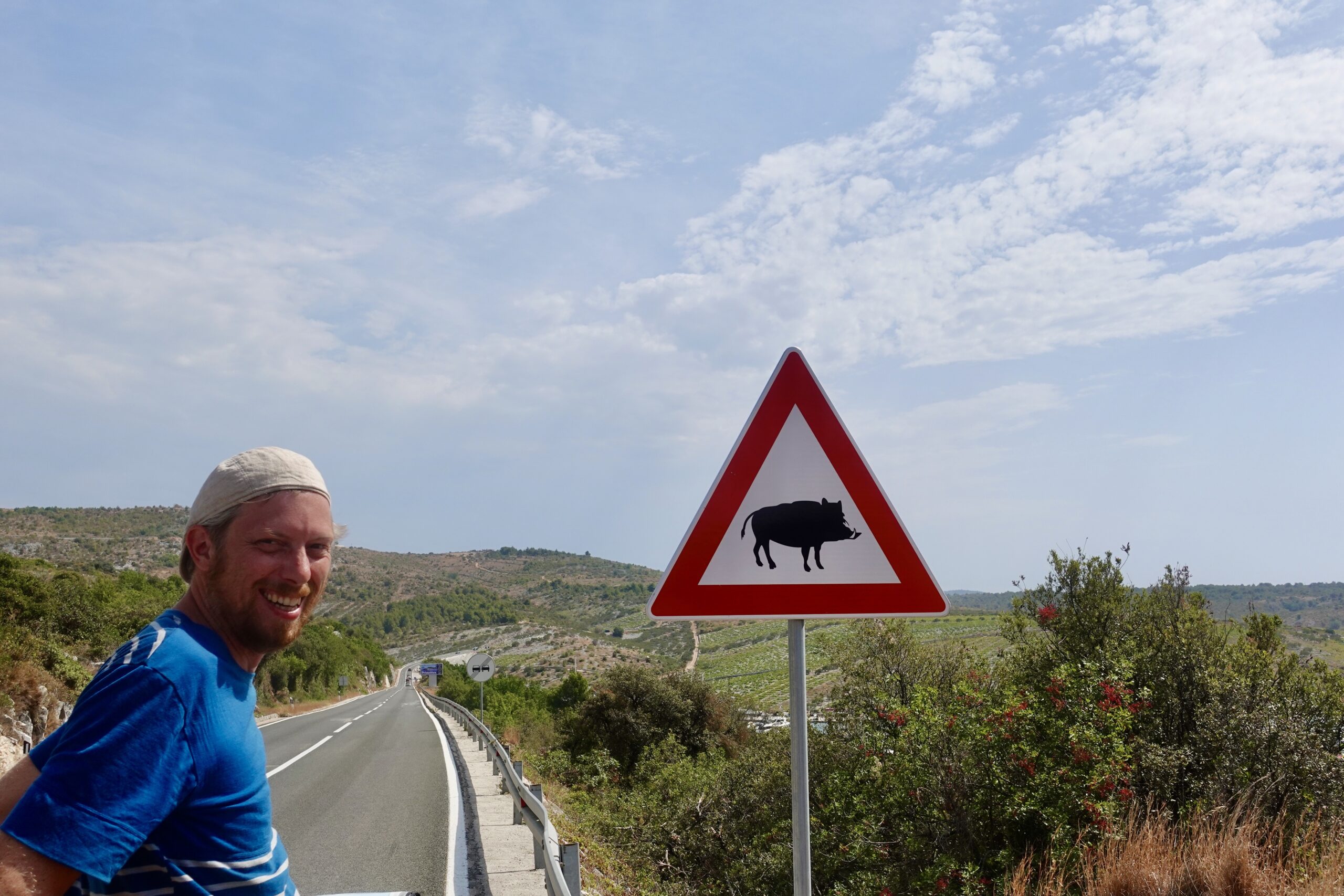
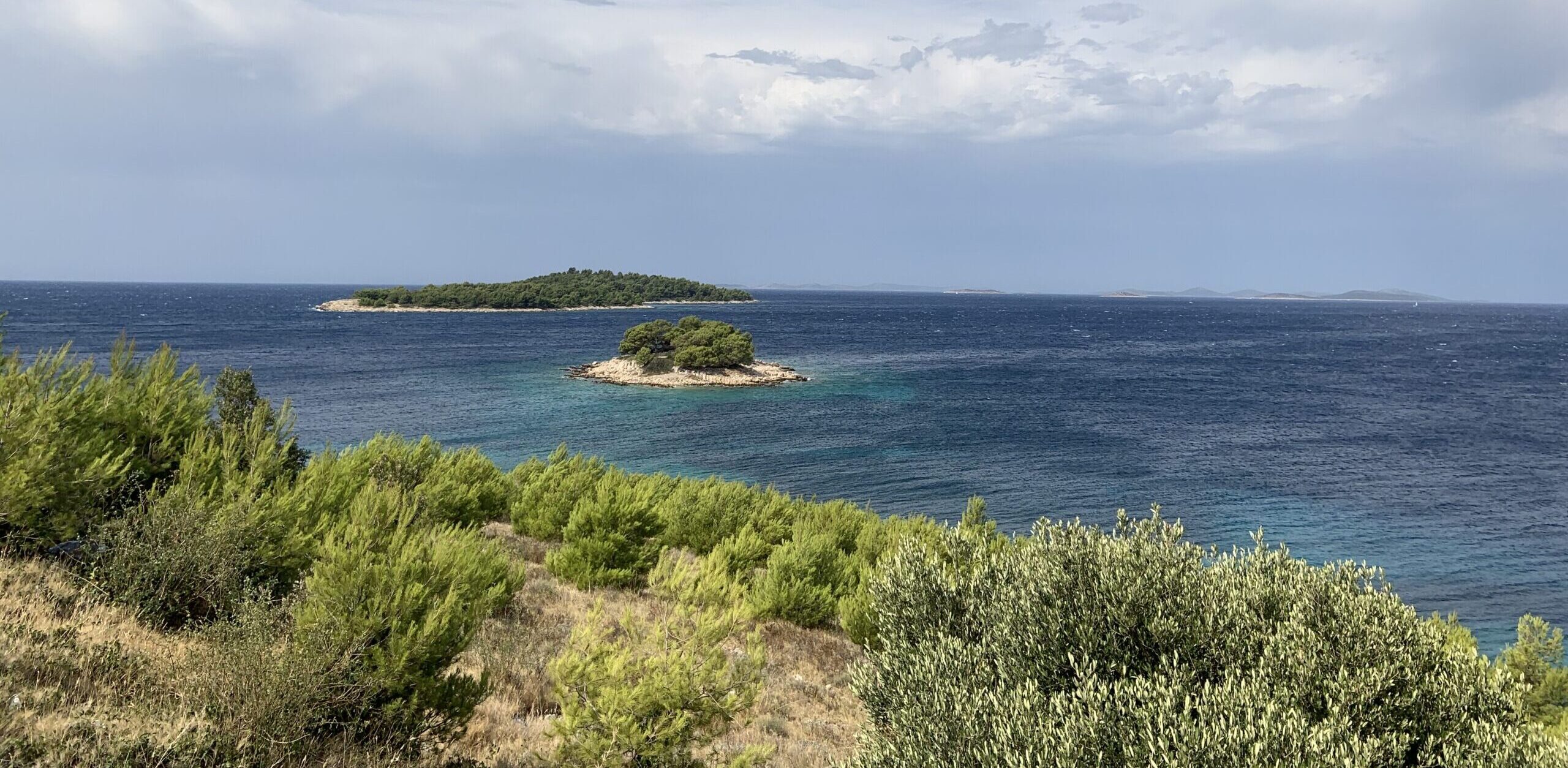
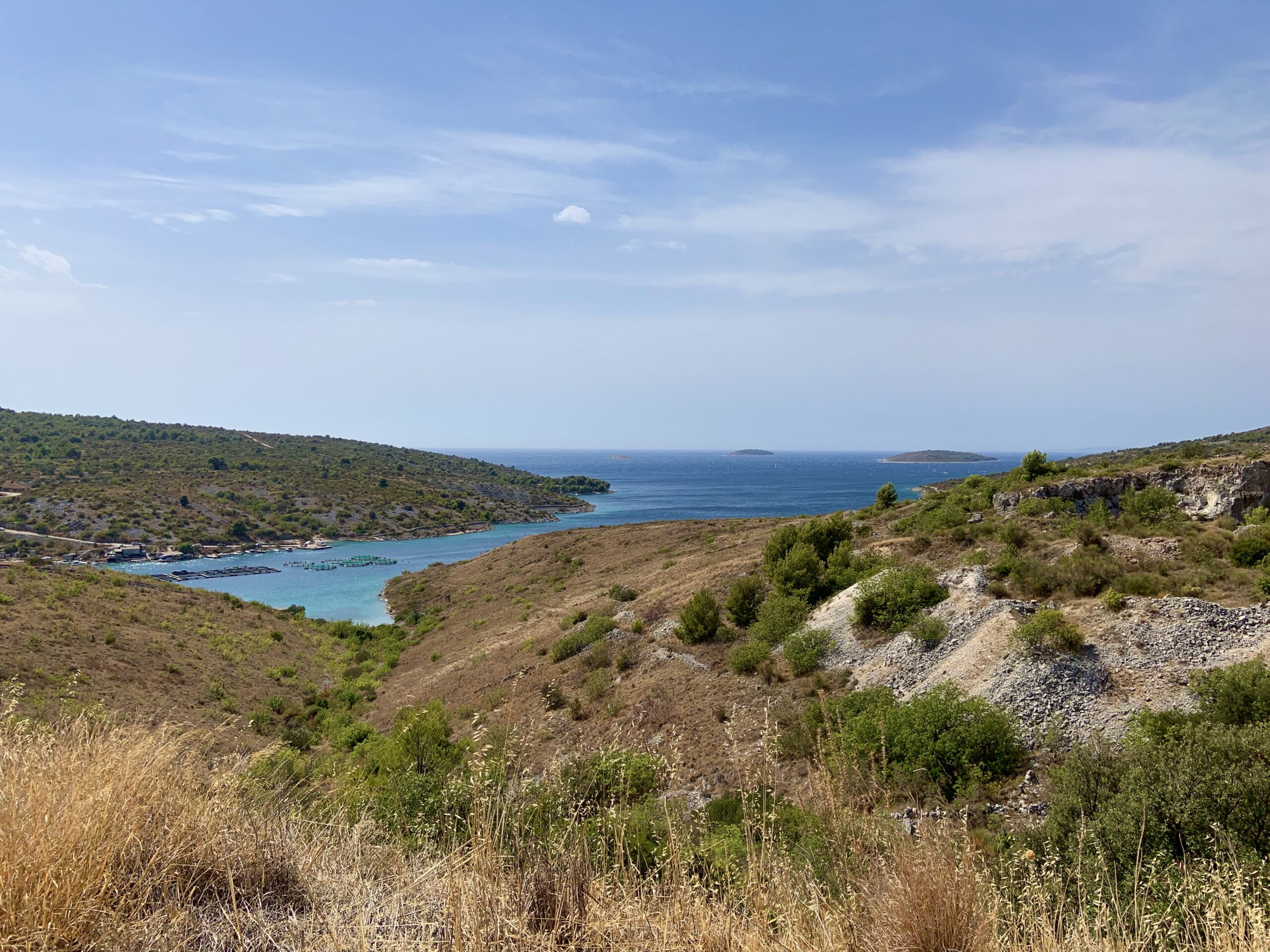
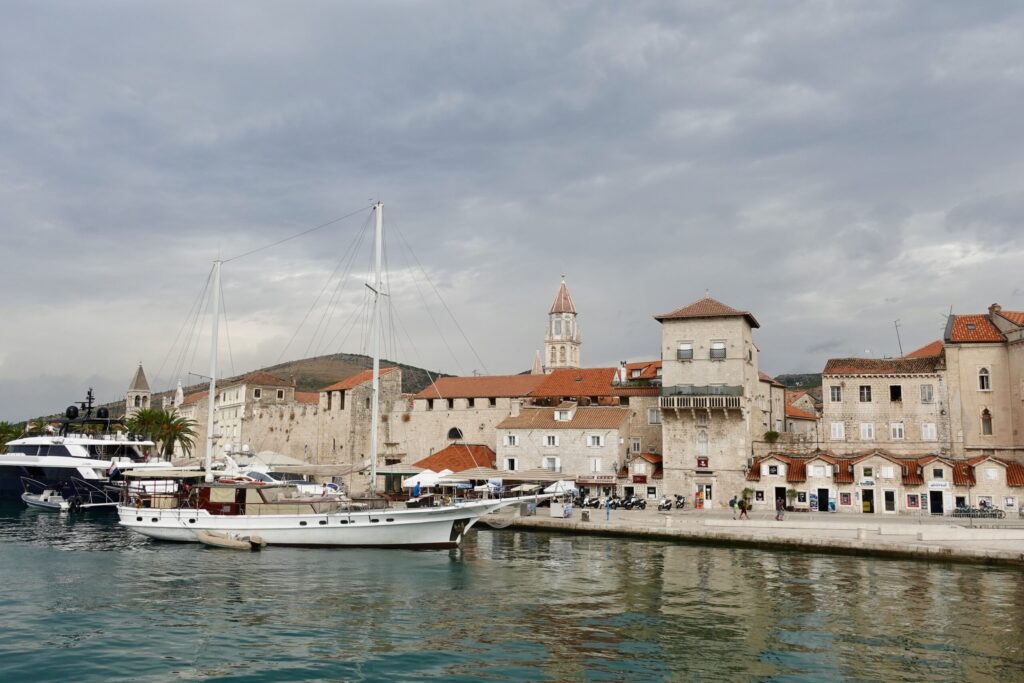

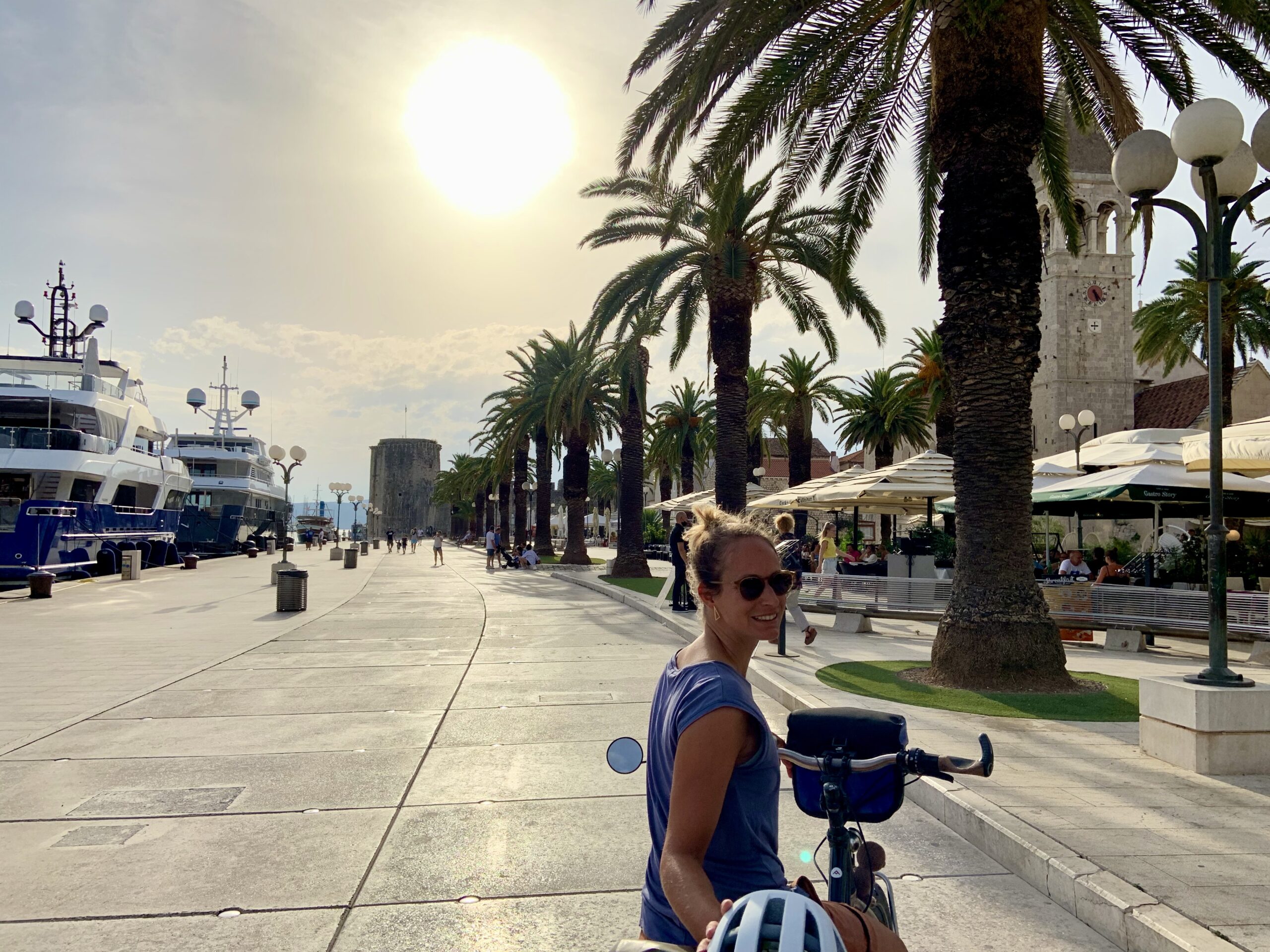
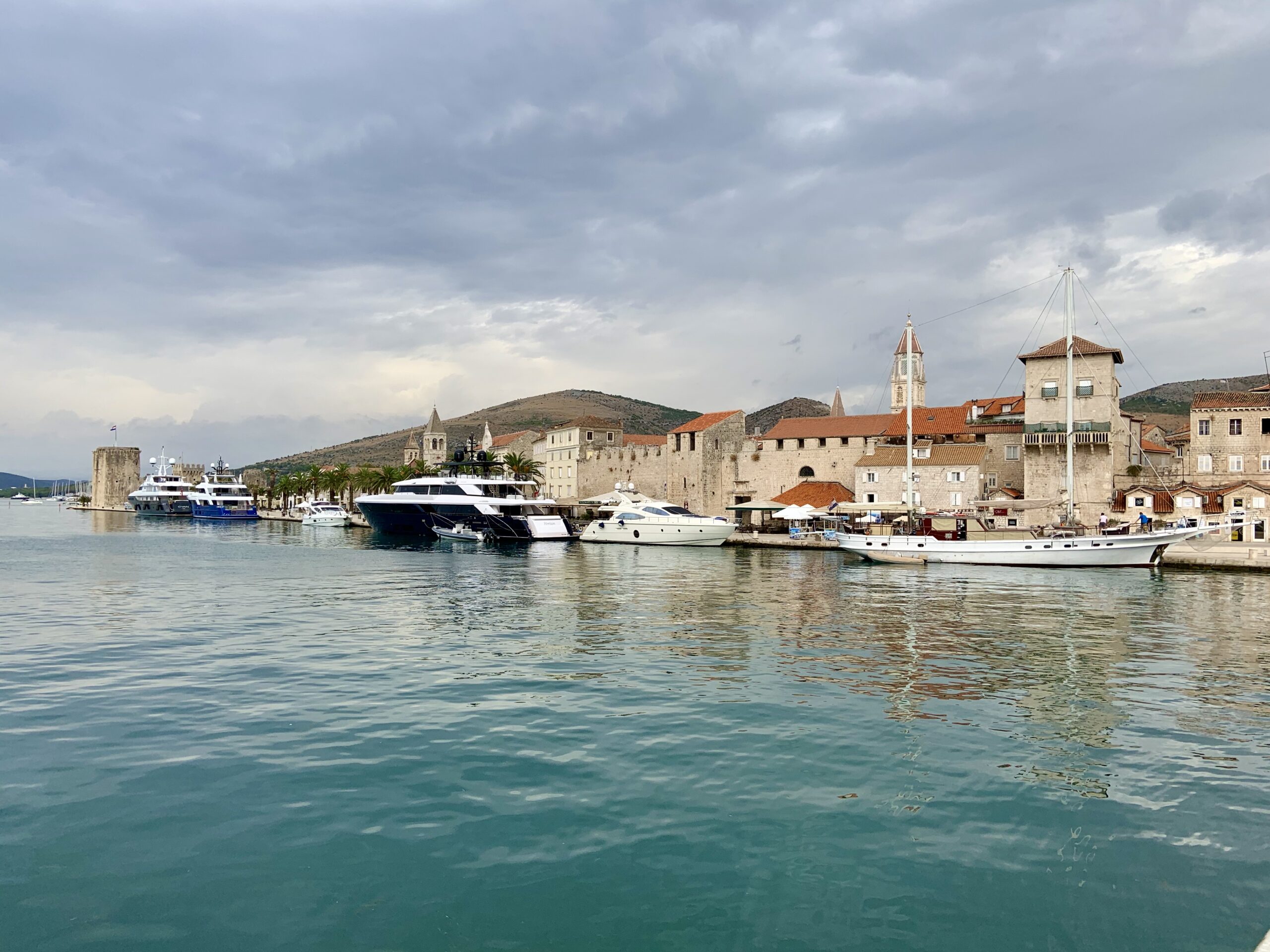
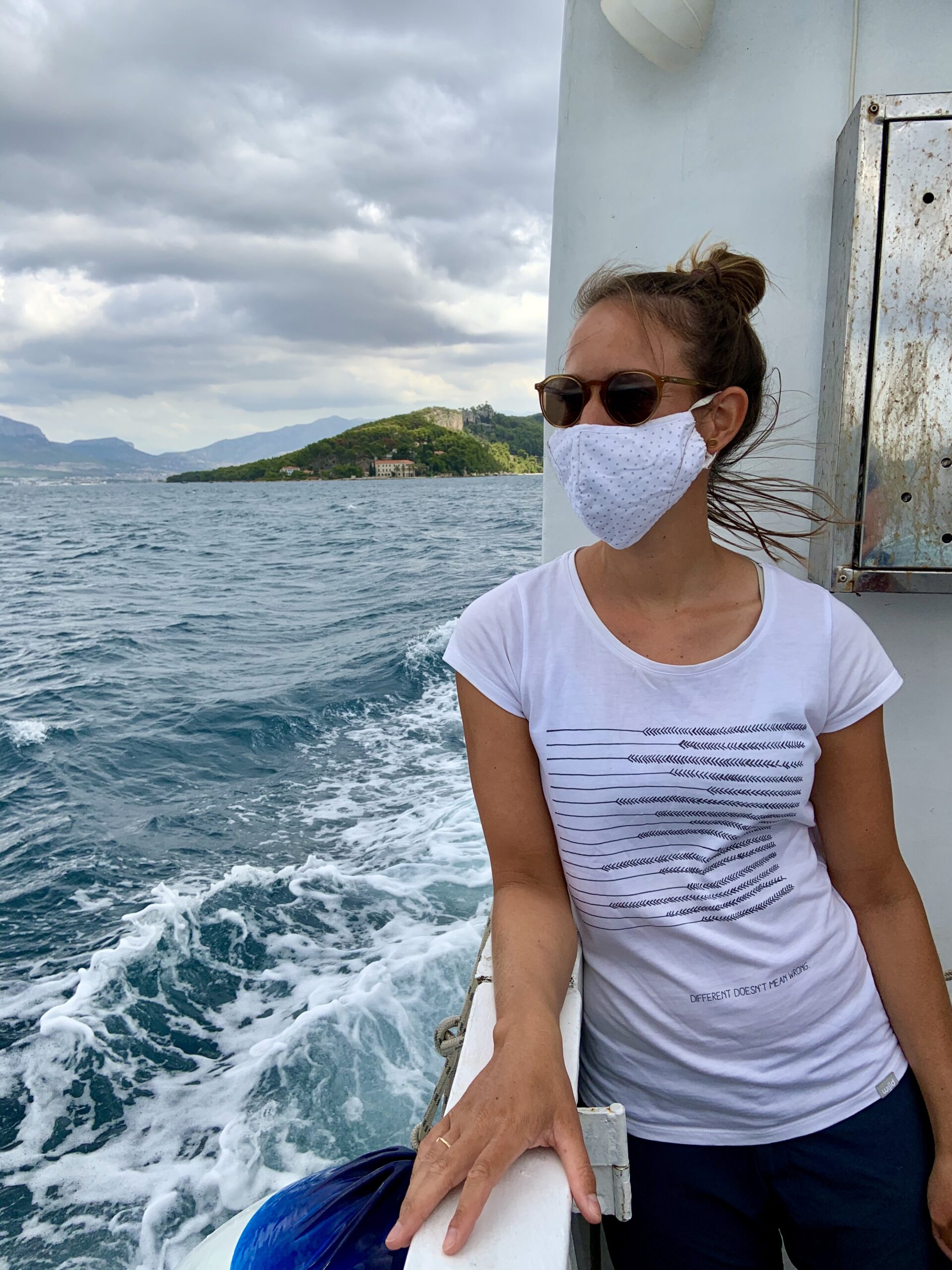
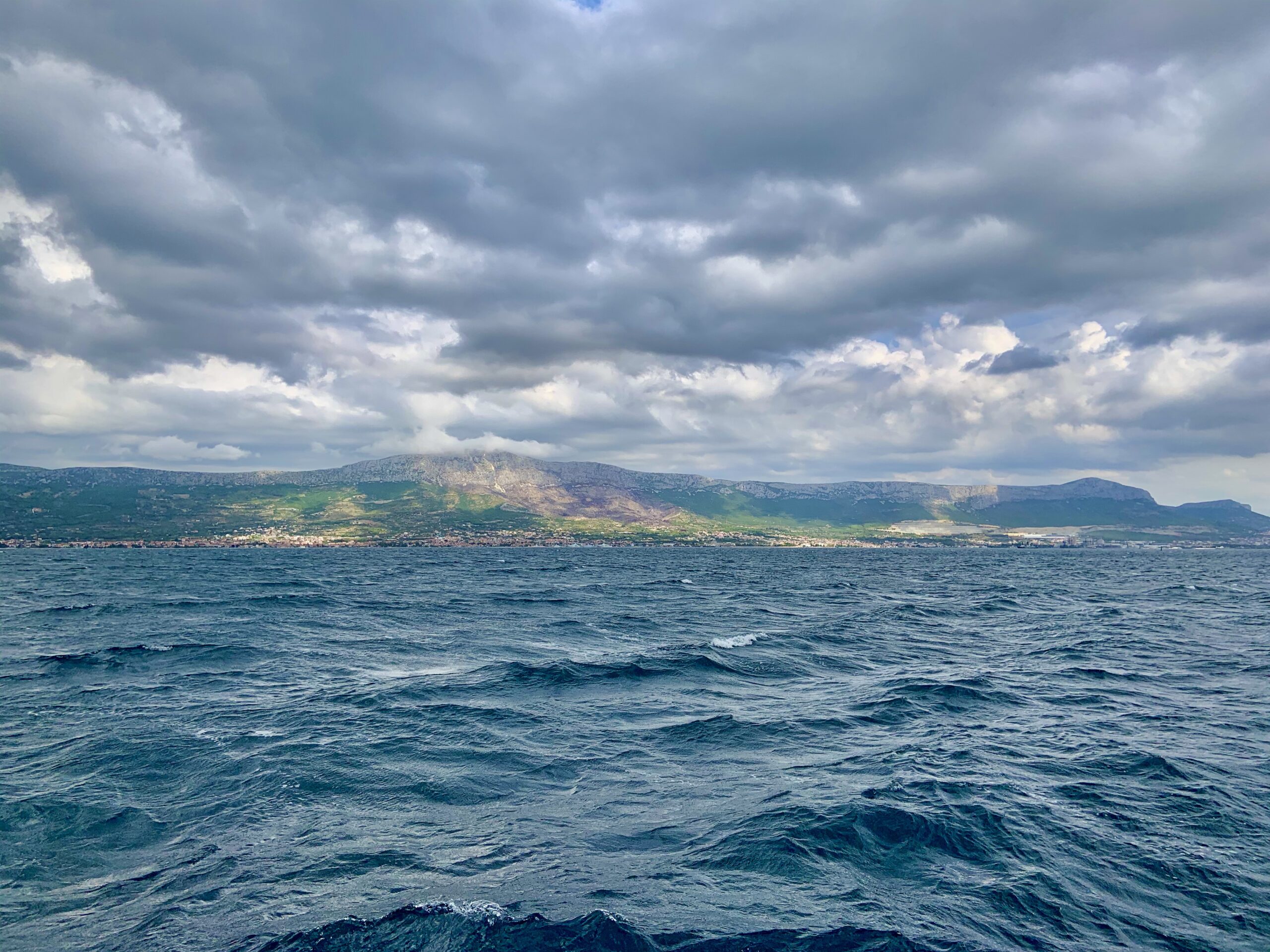
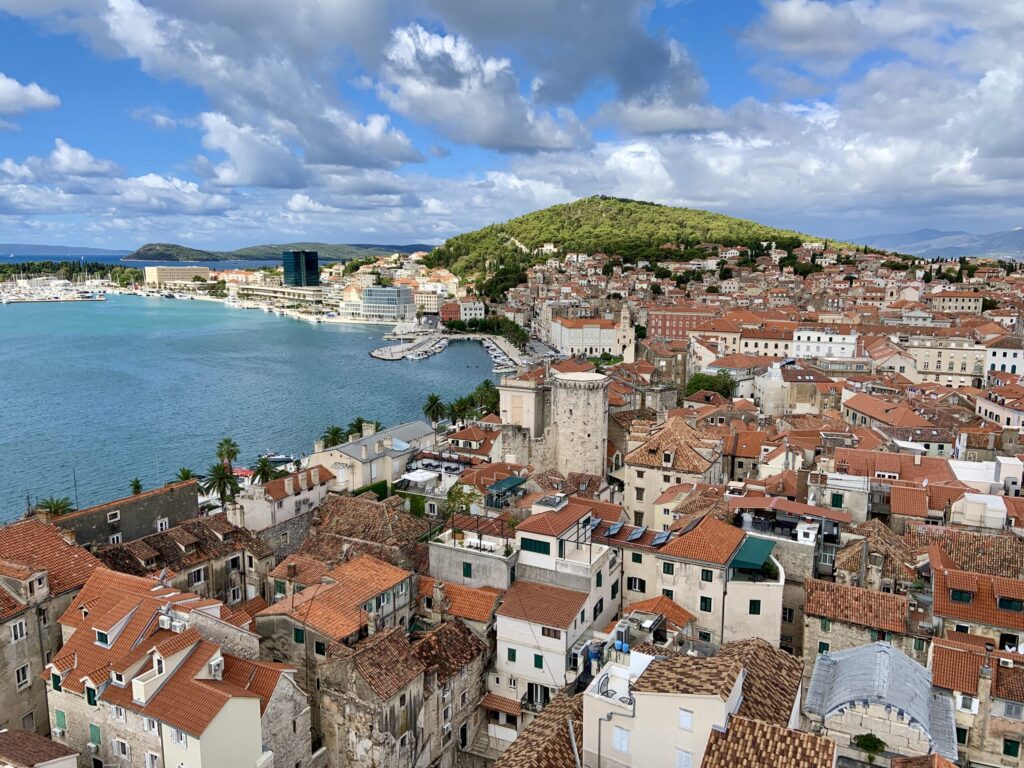
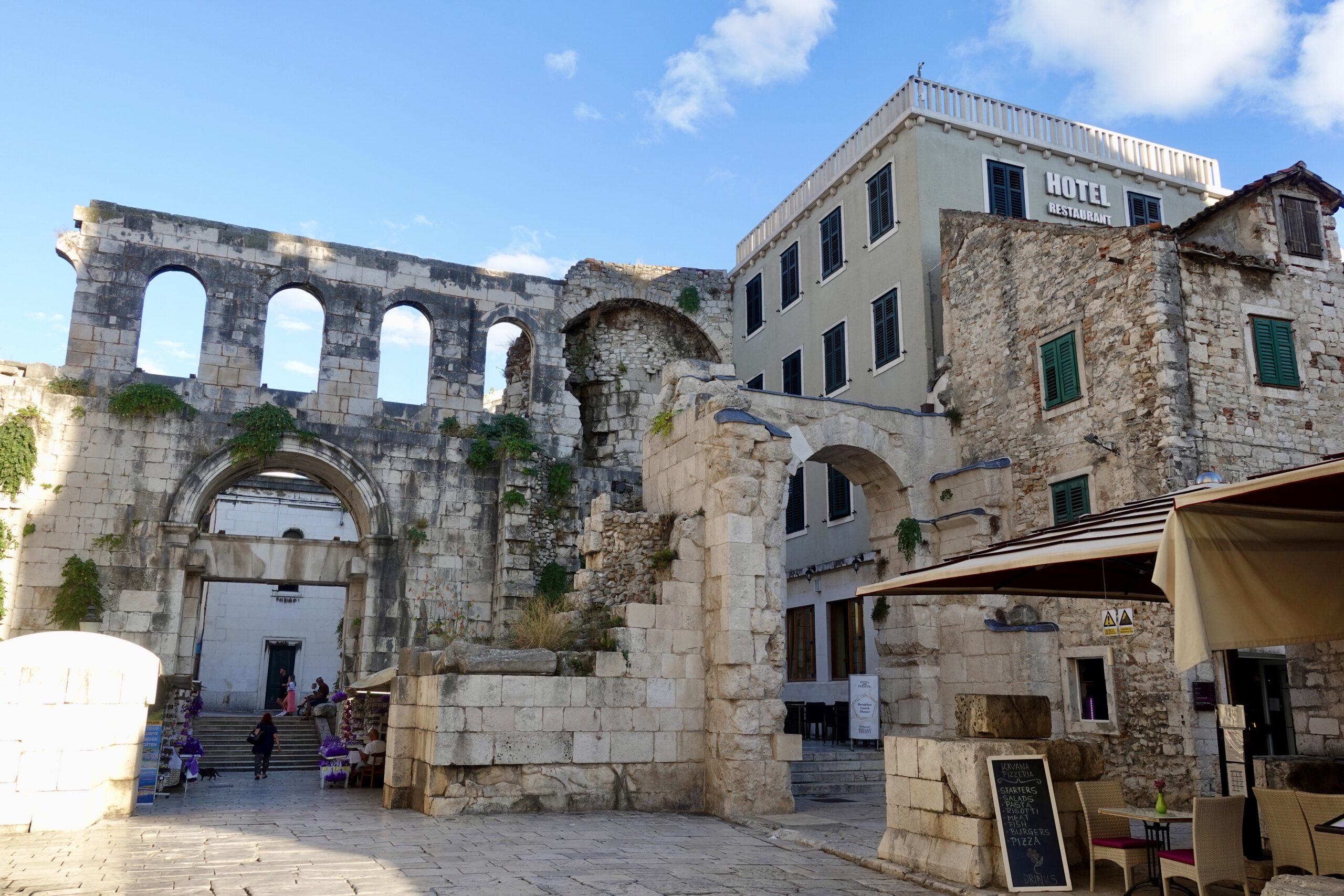

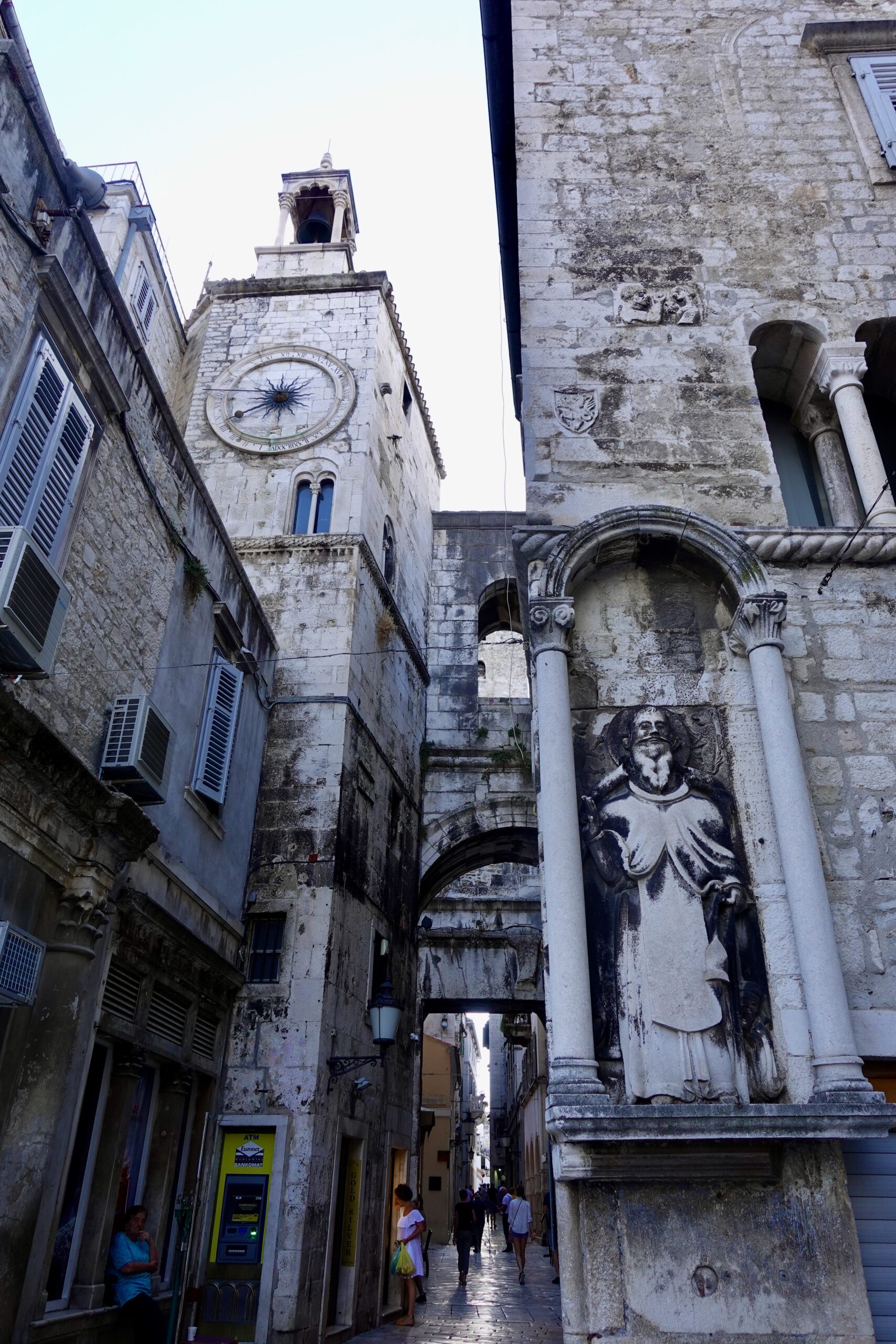
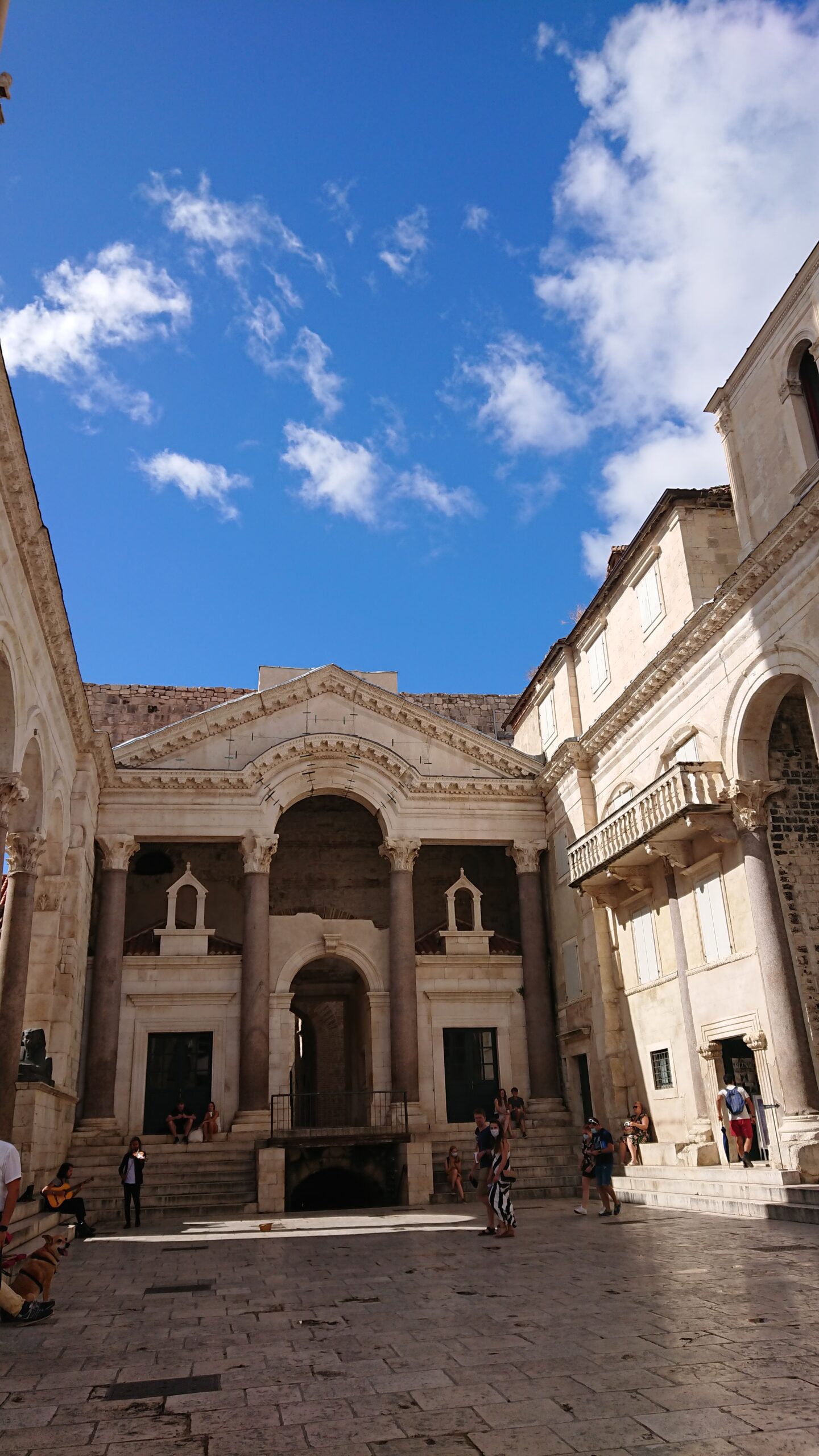
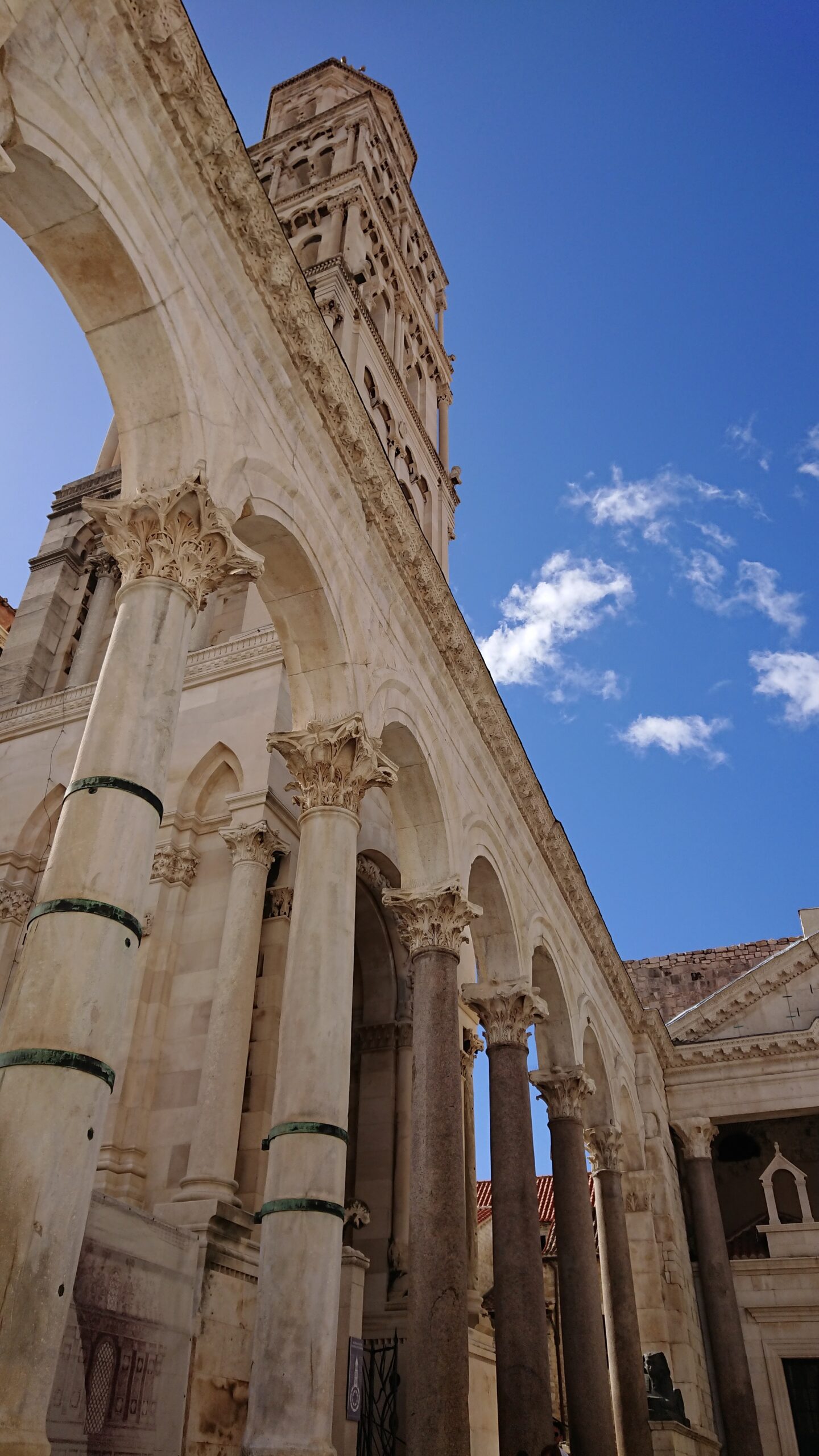

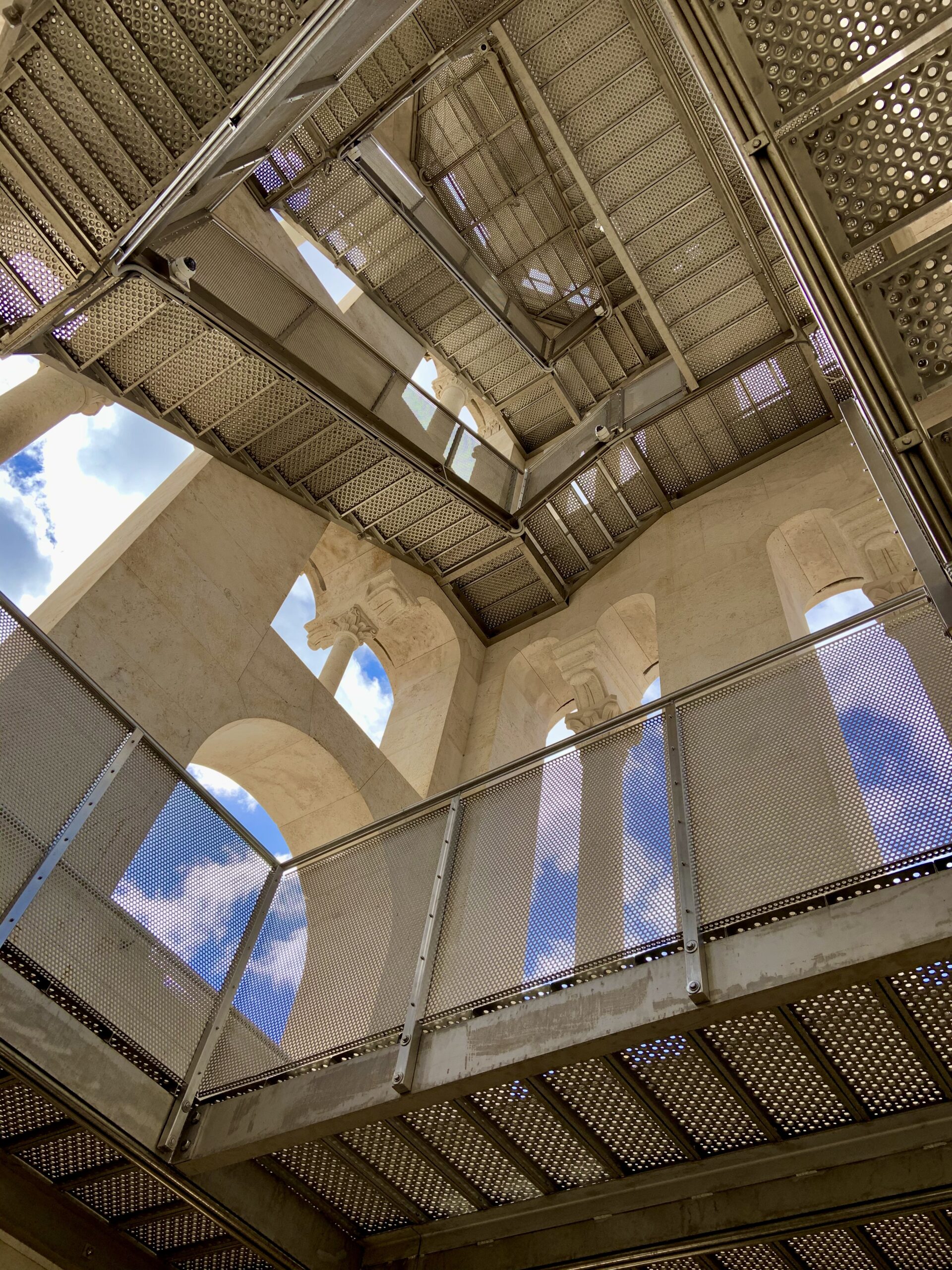
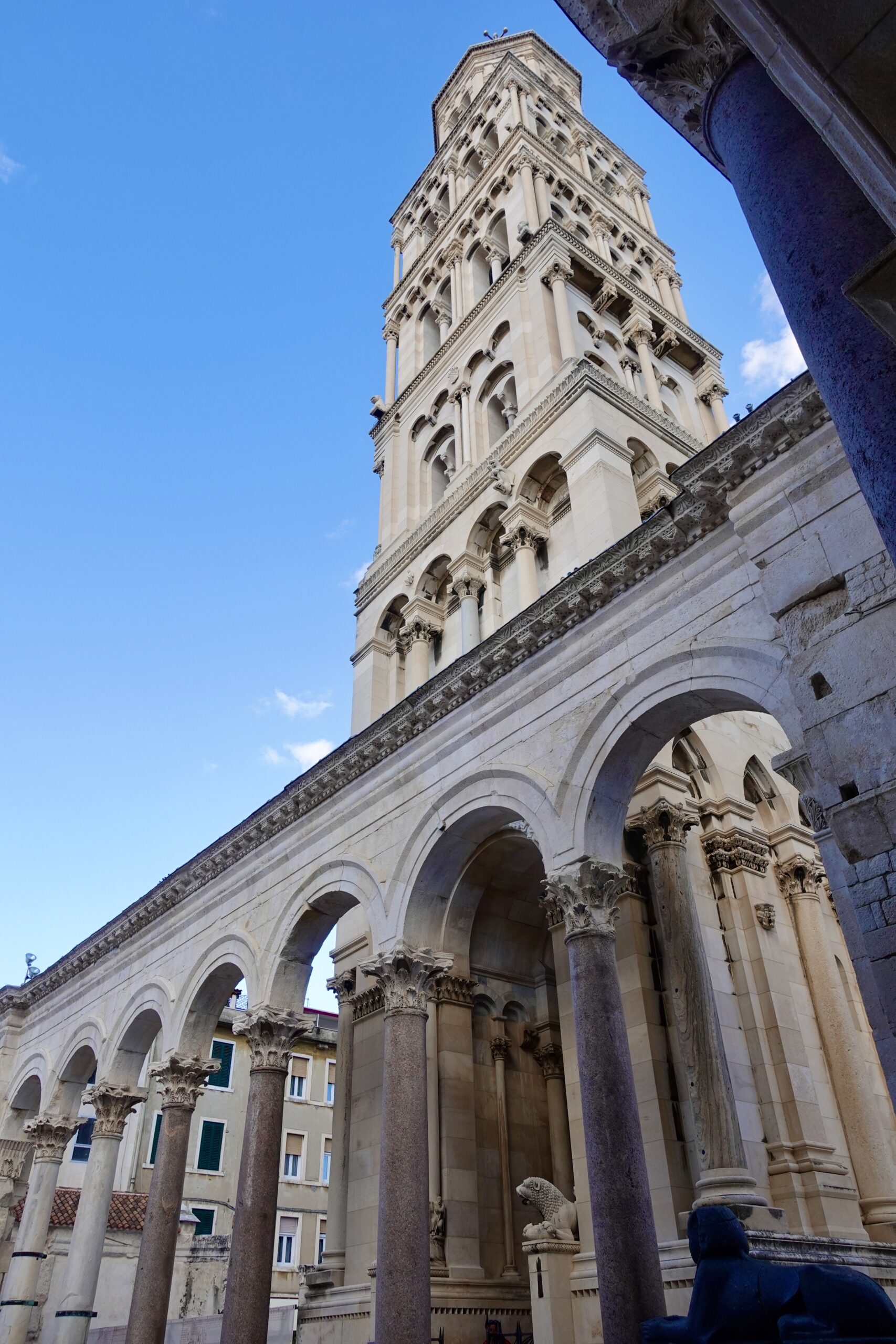


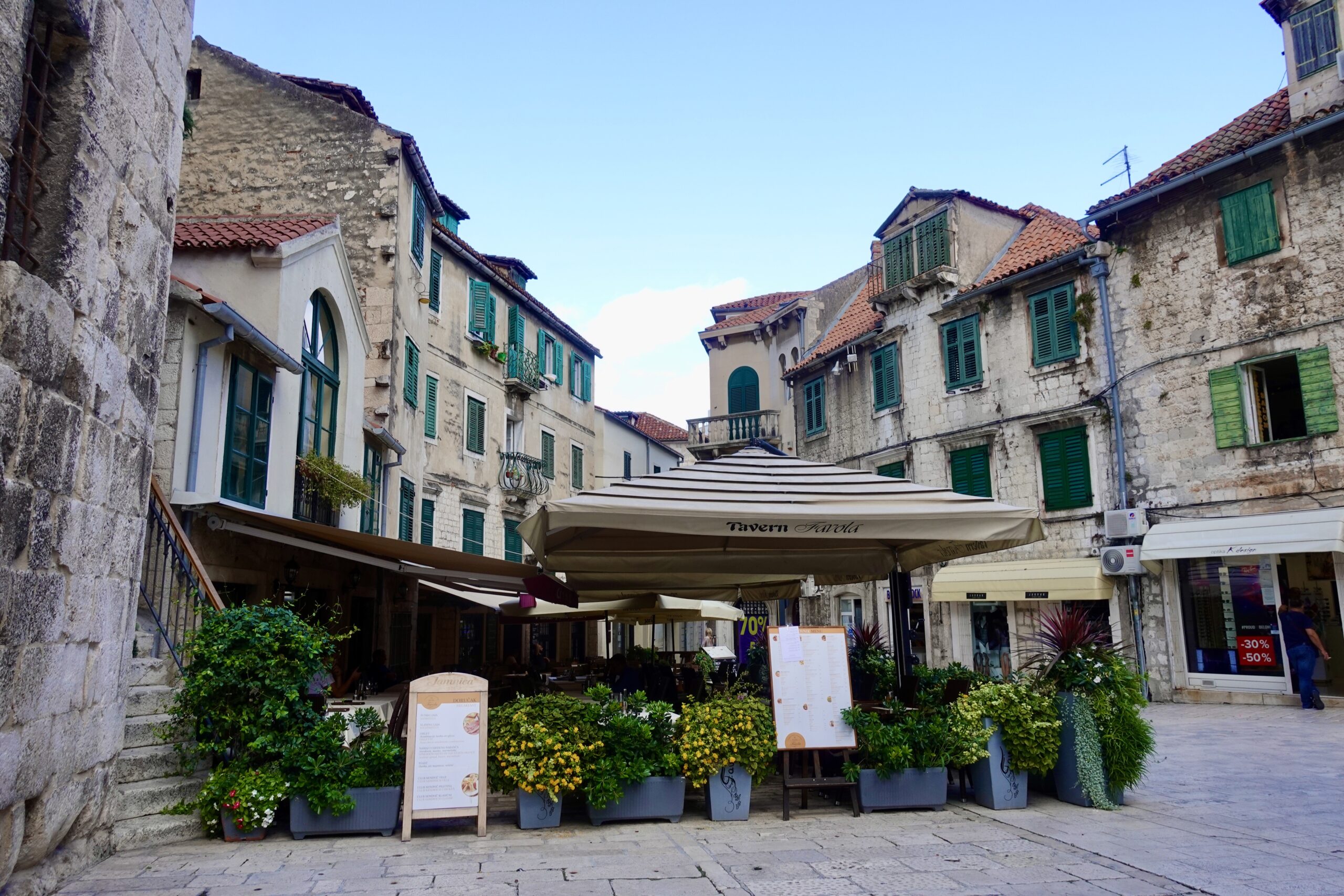
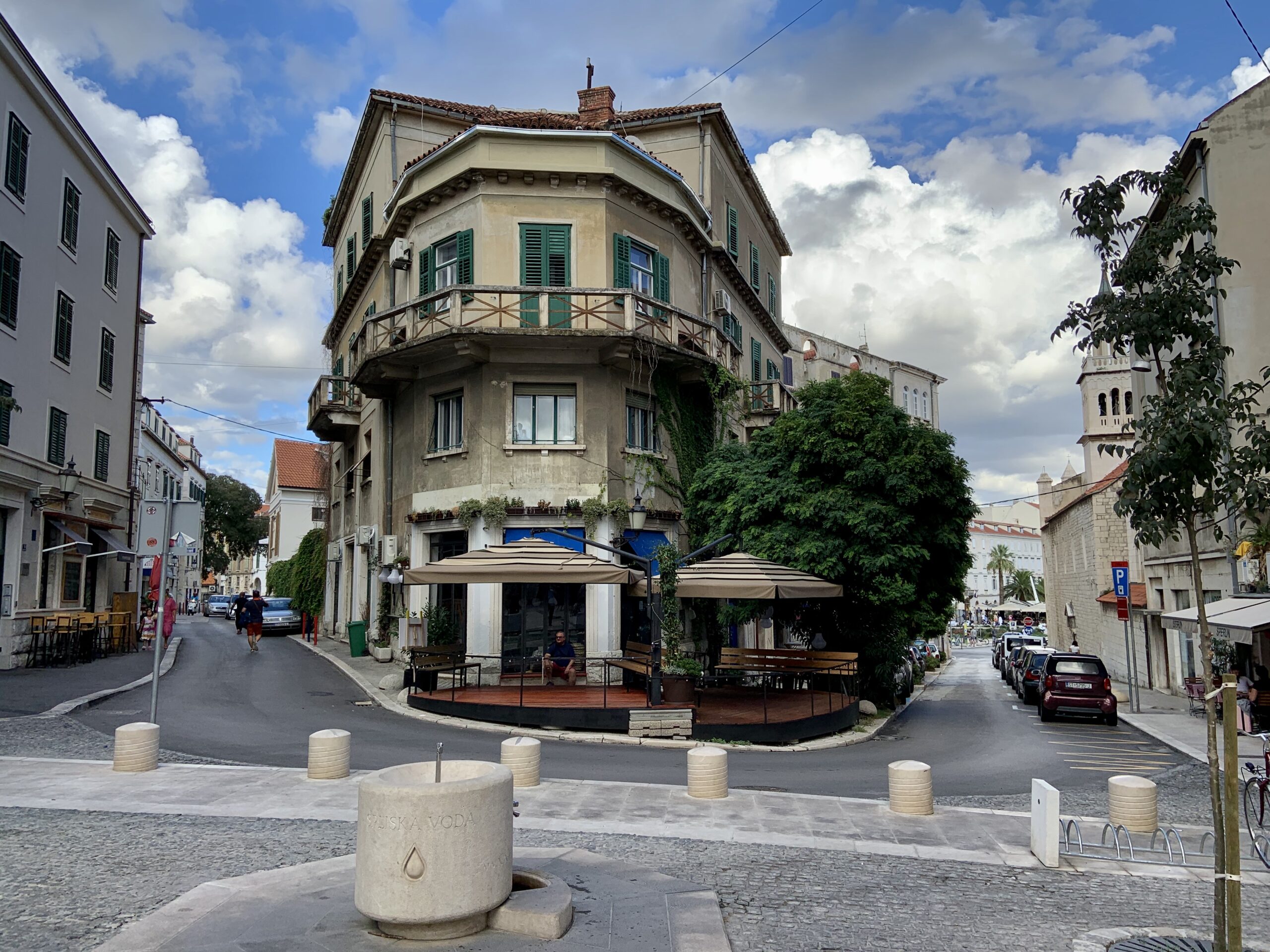
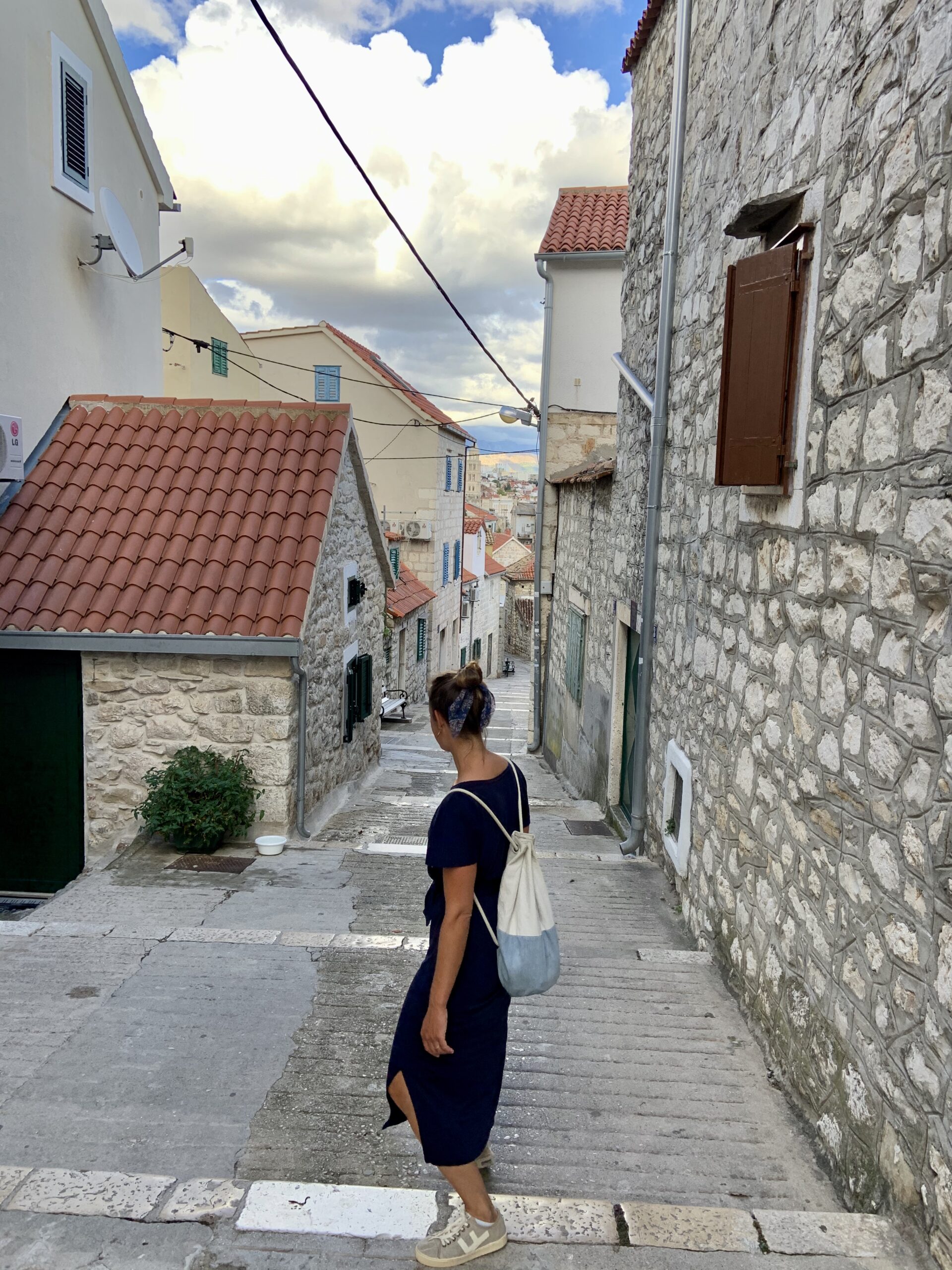

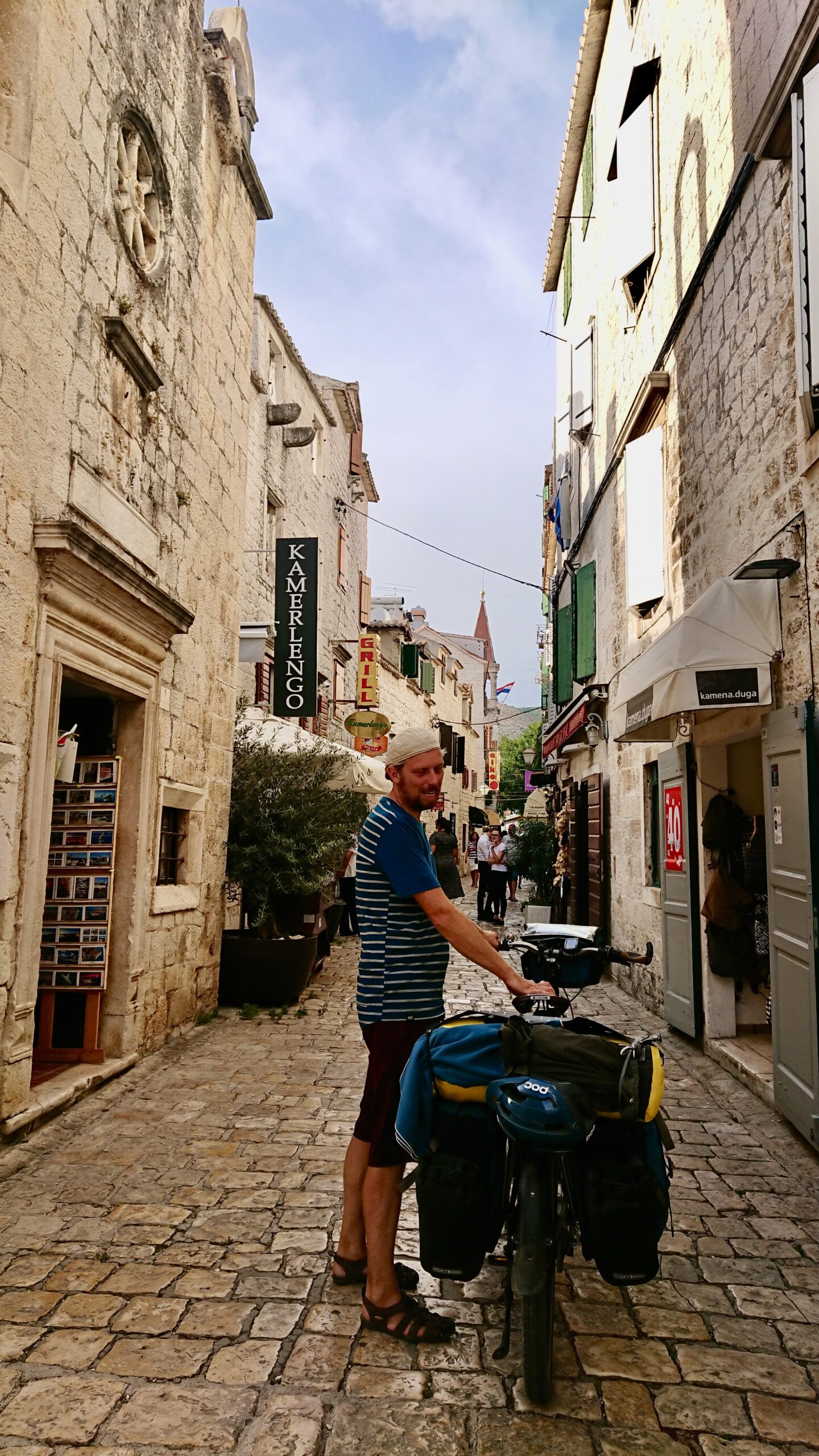

Leave a Reply